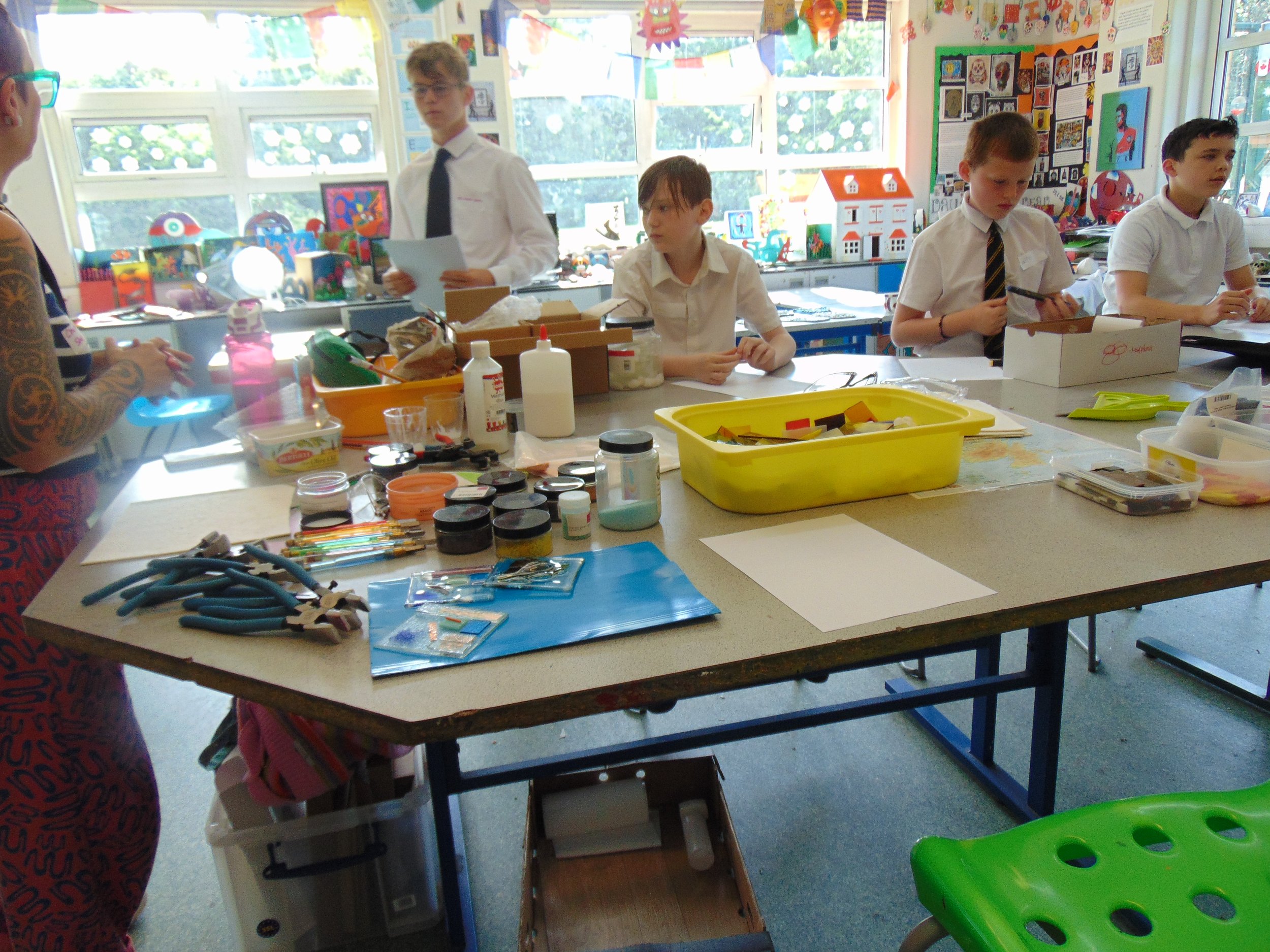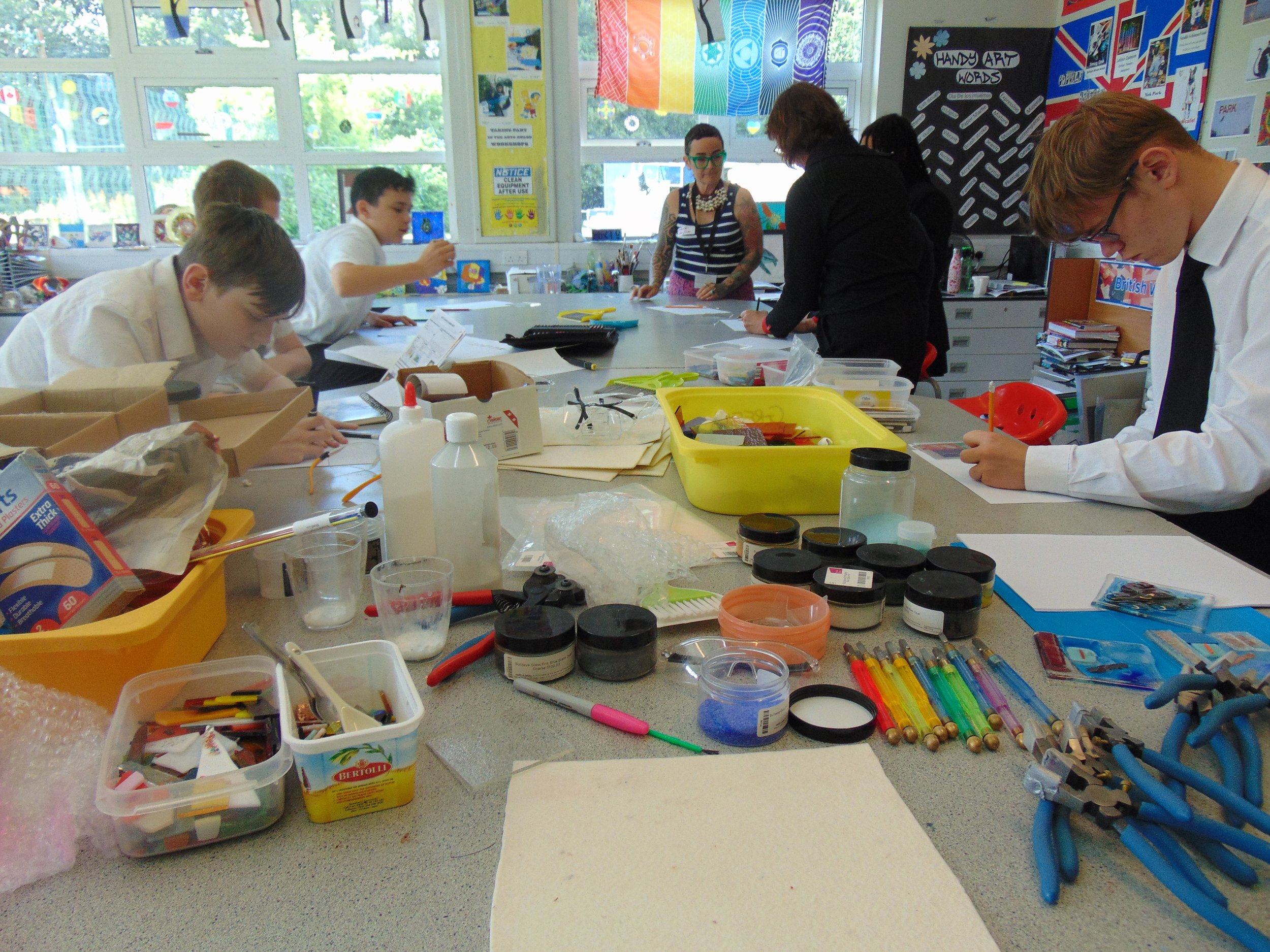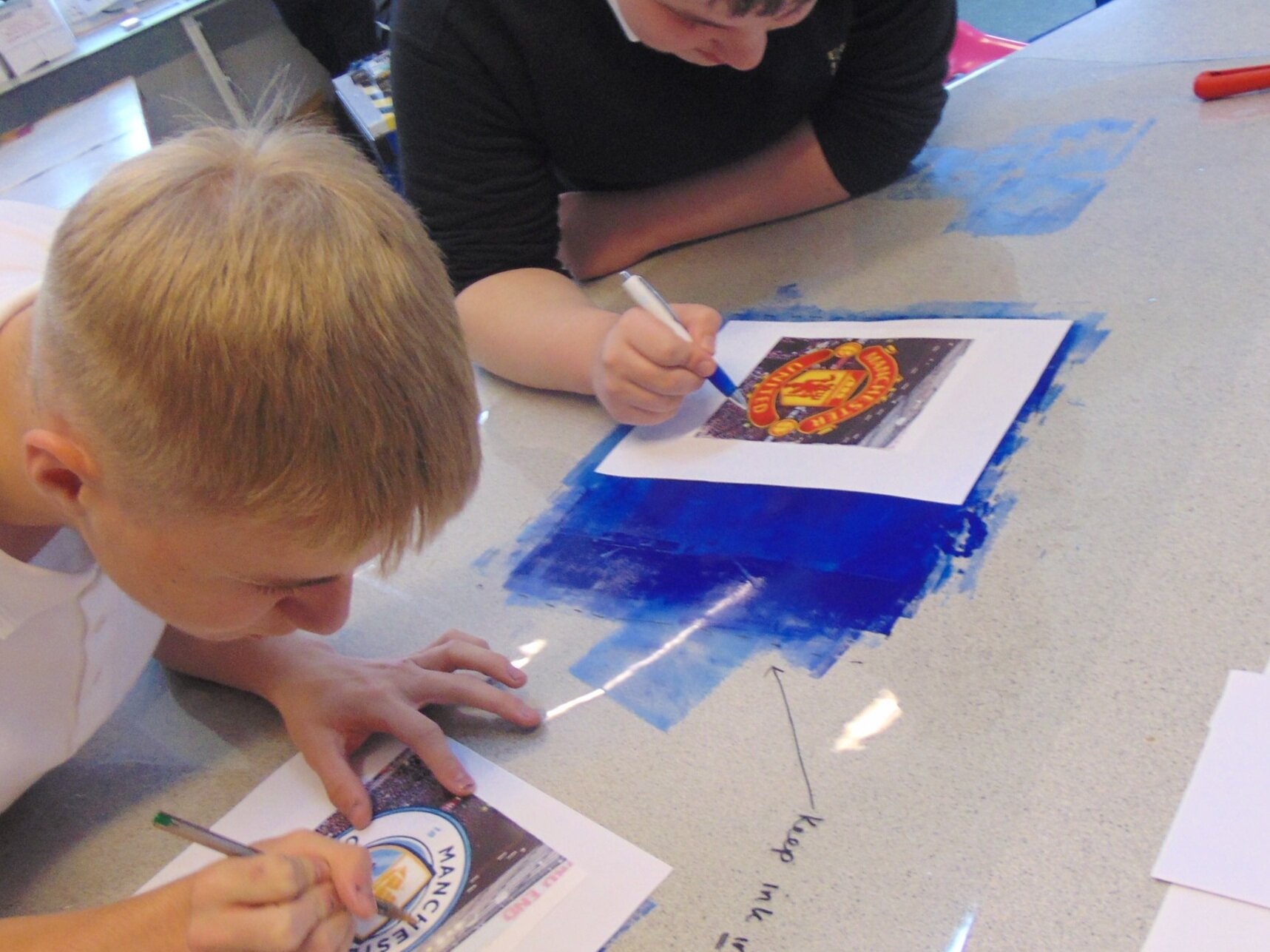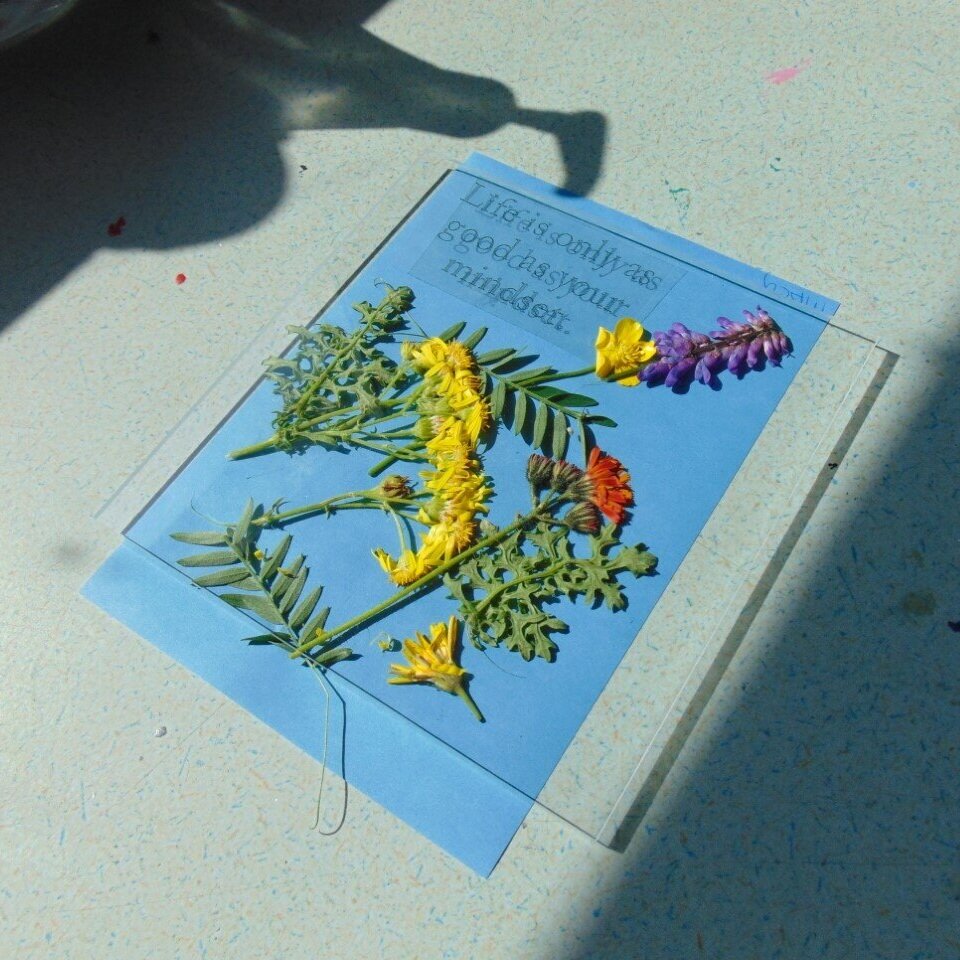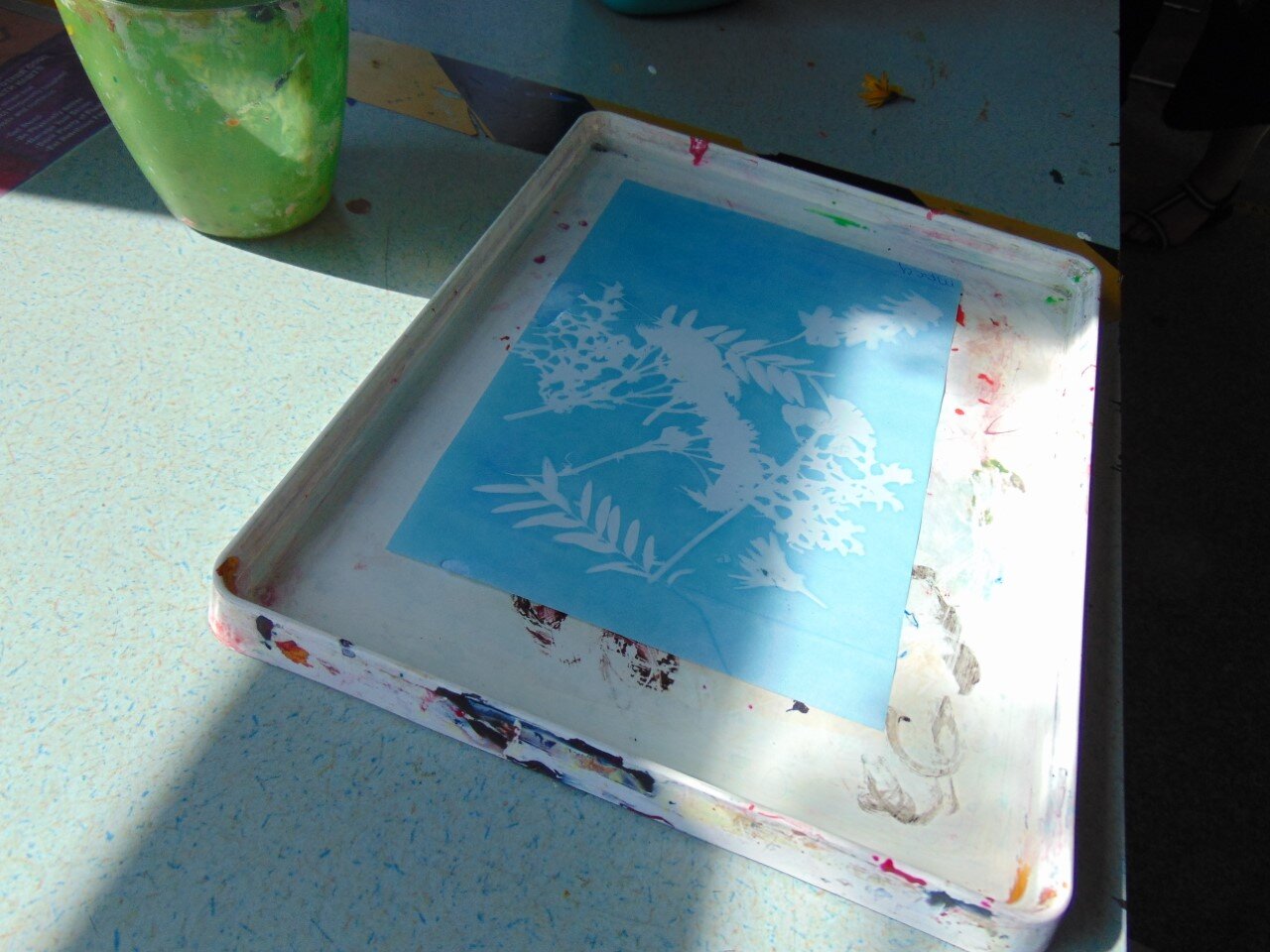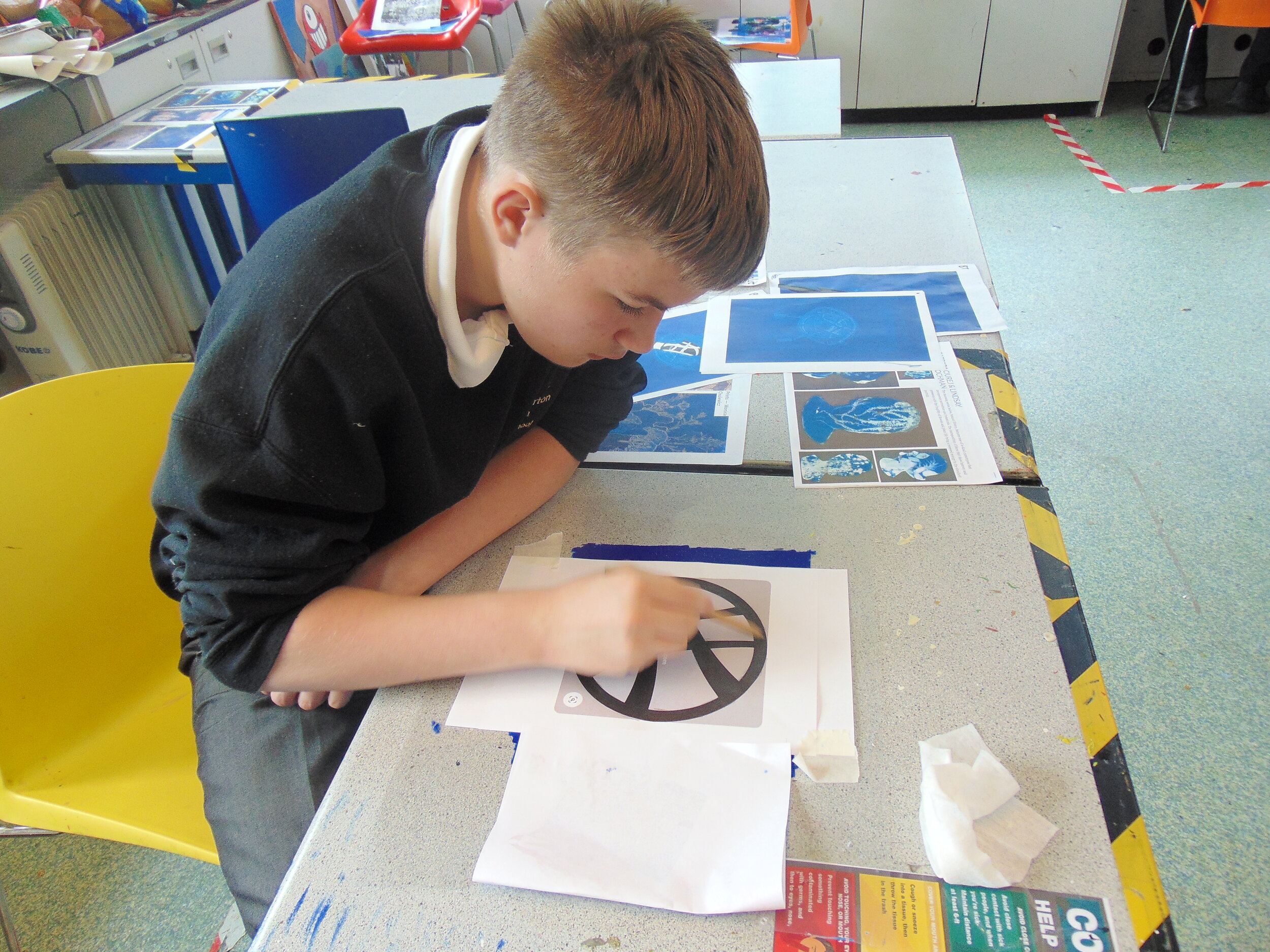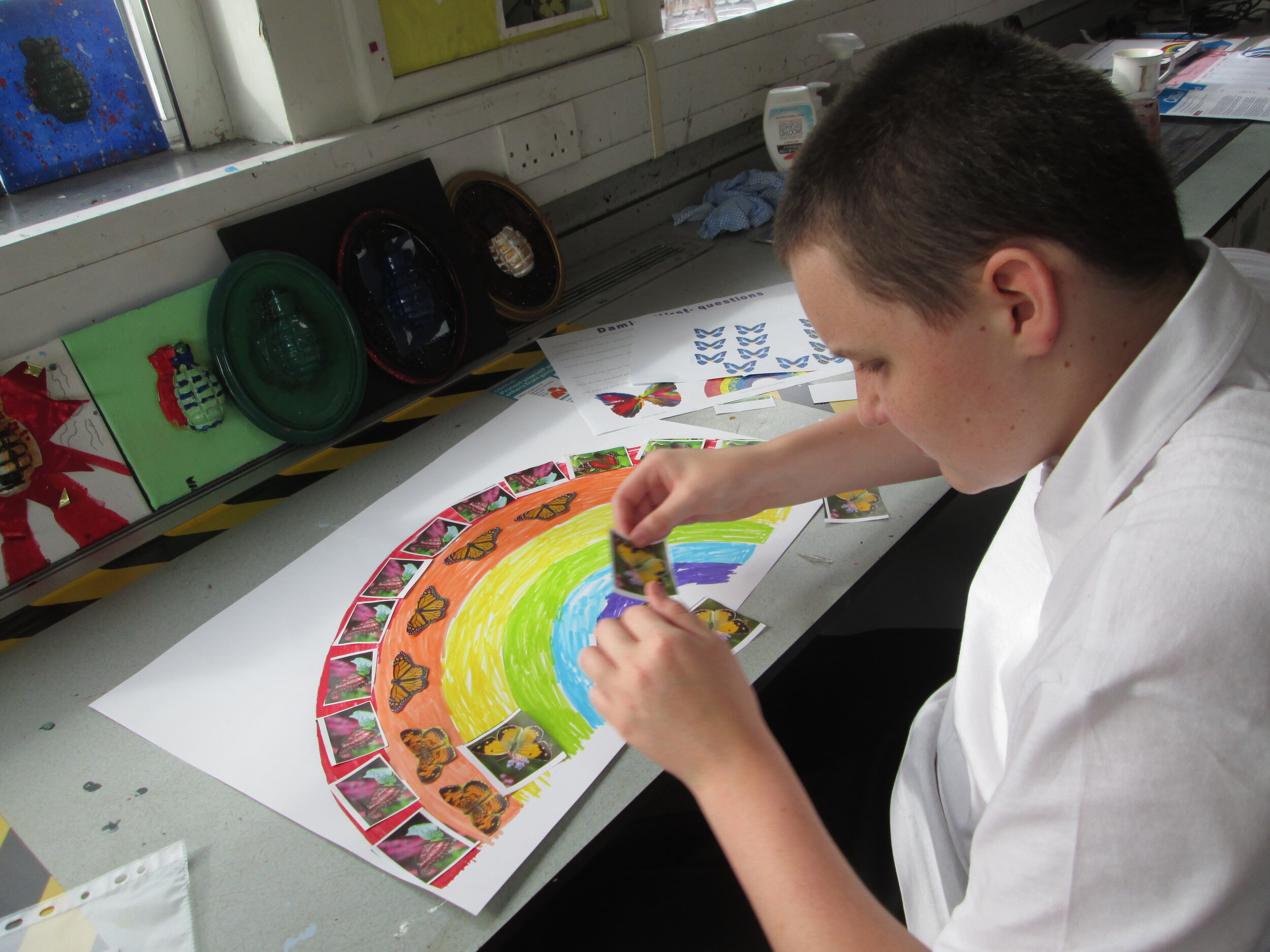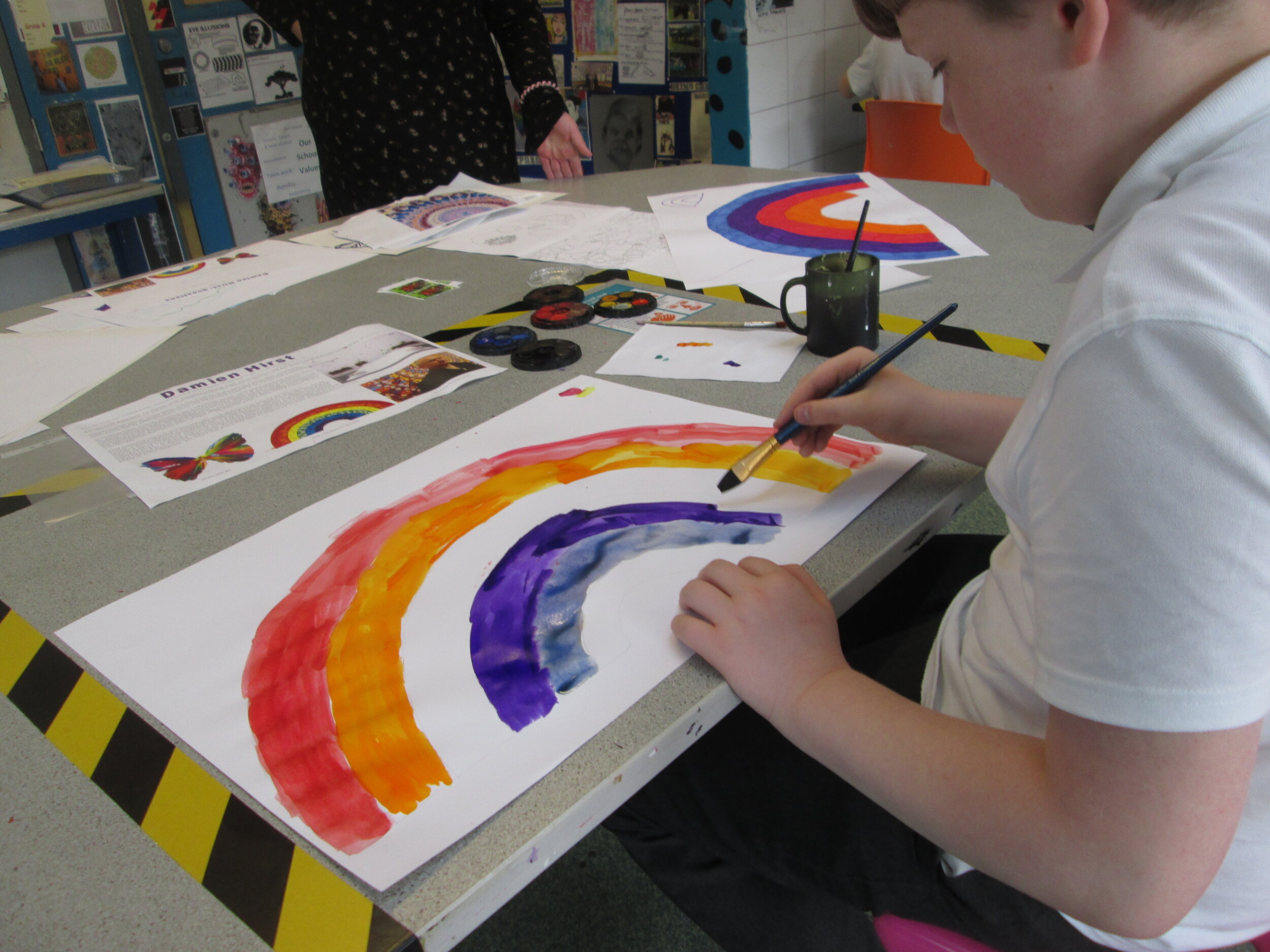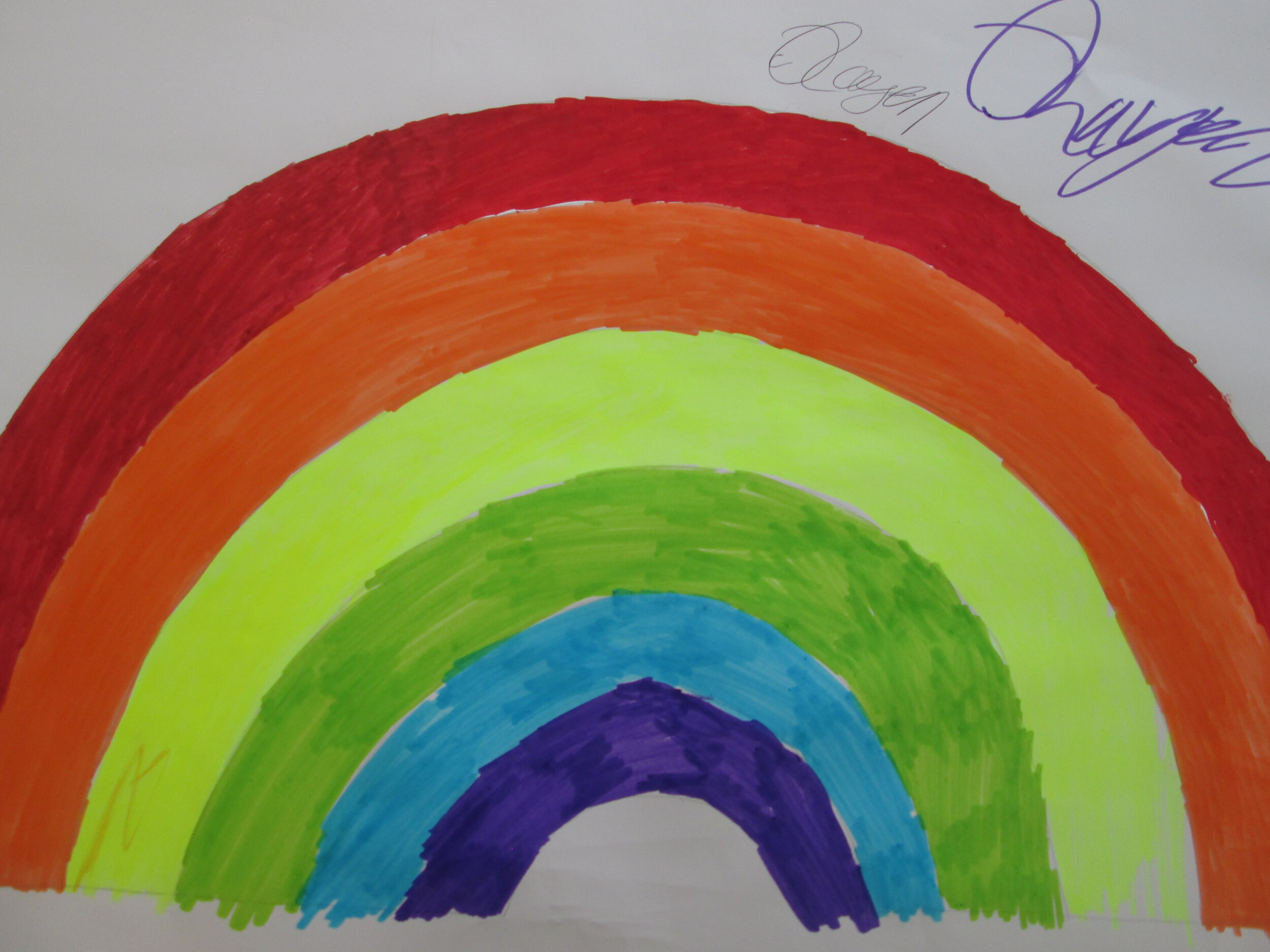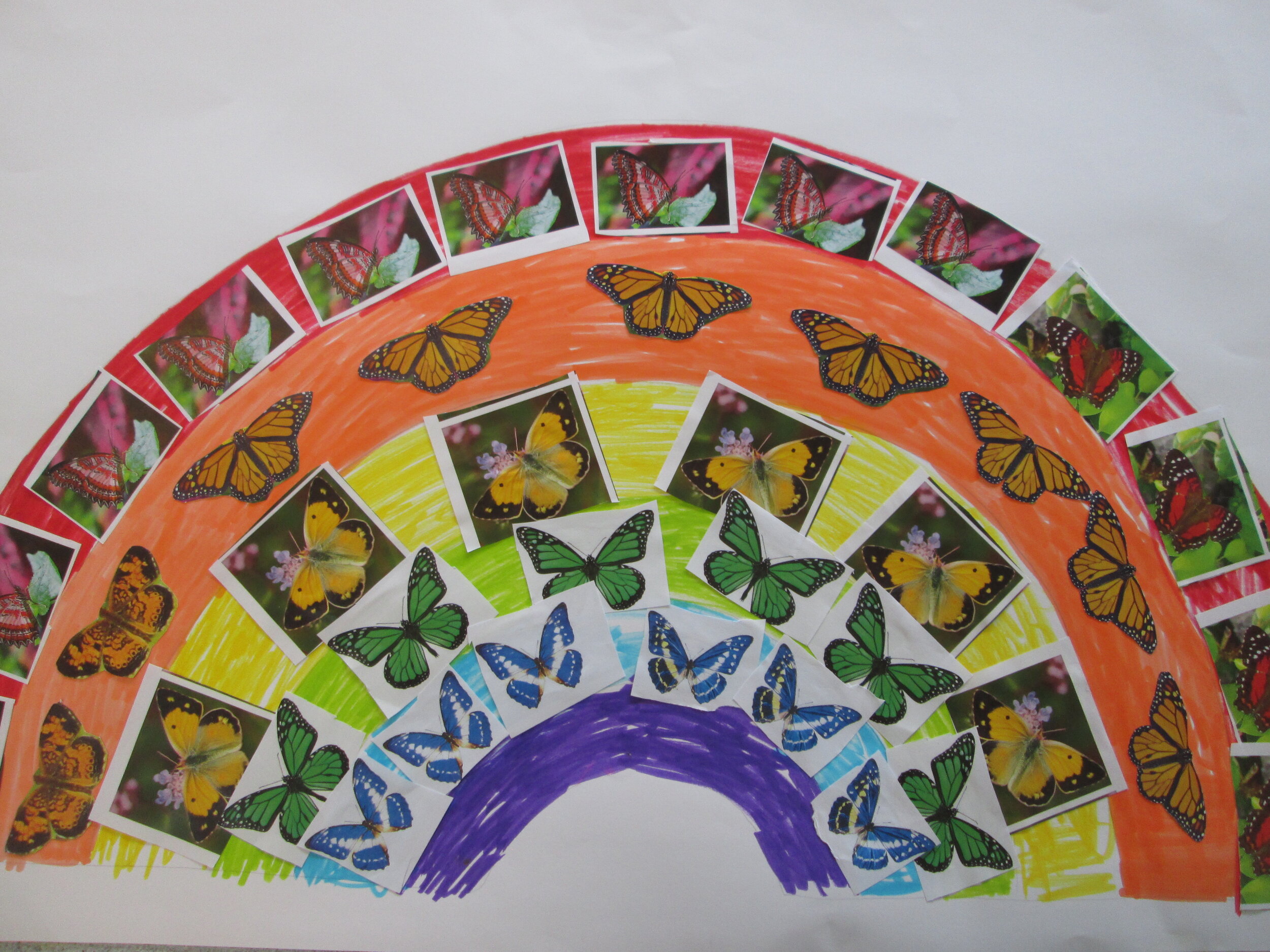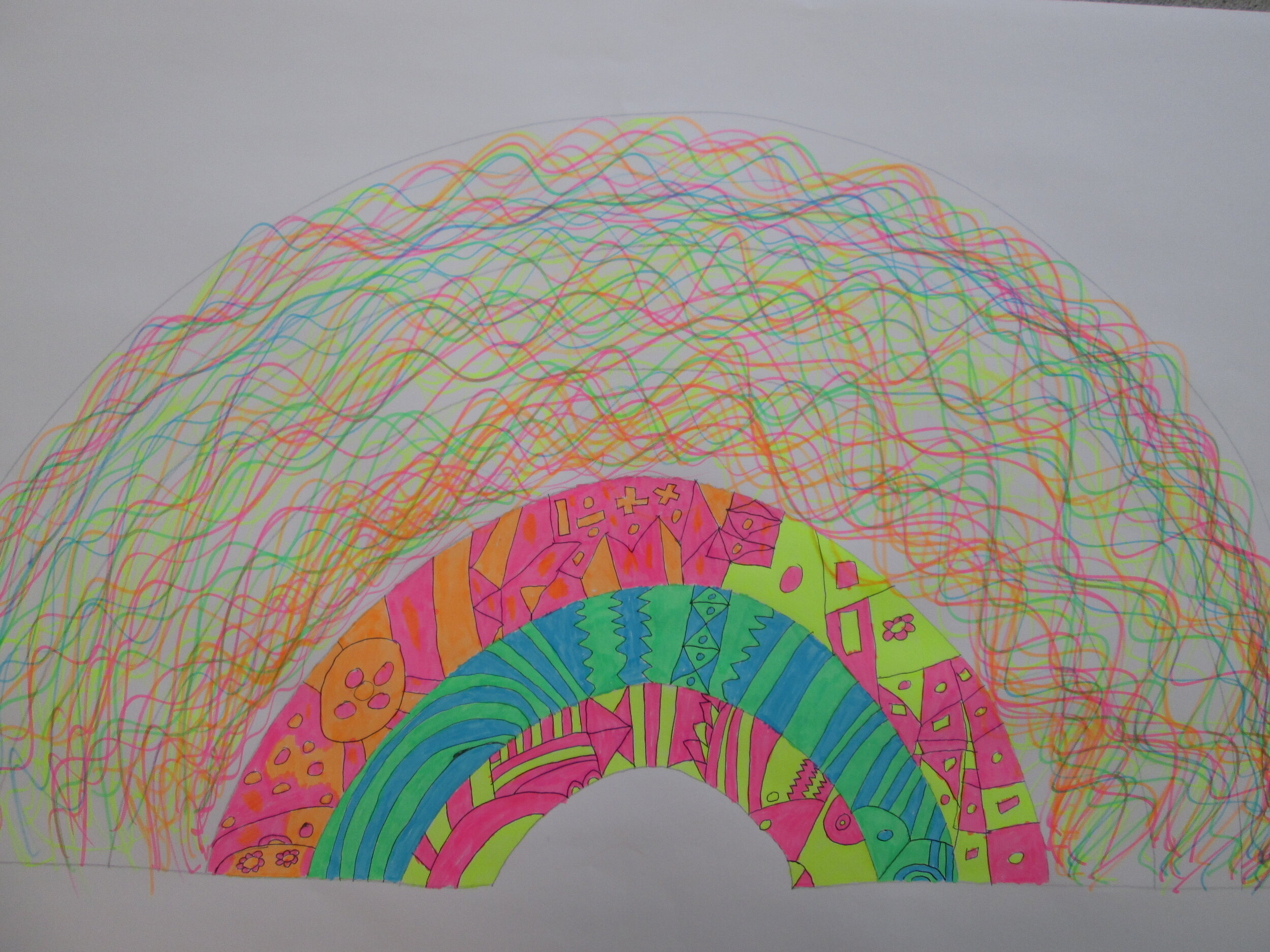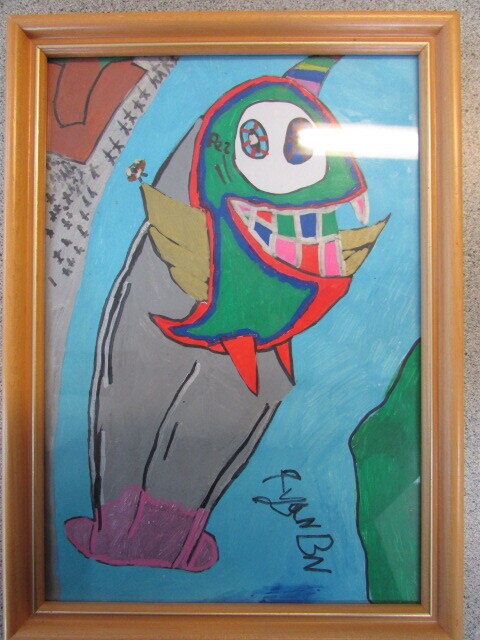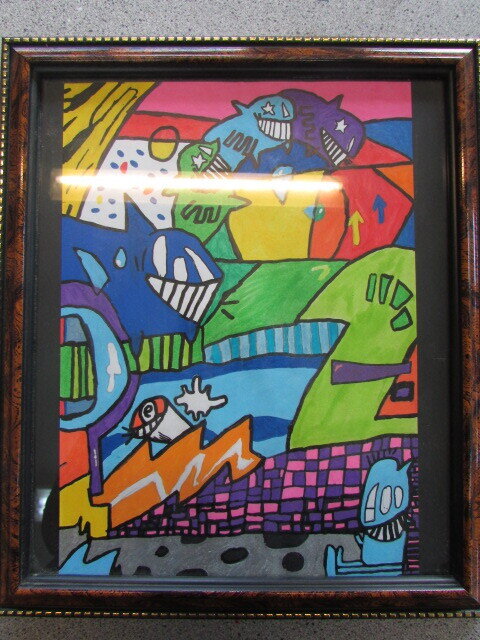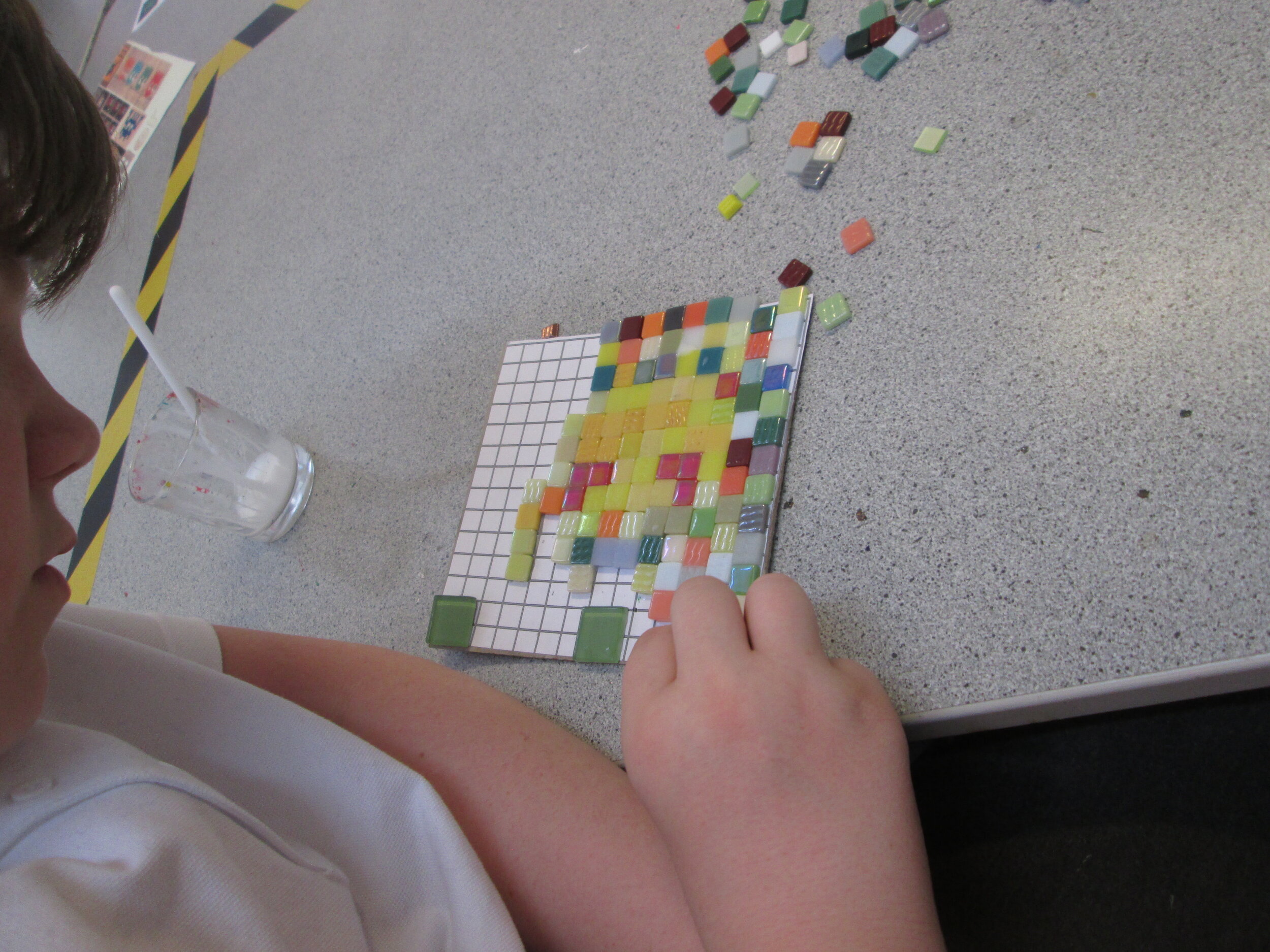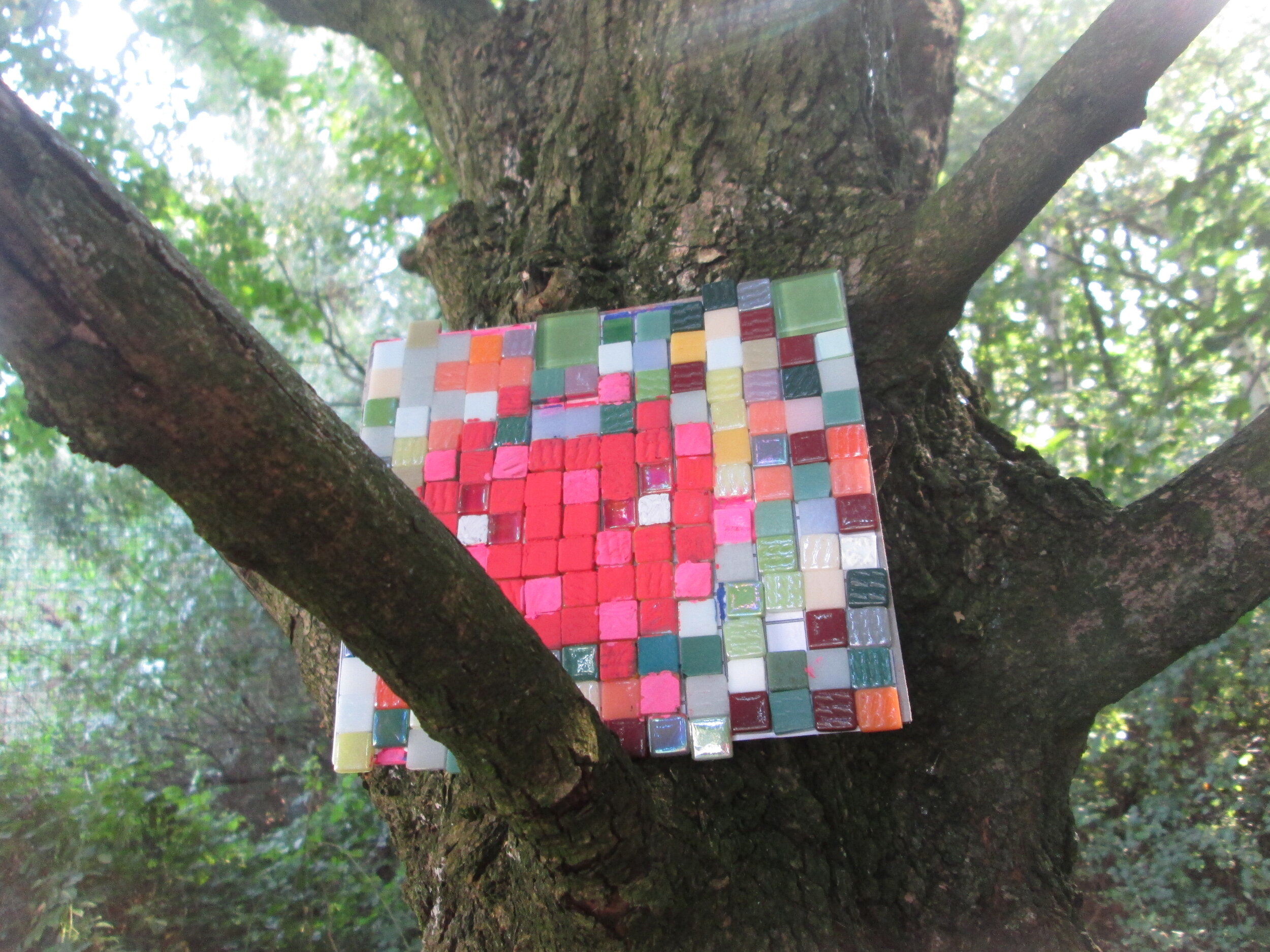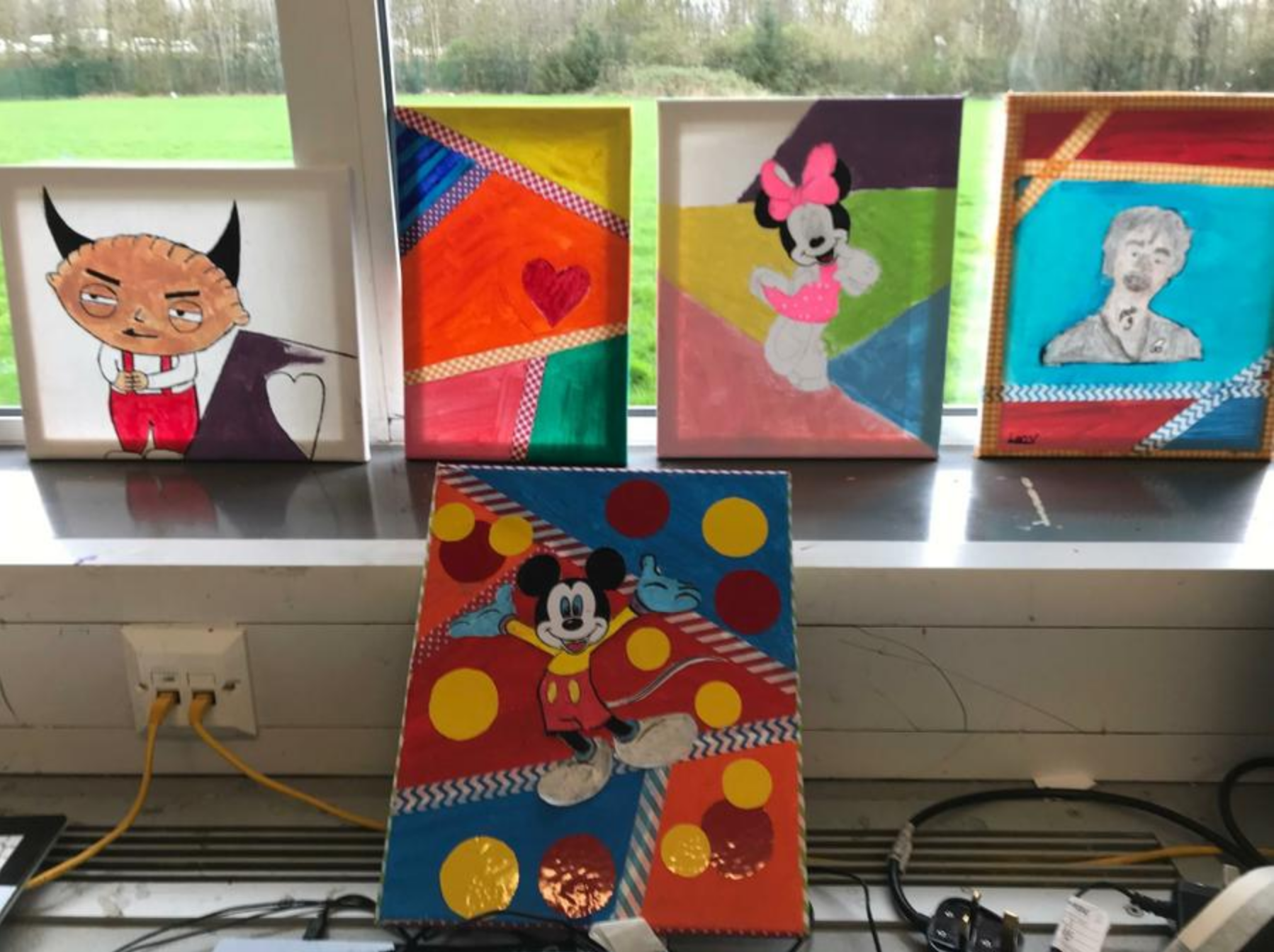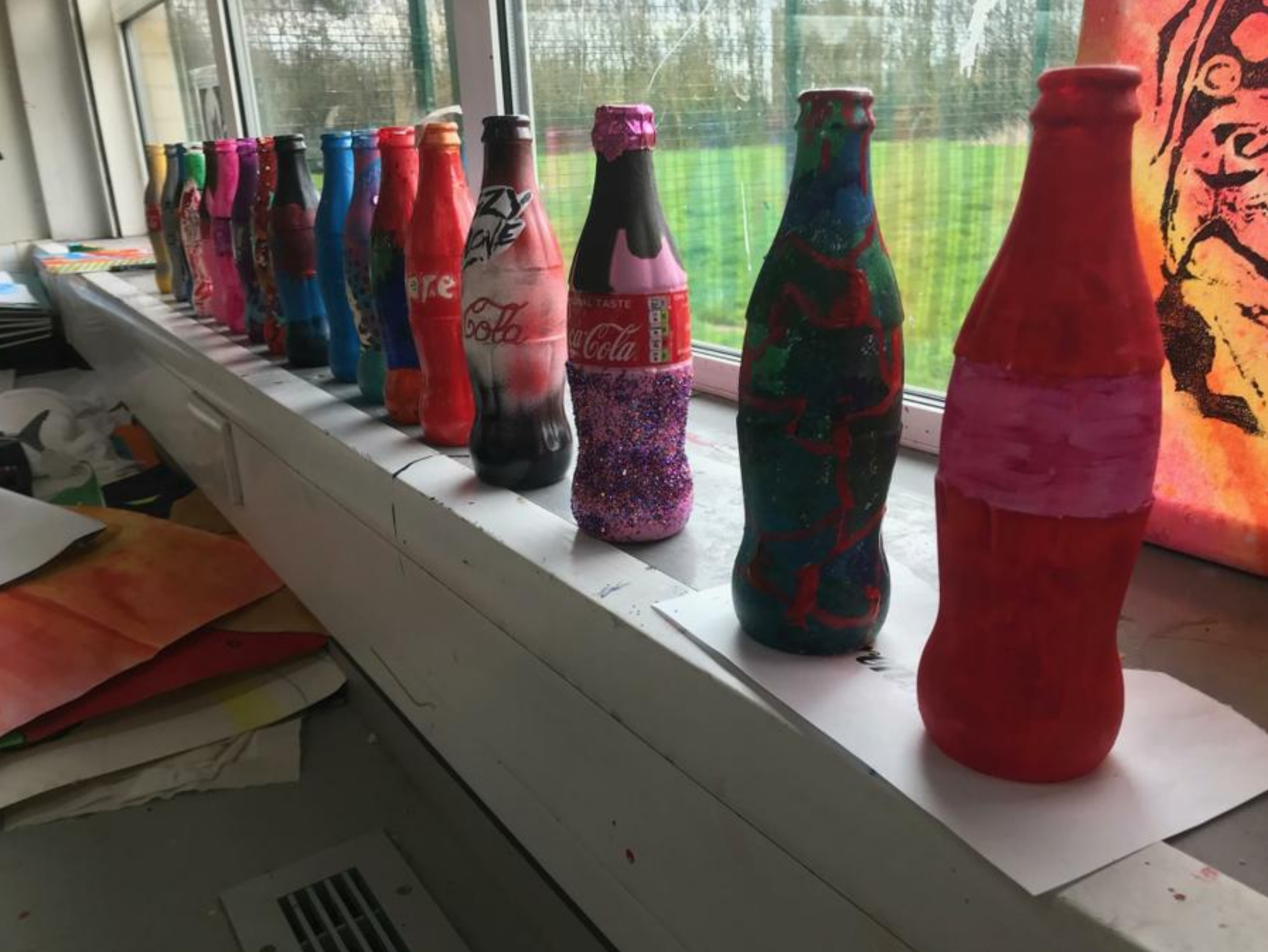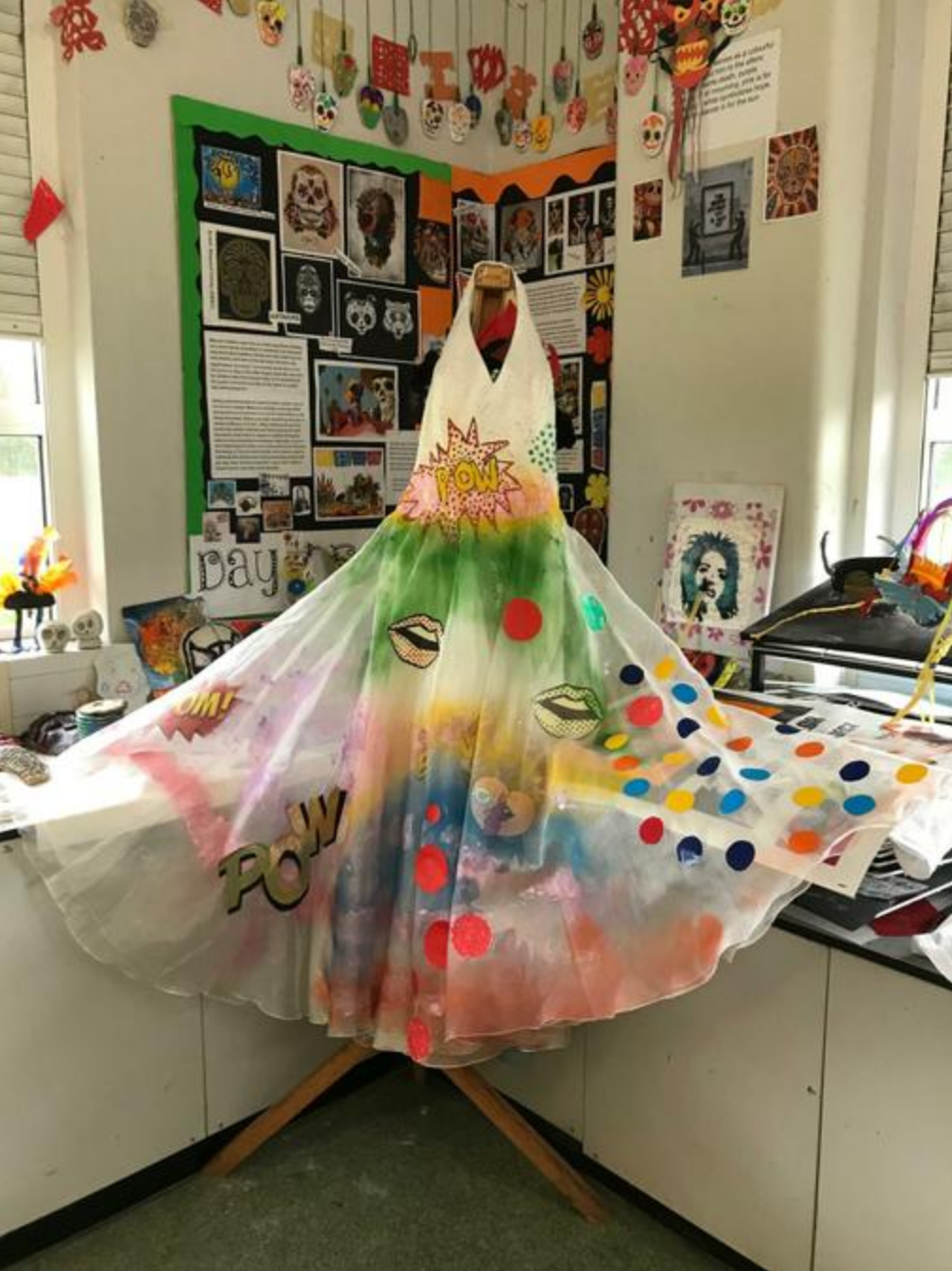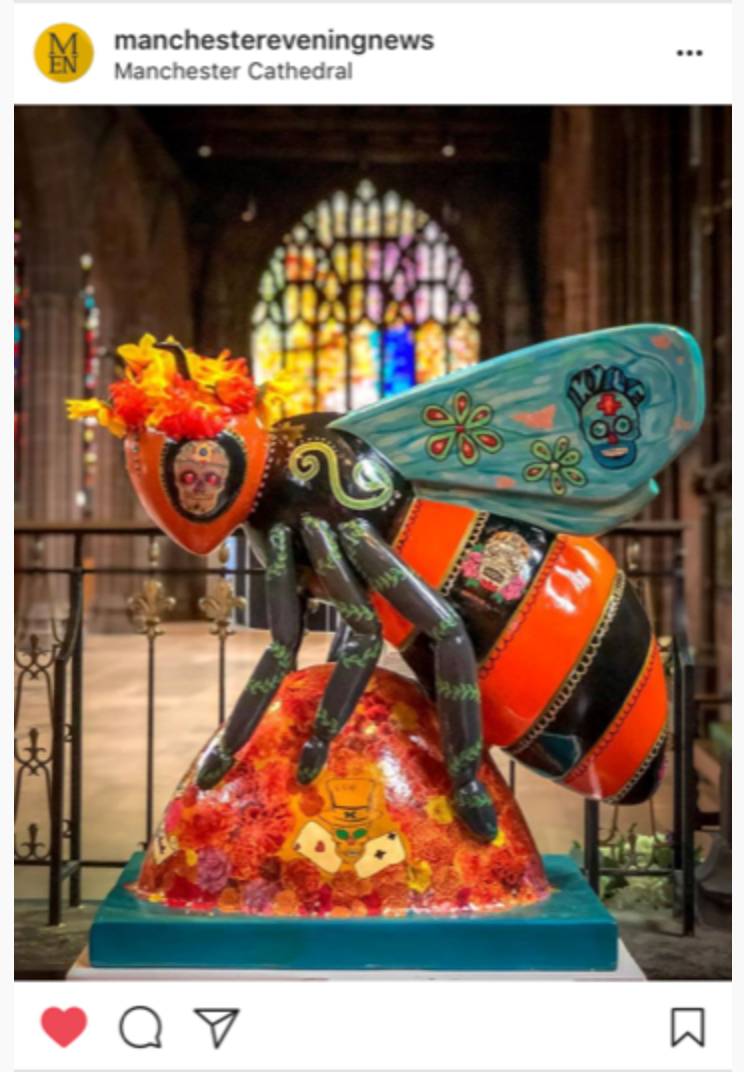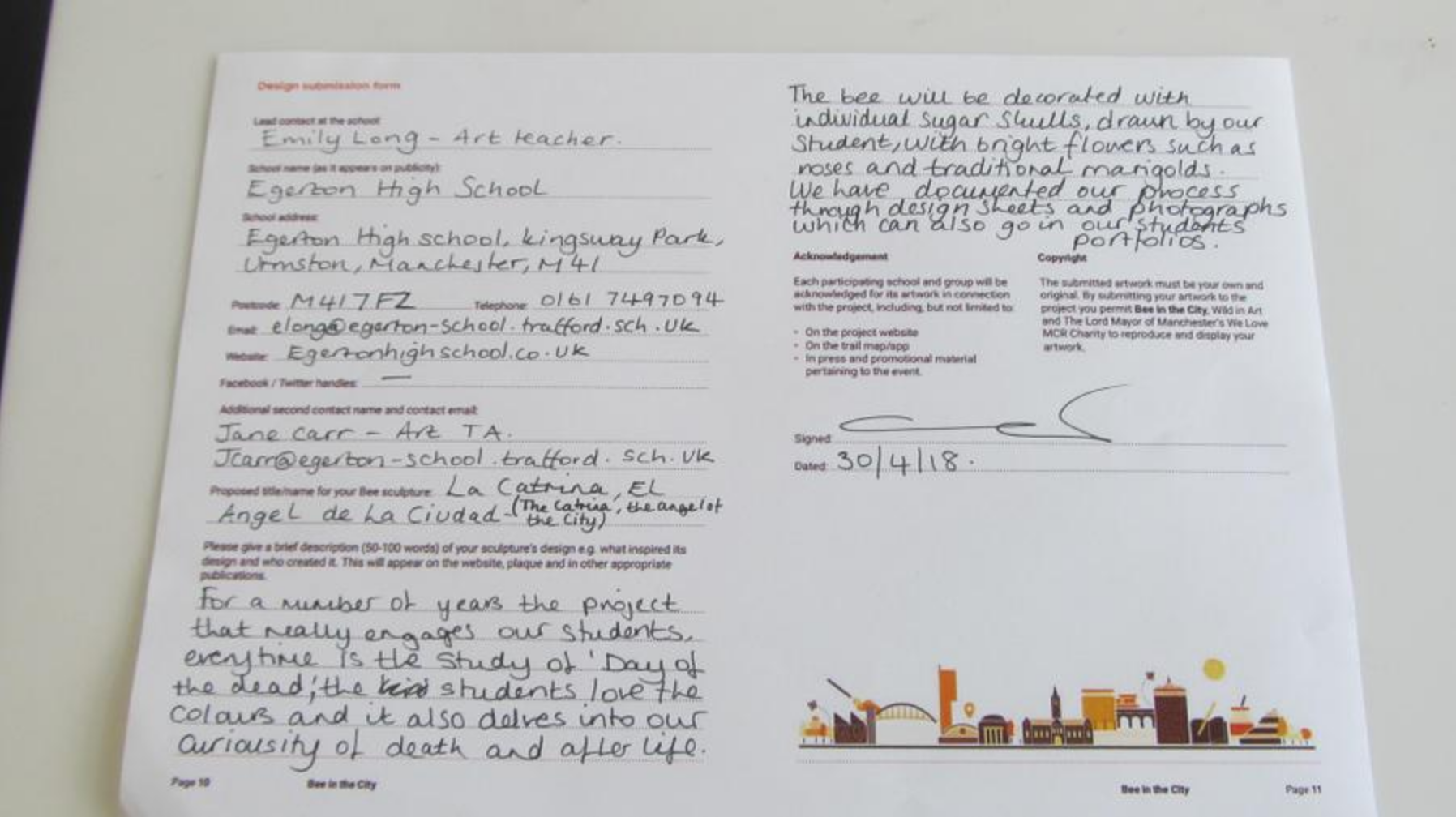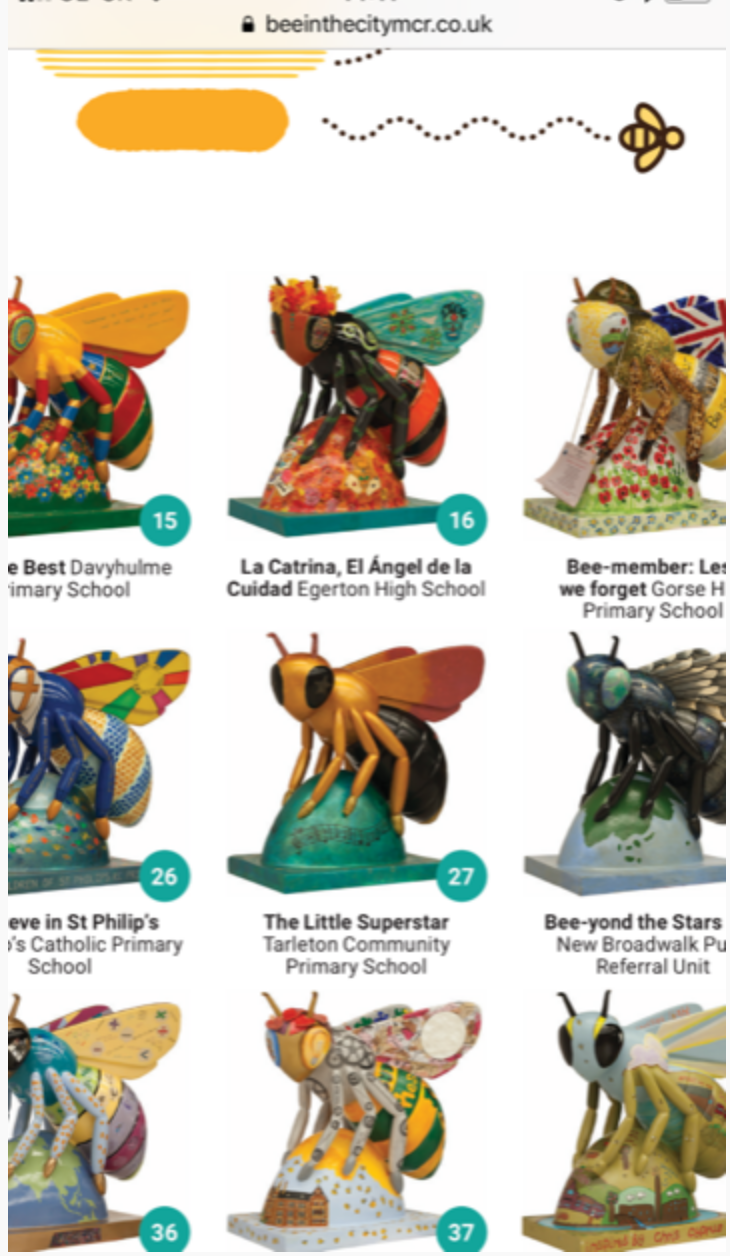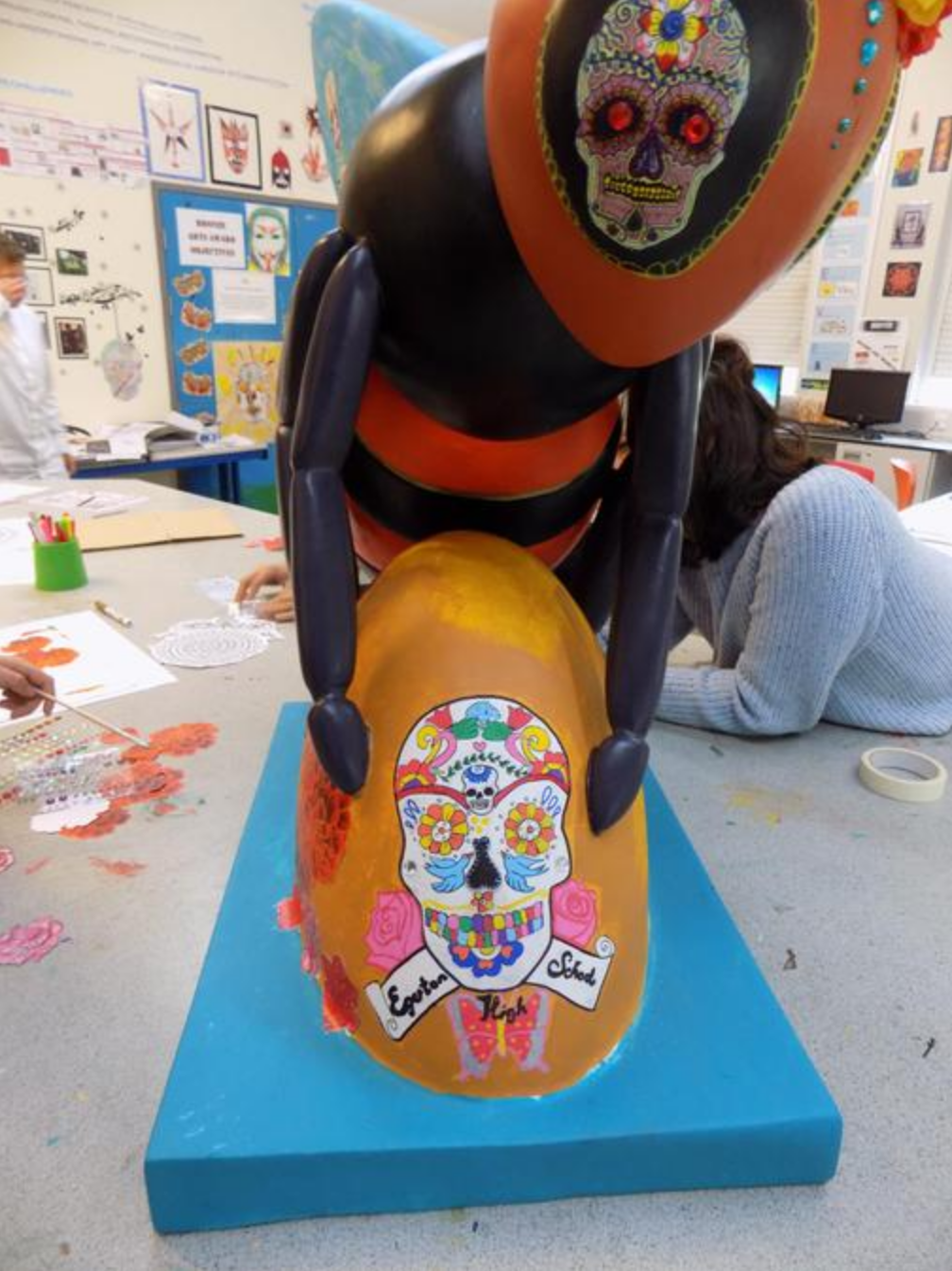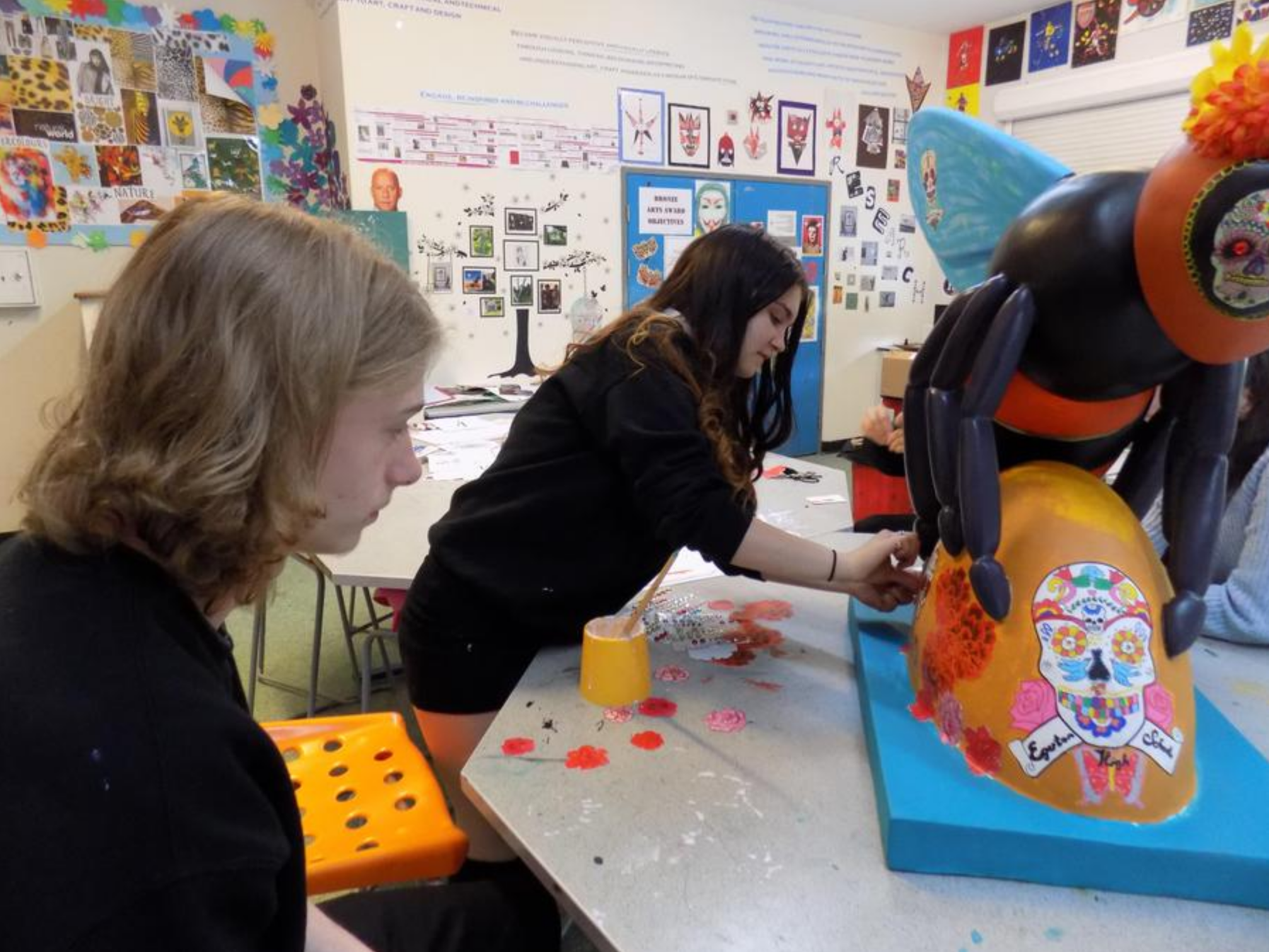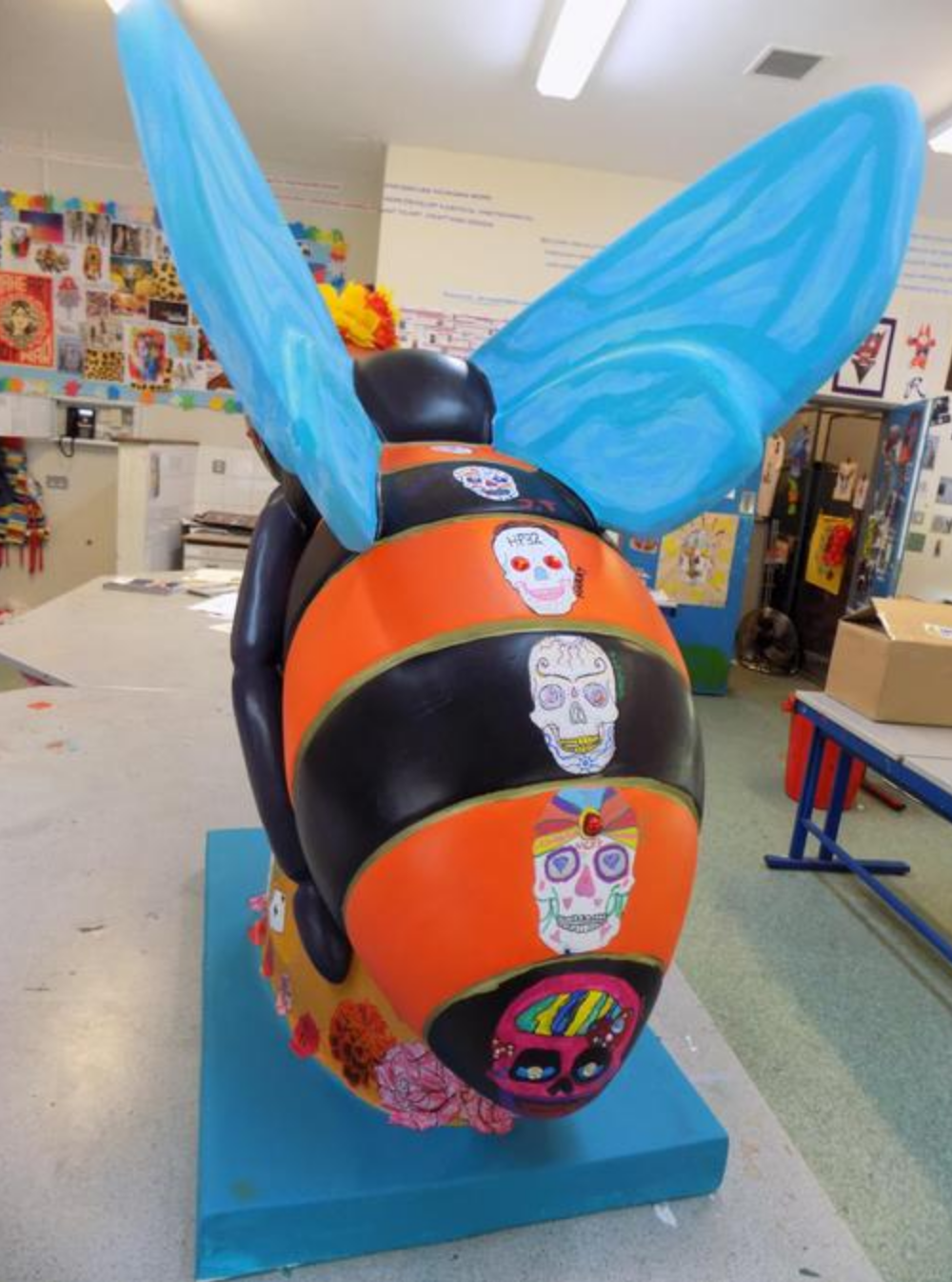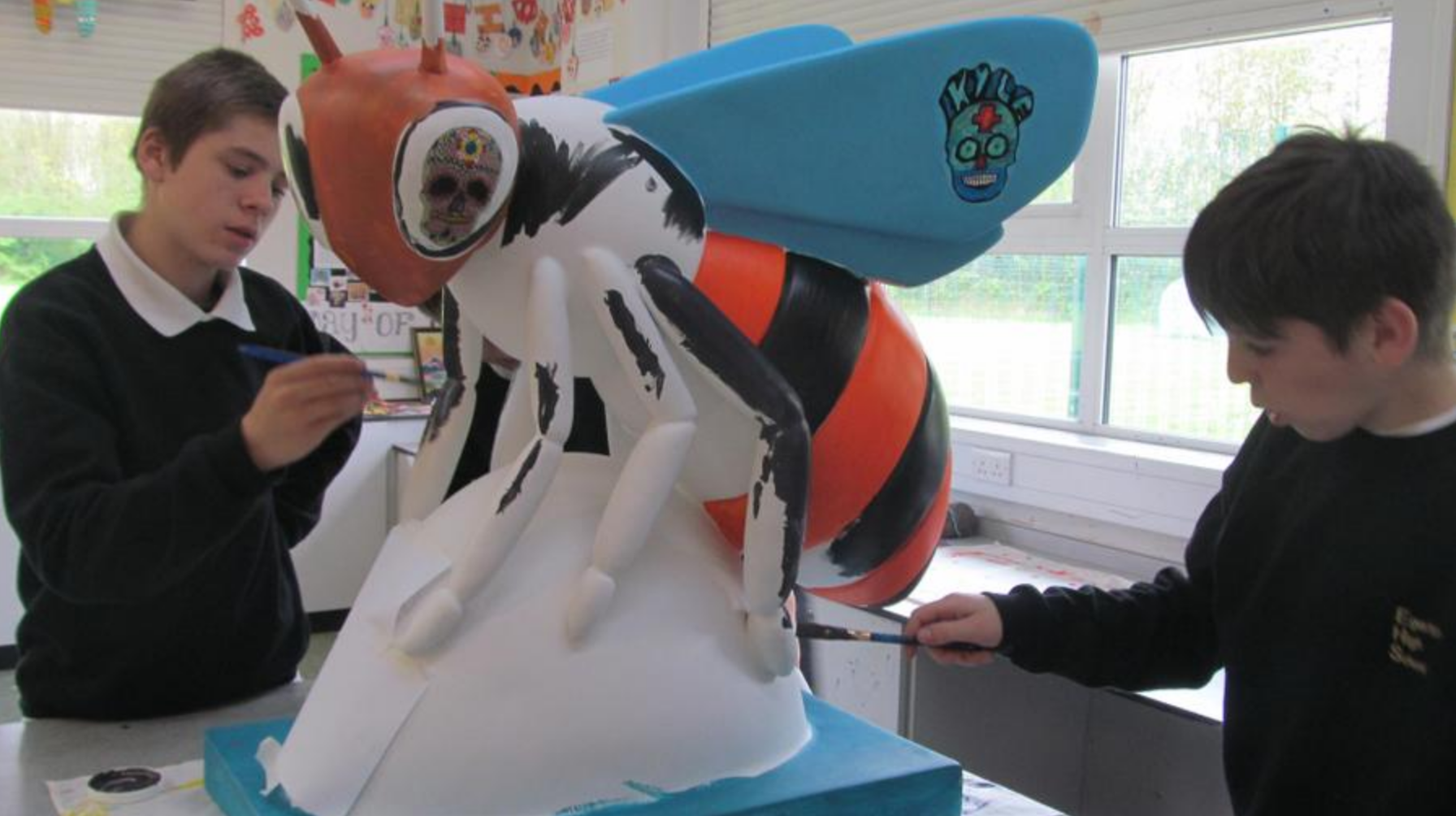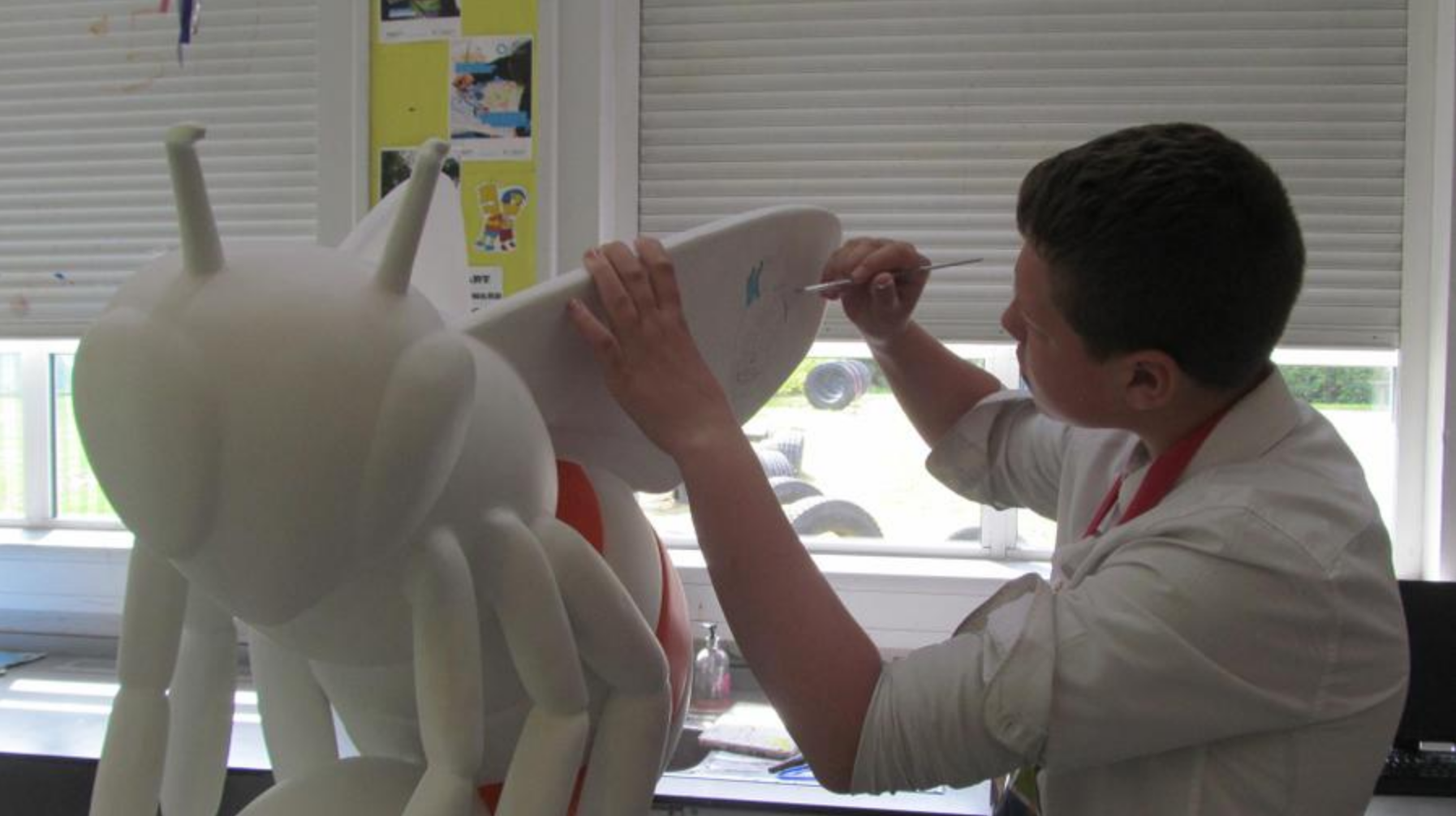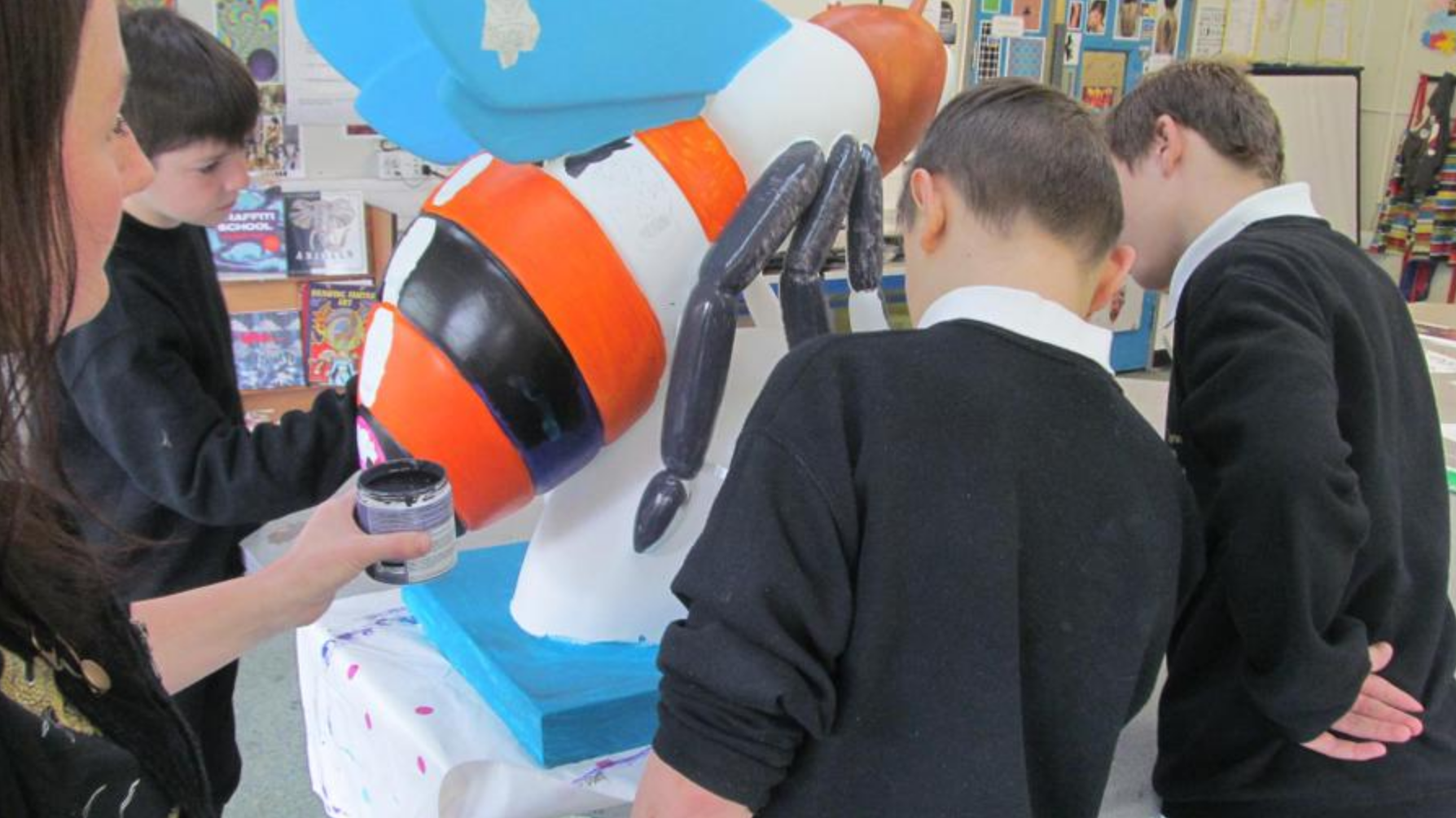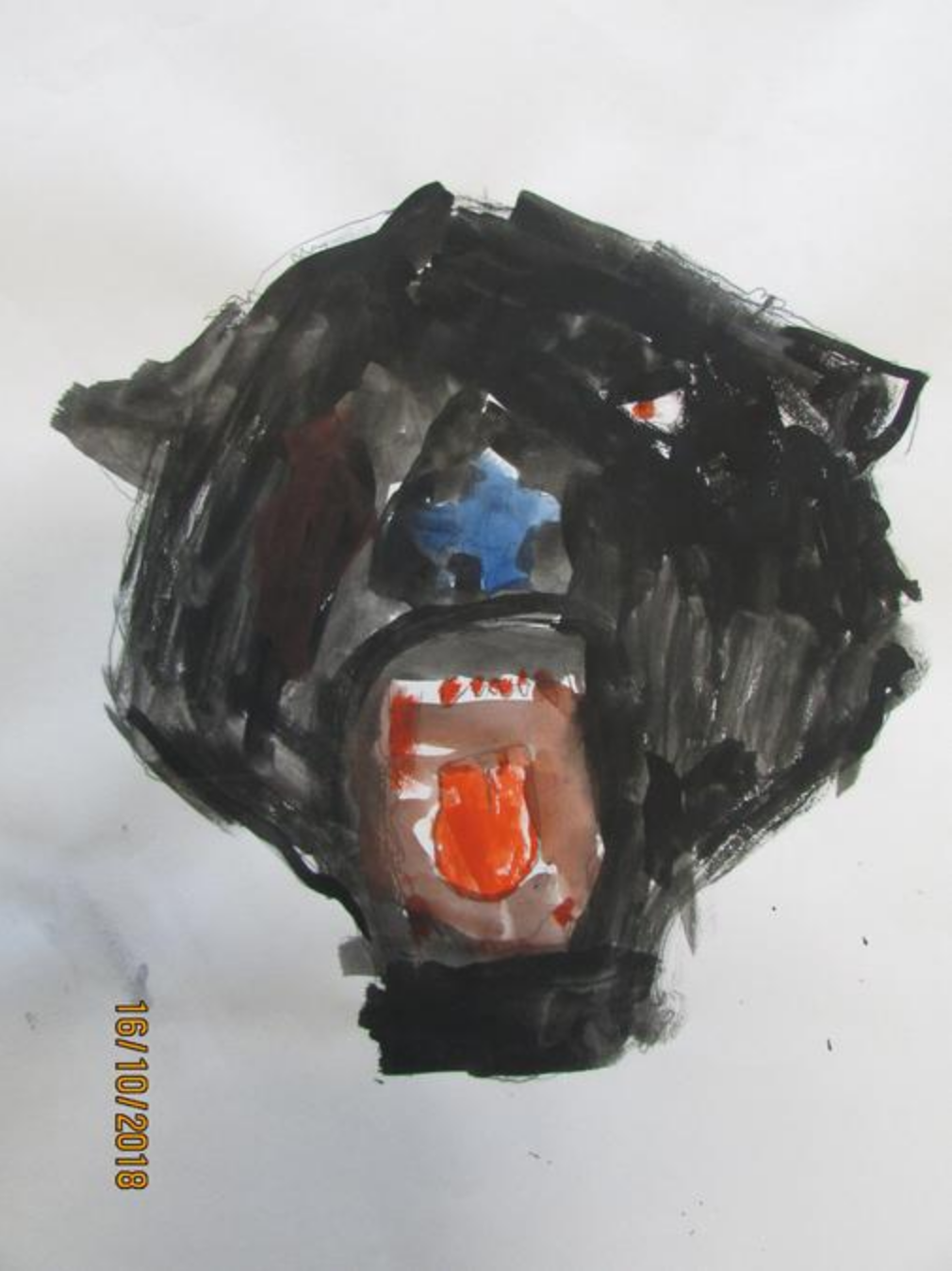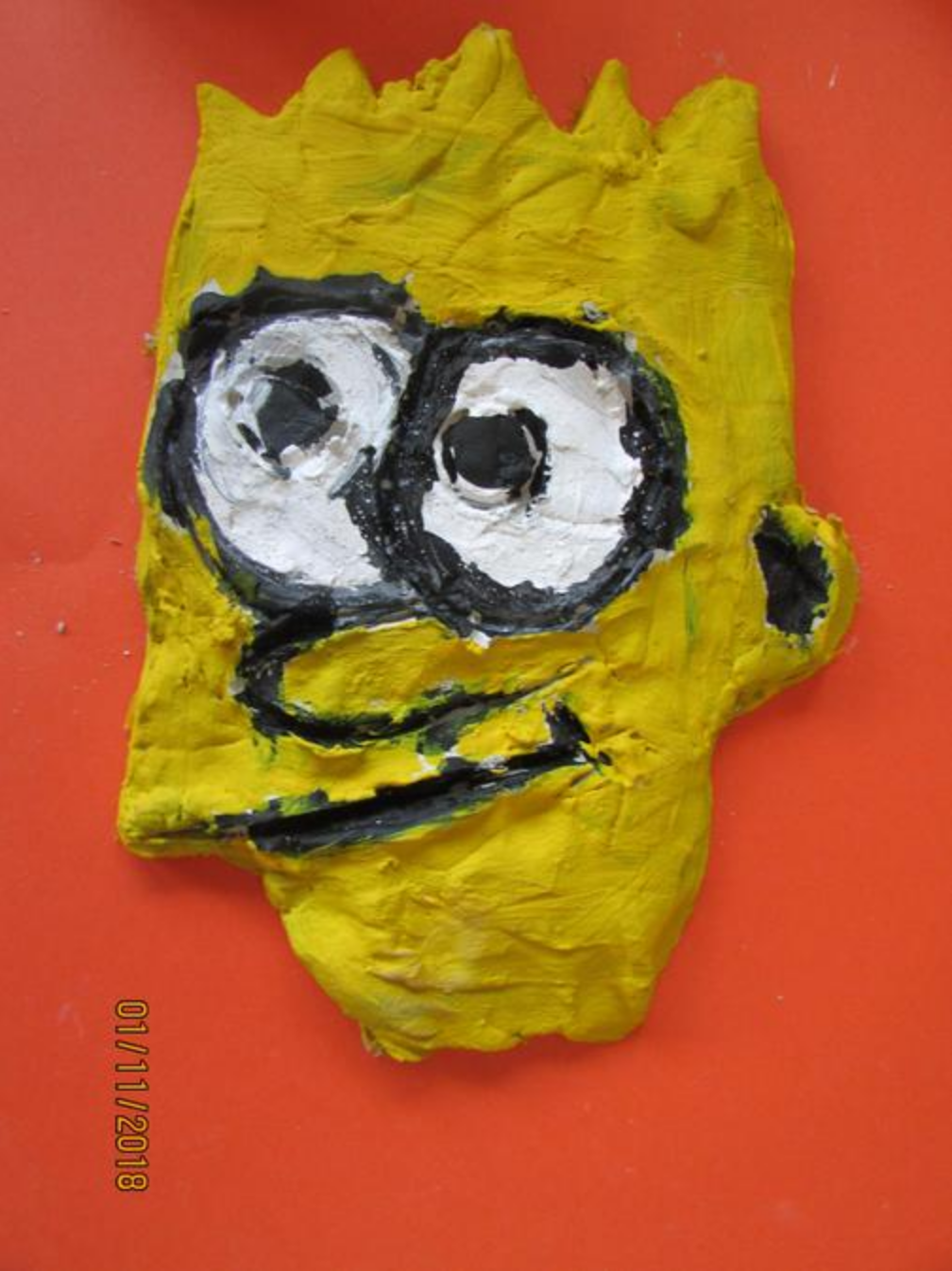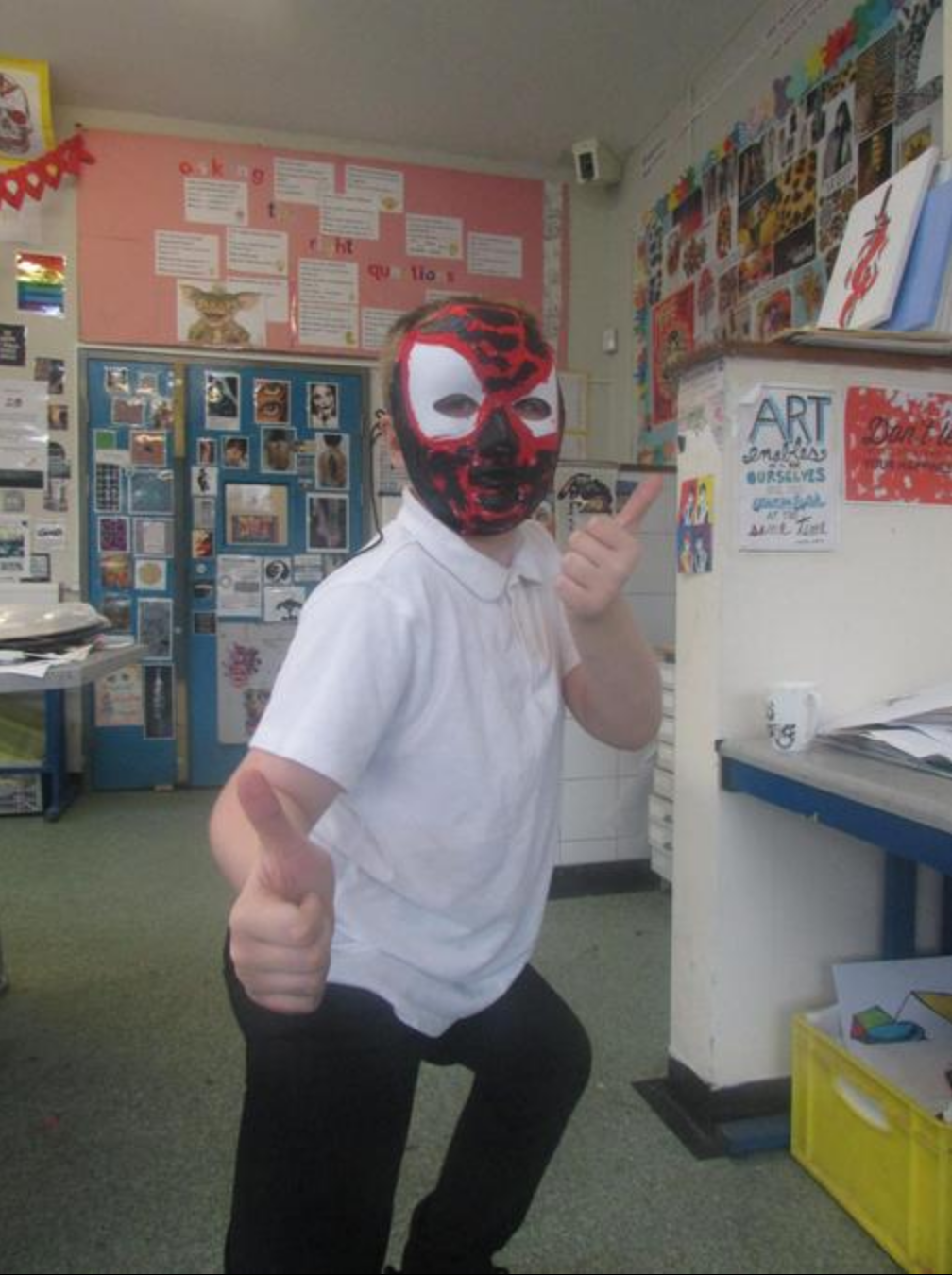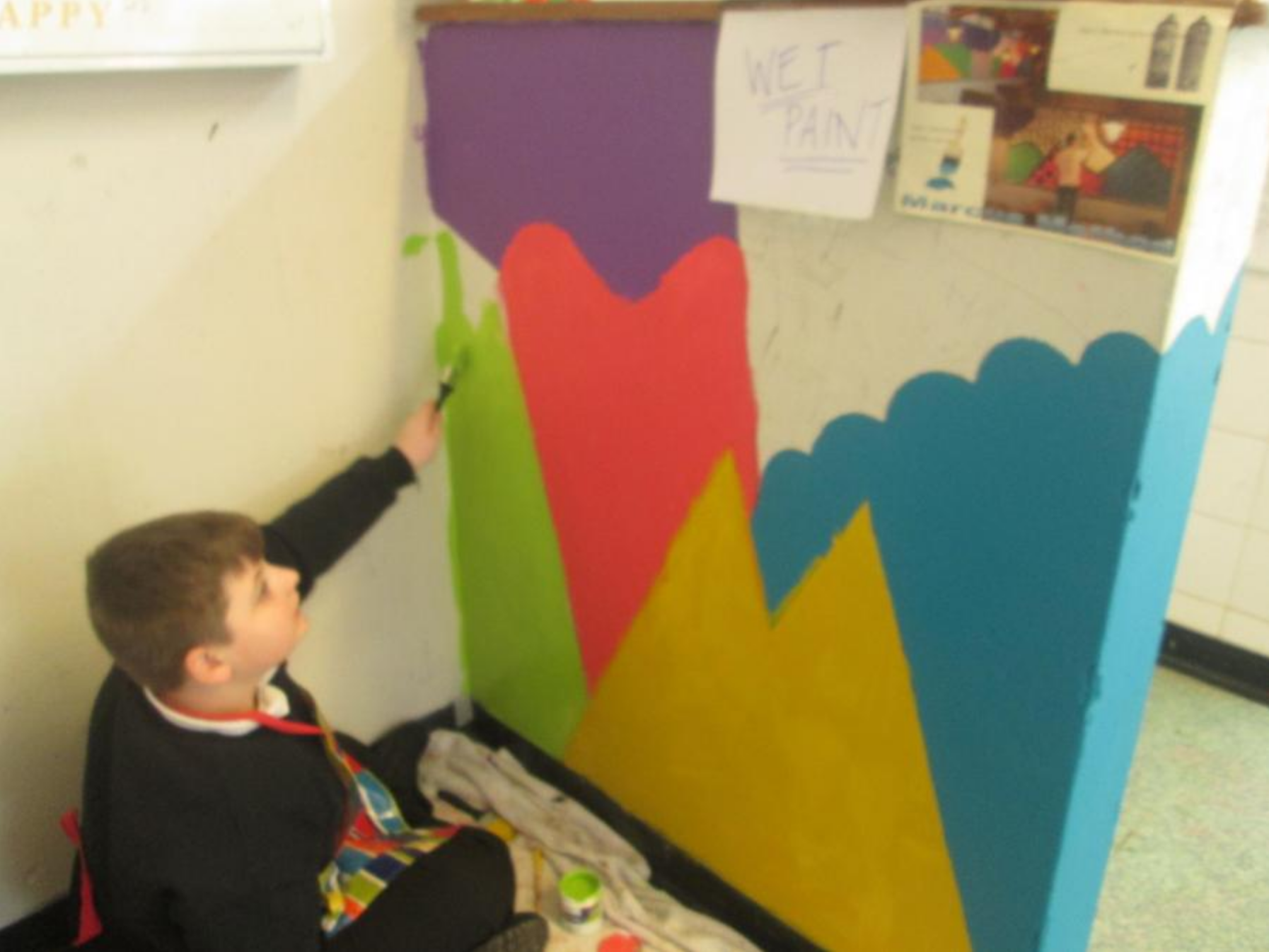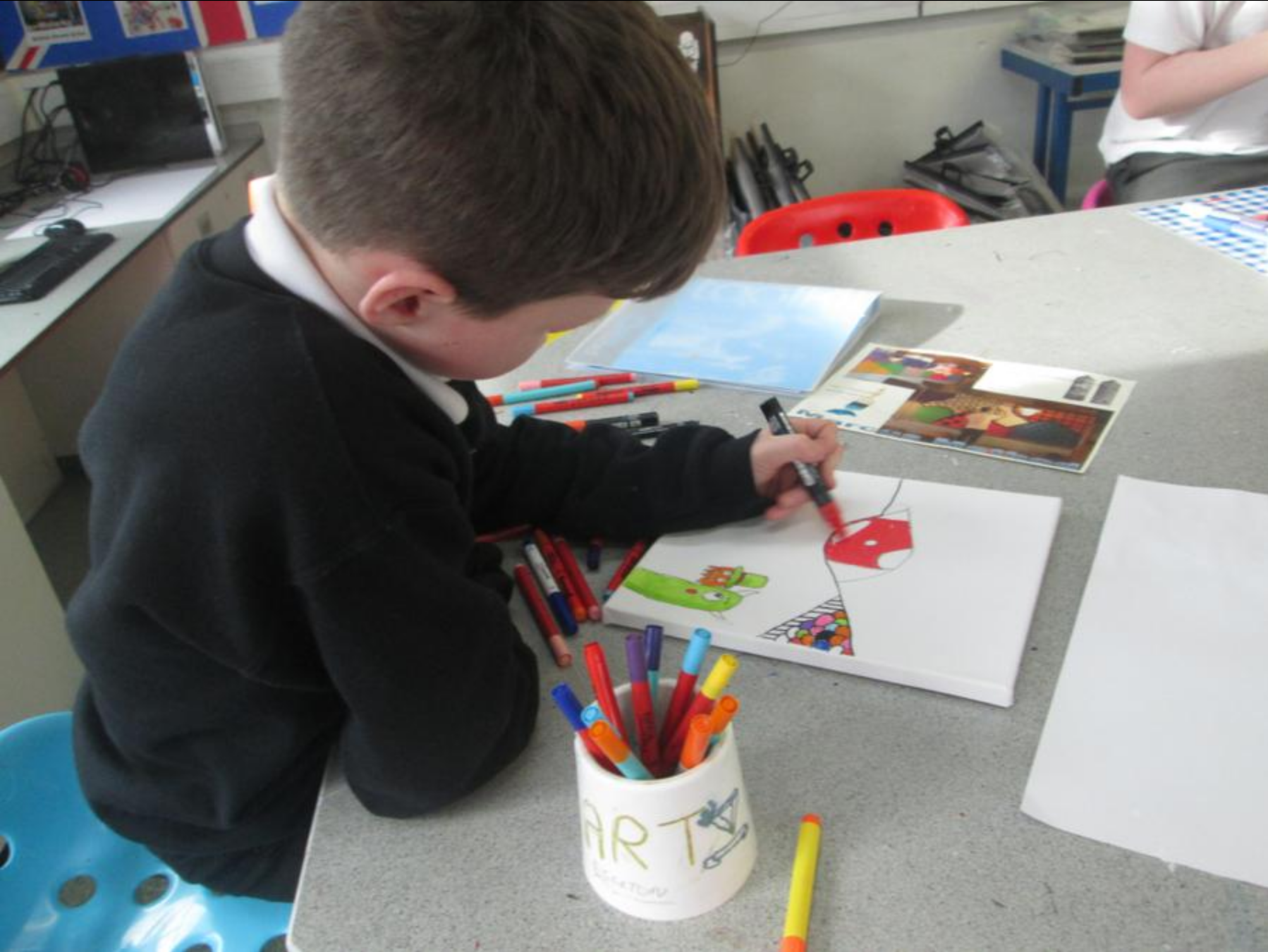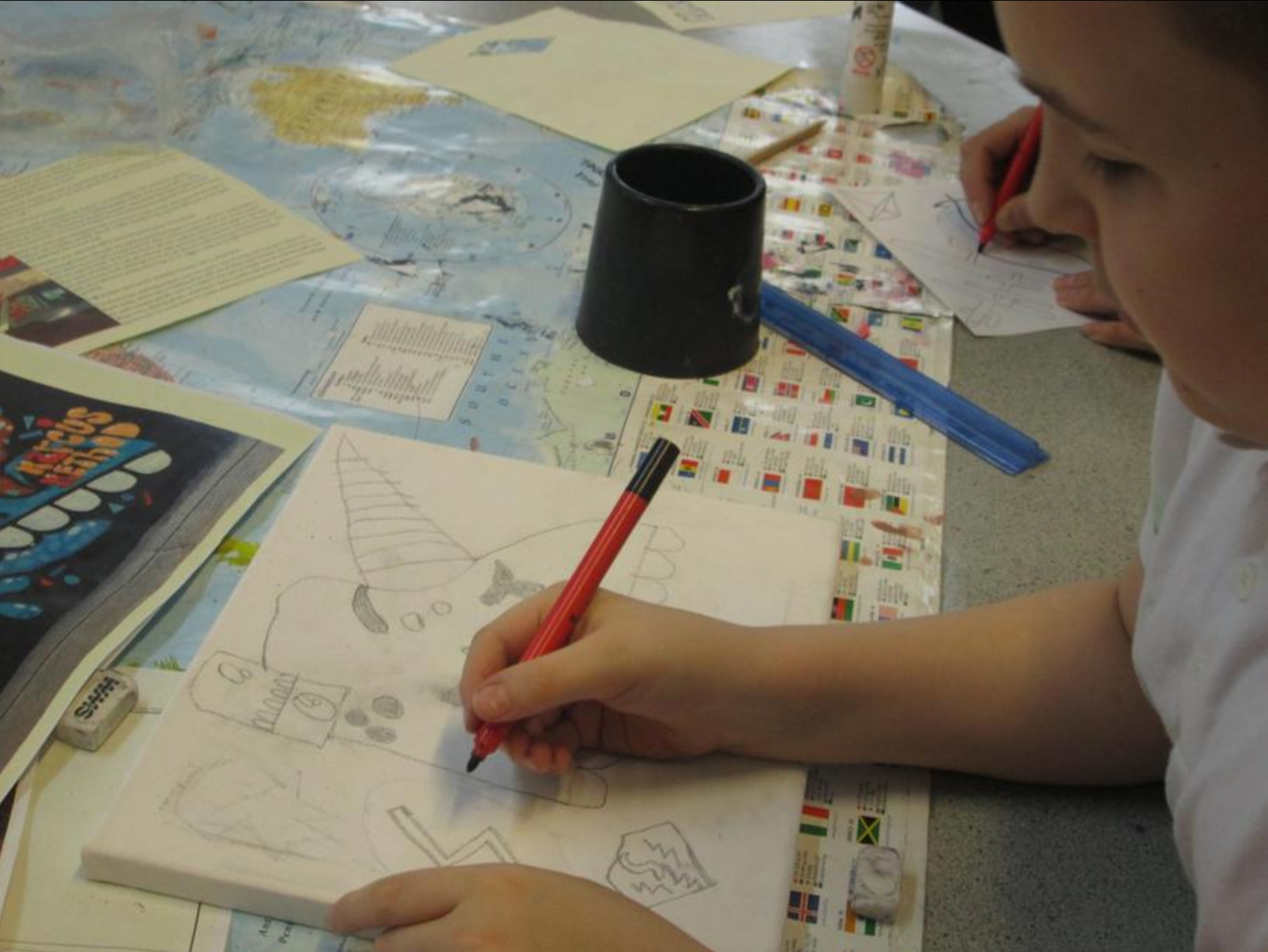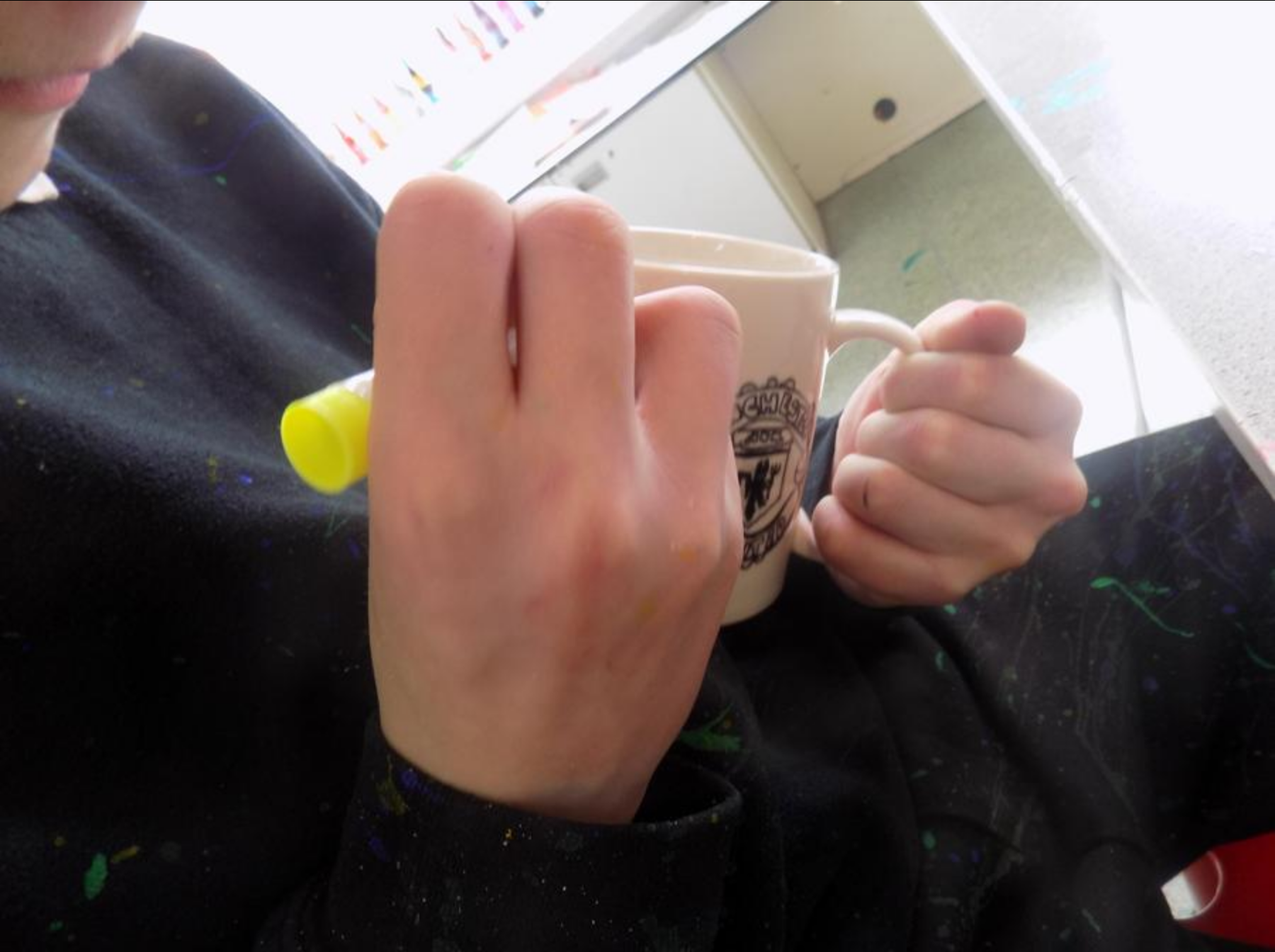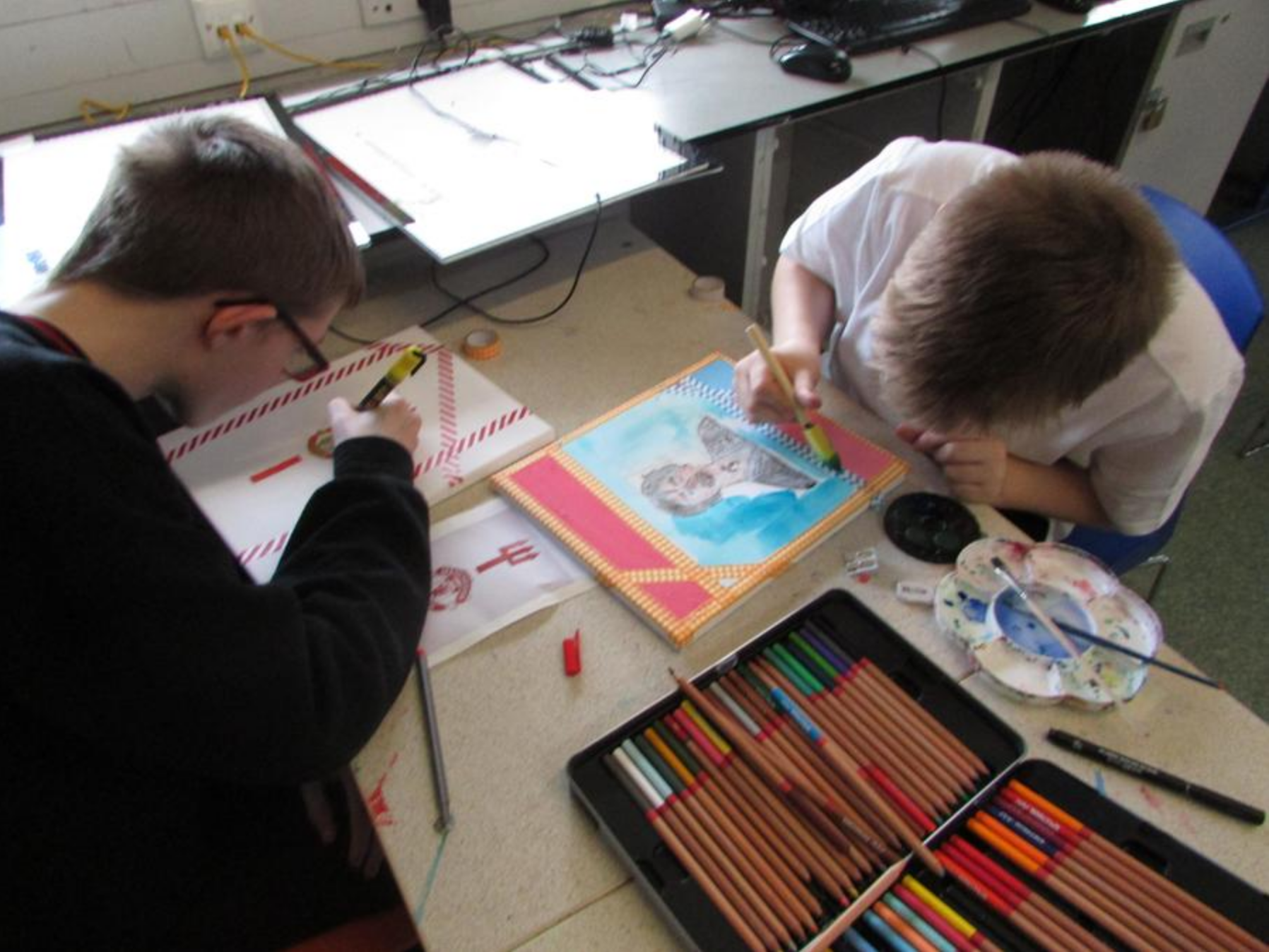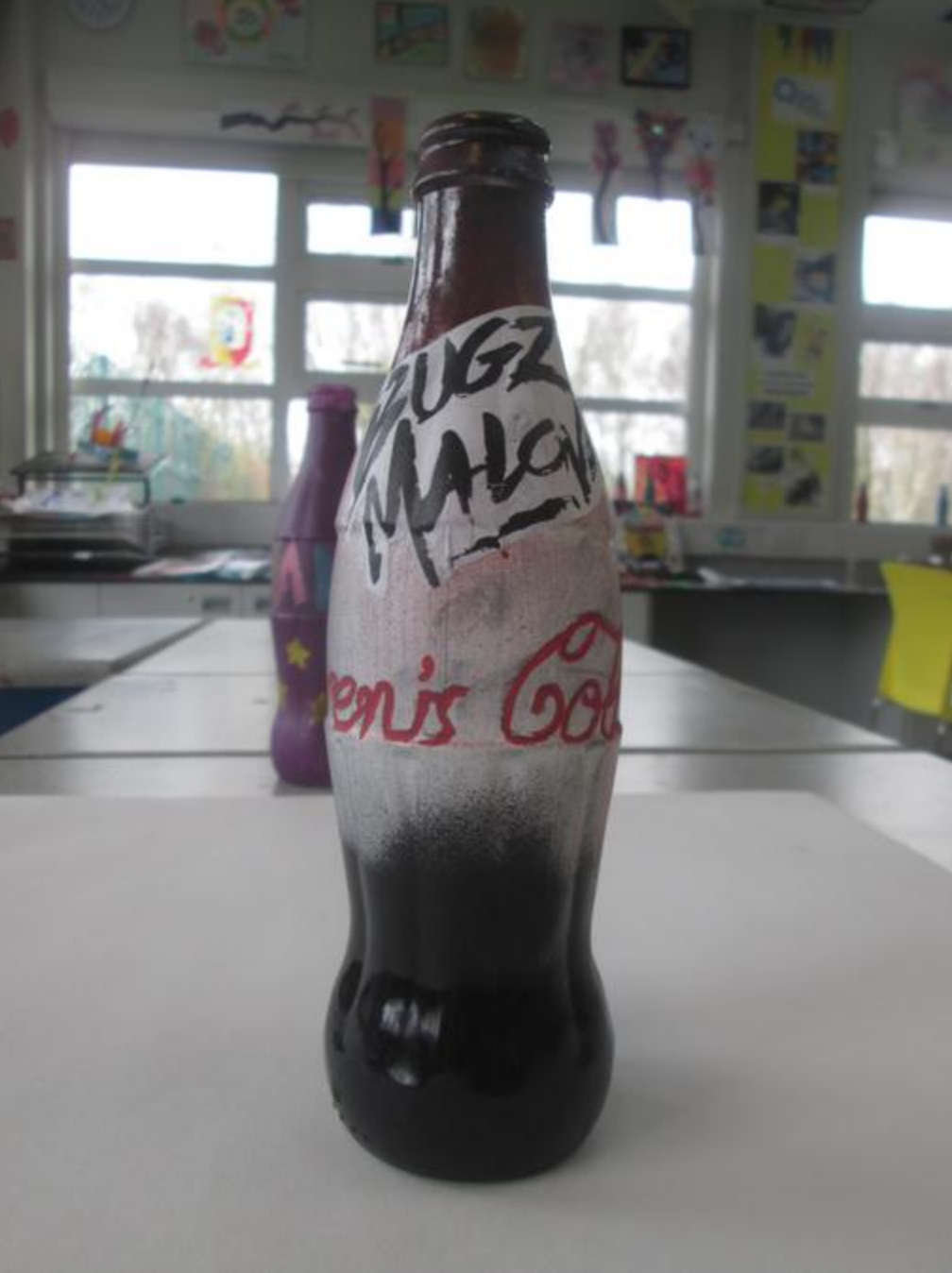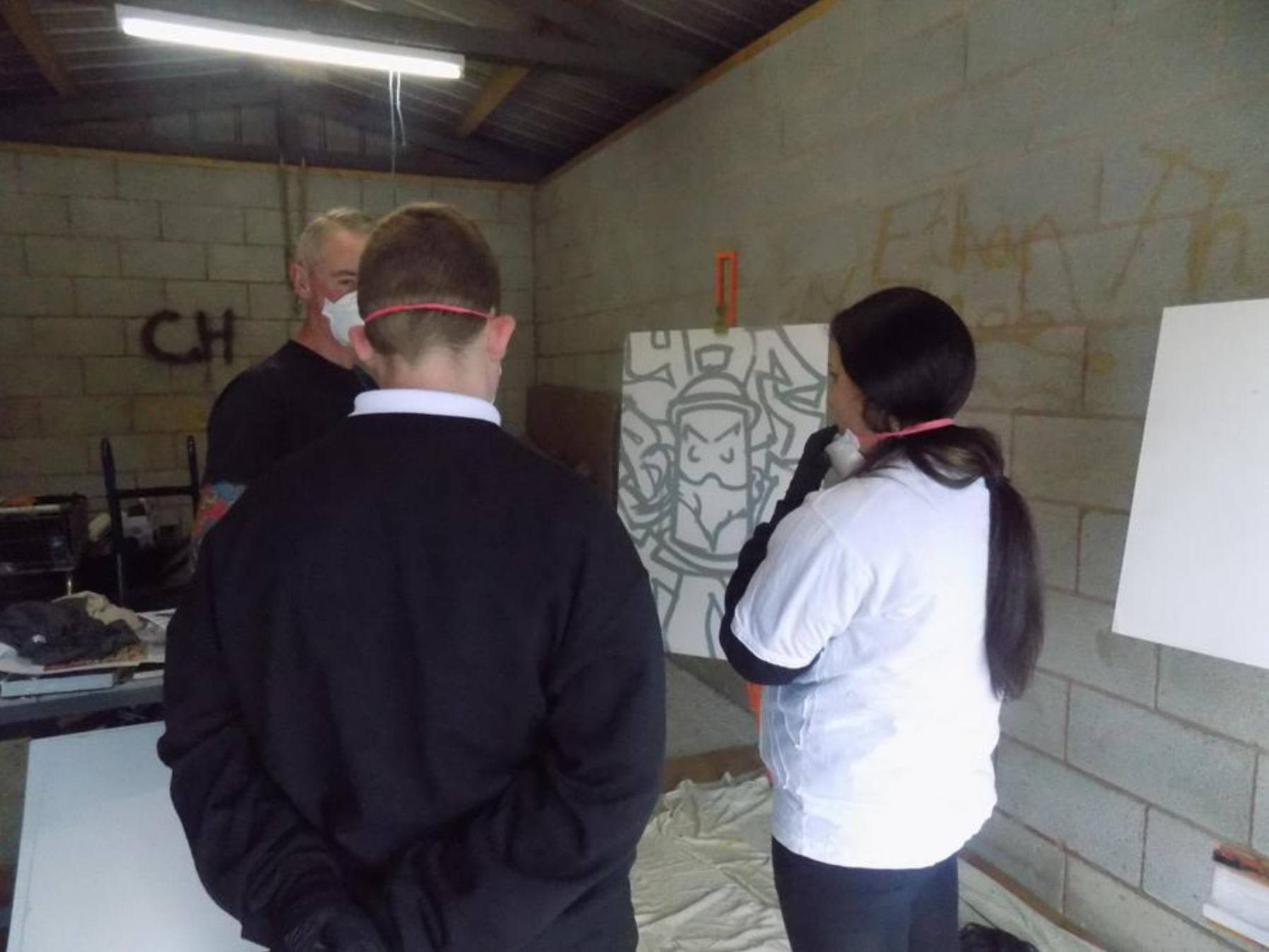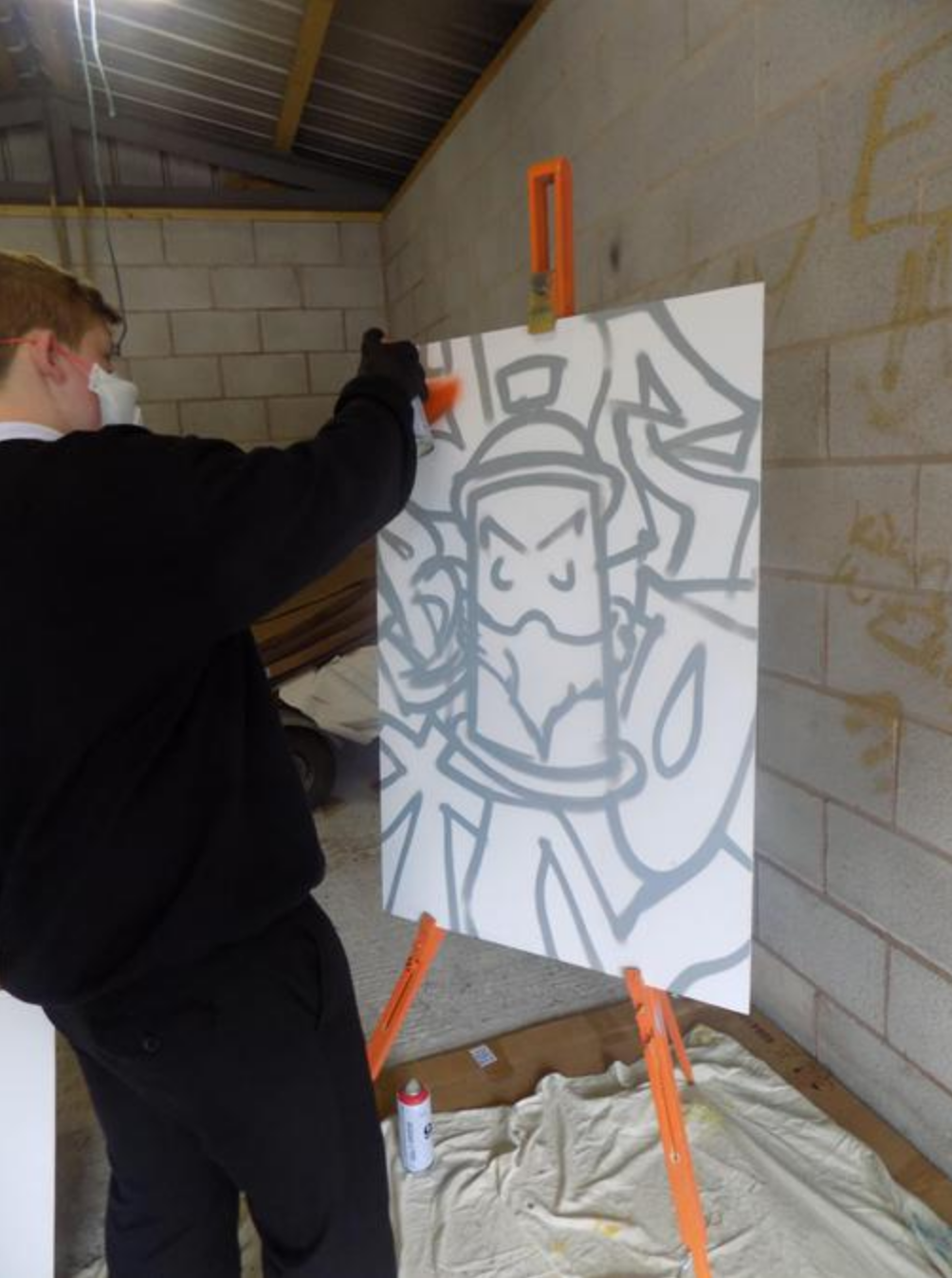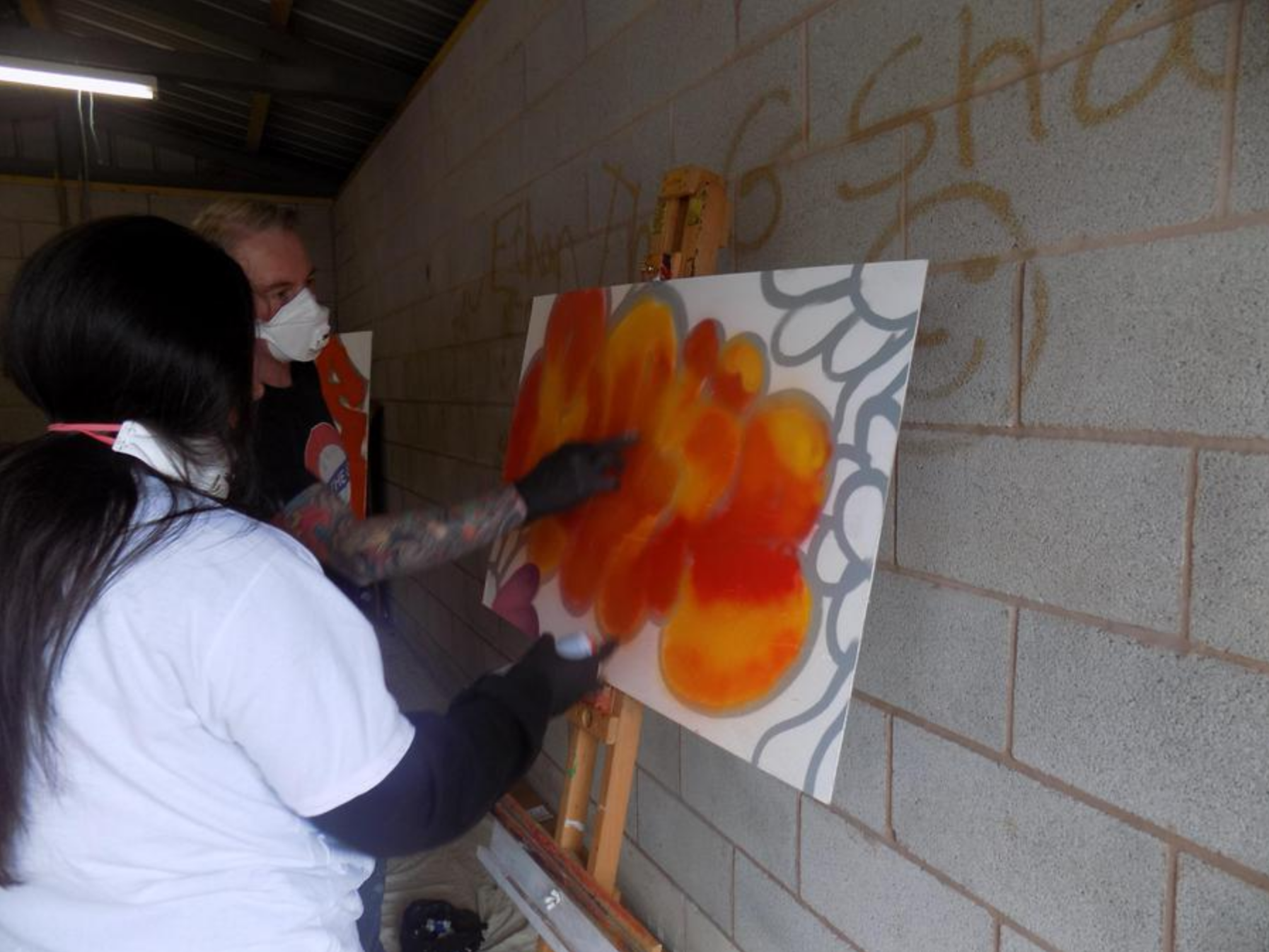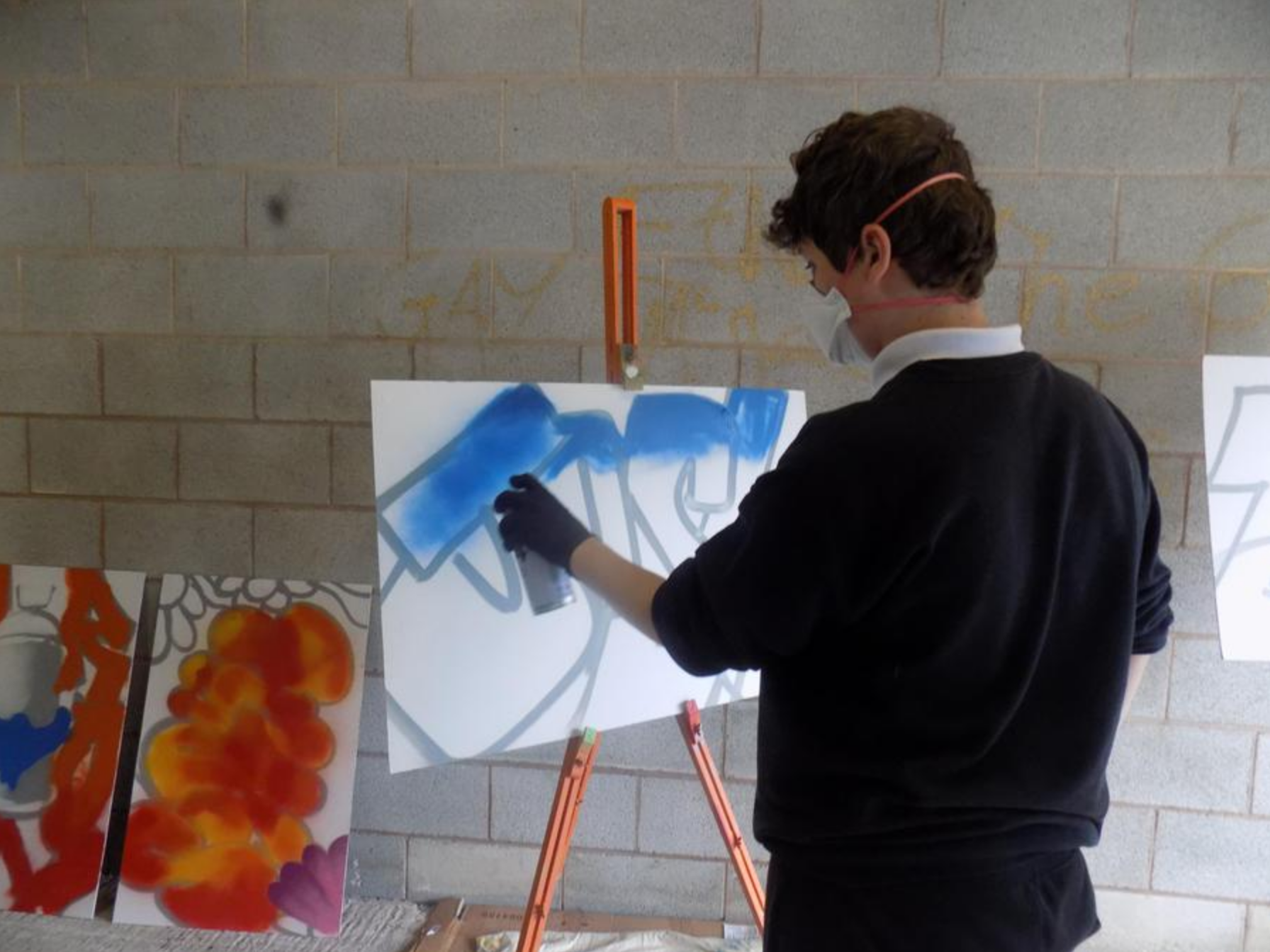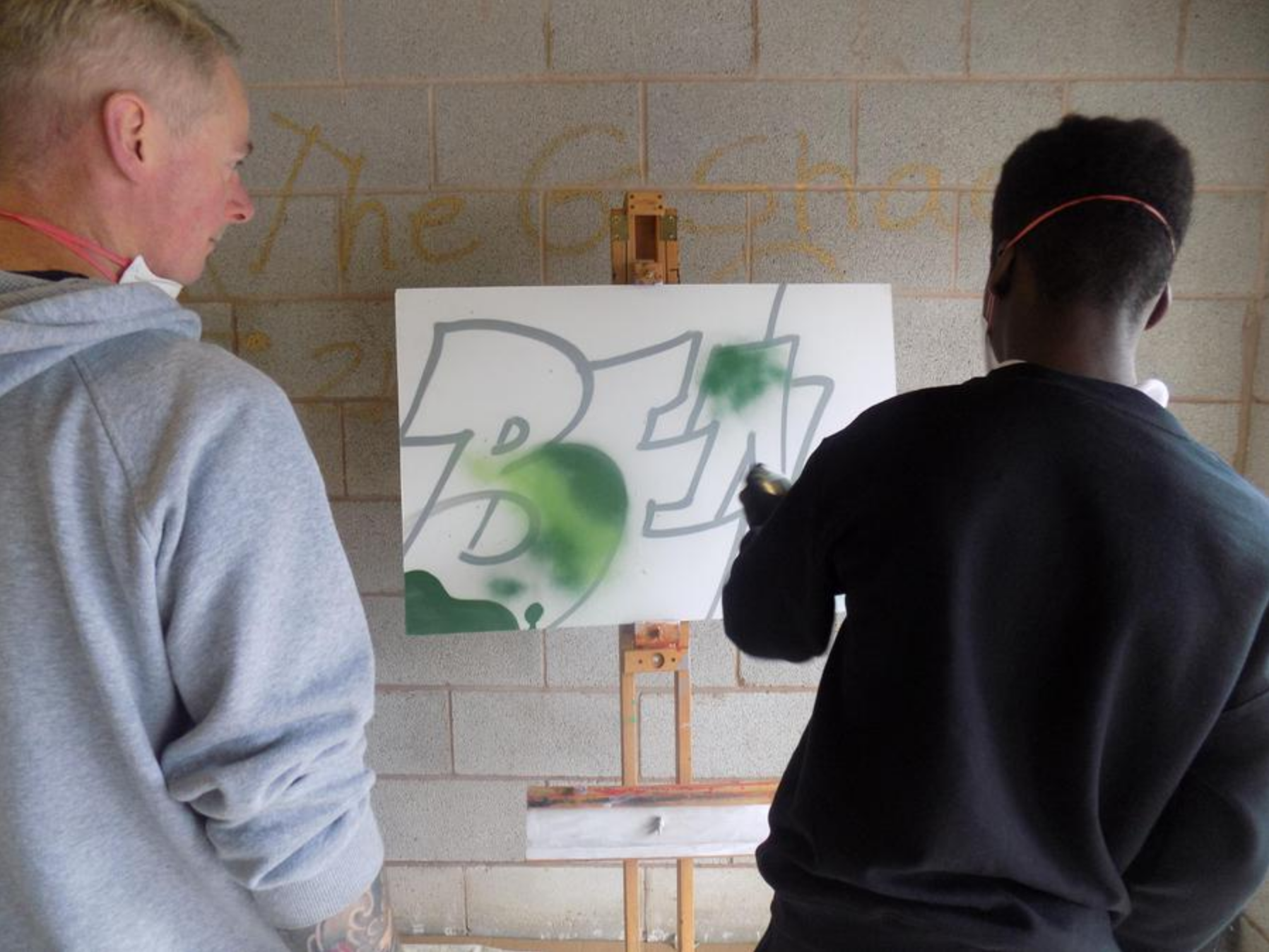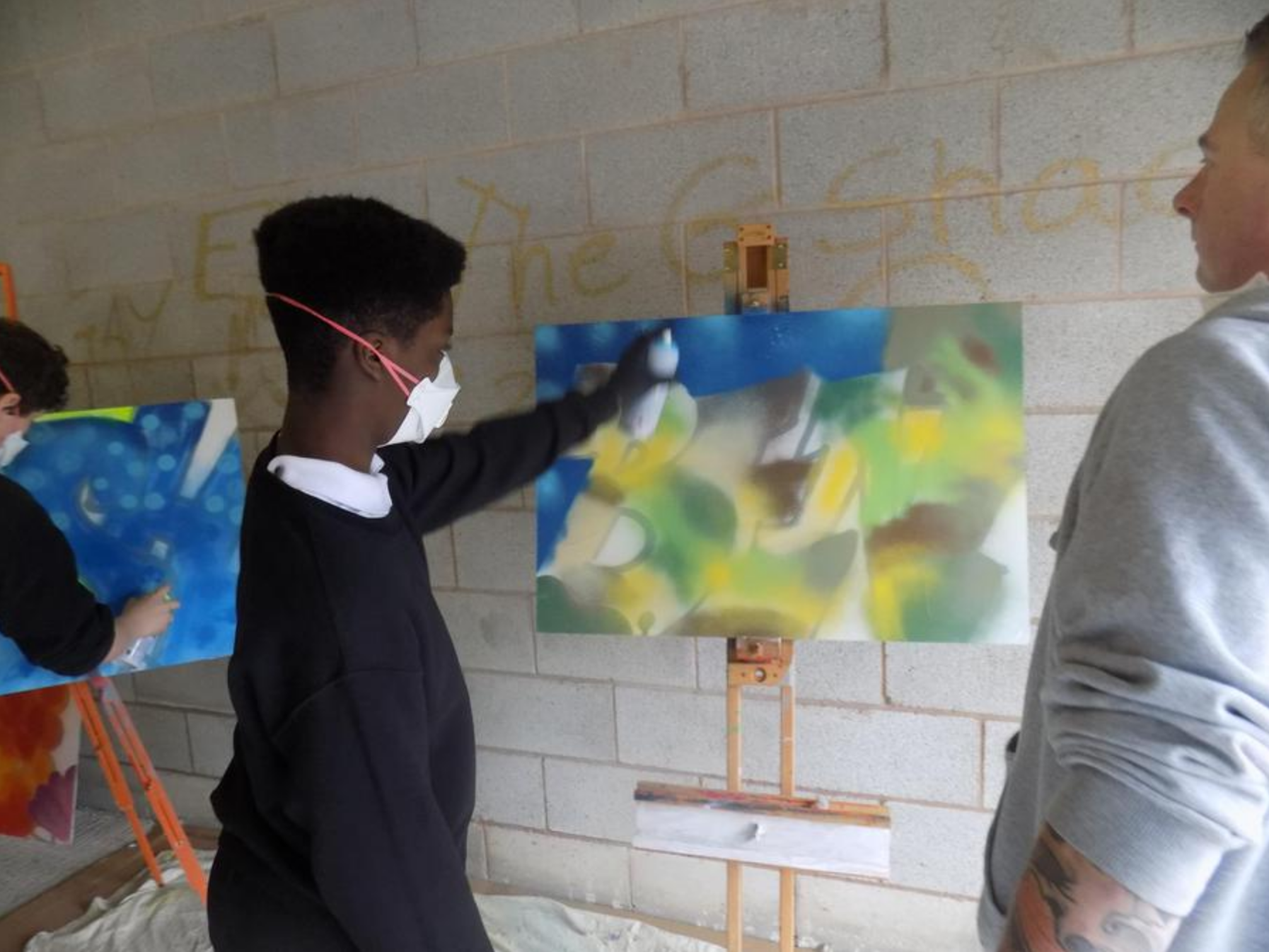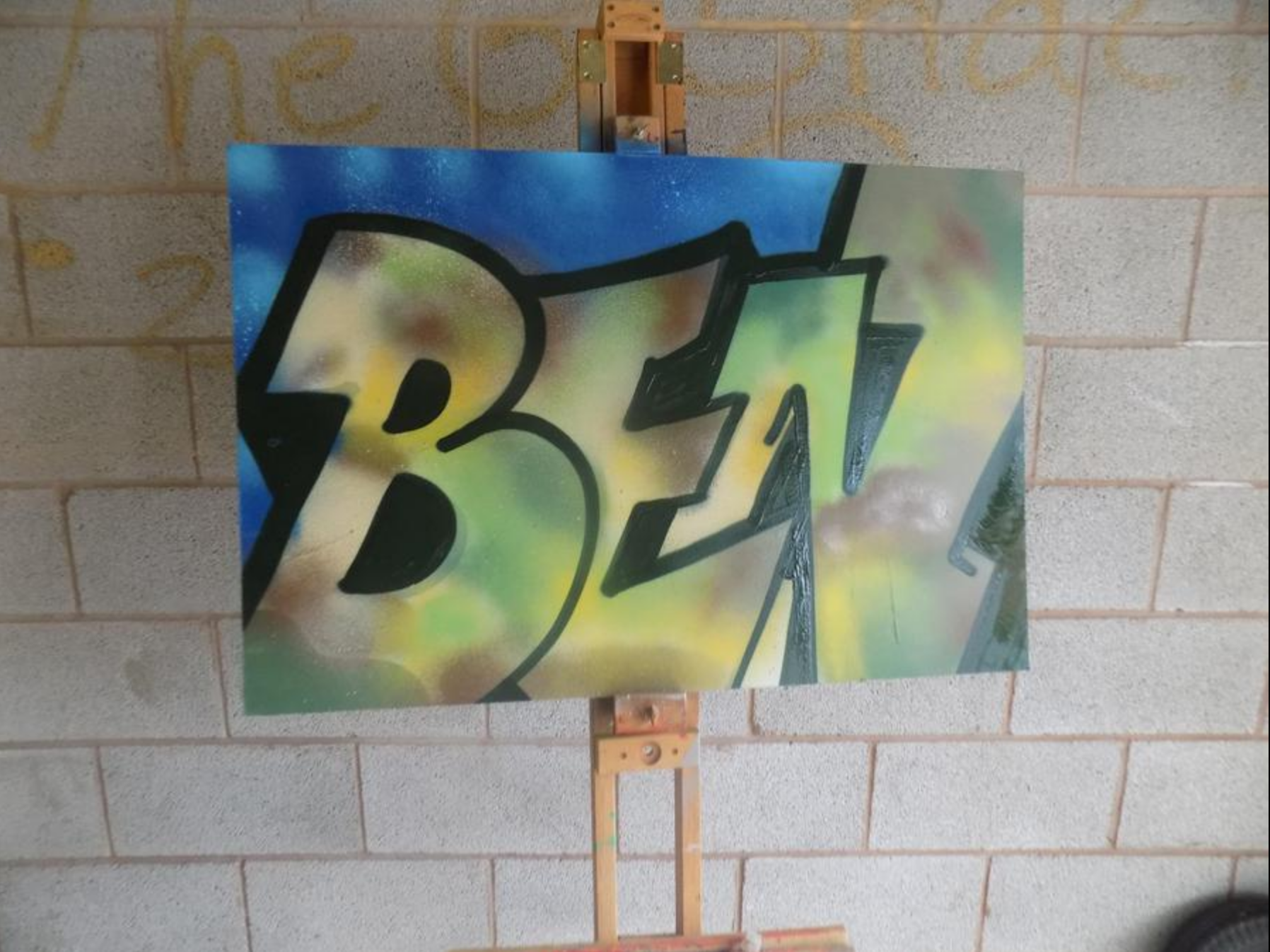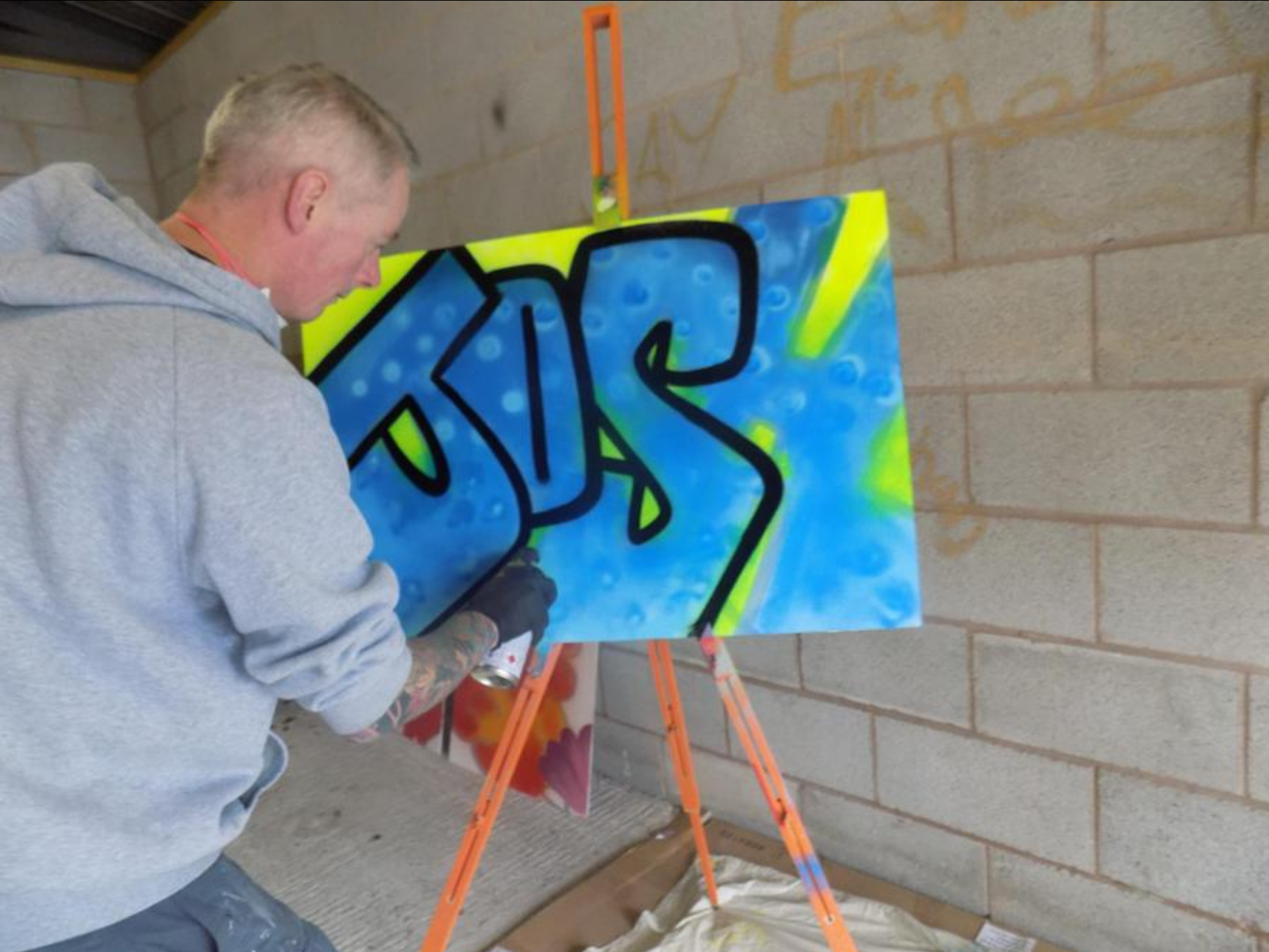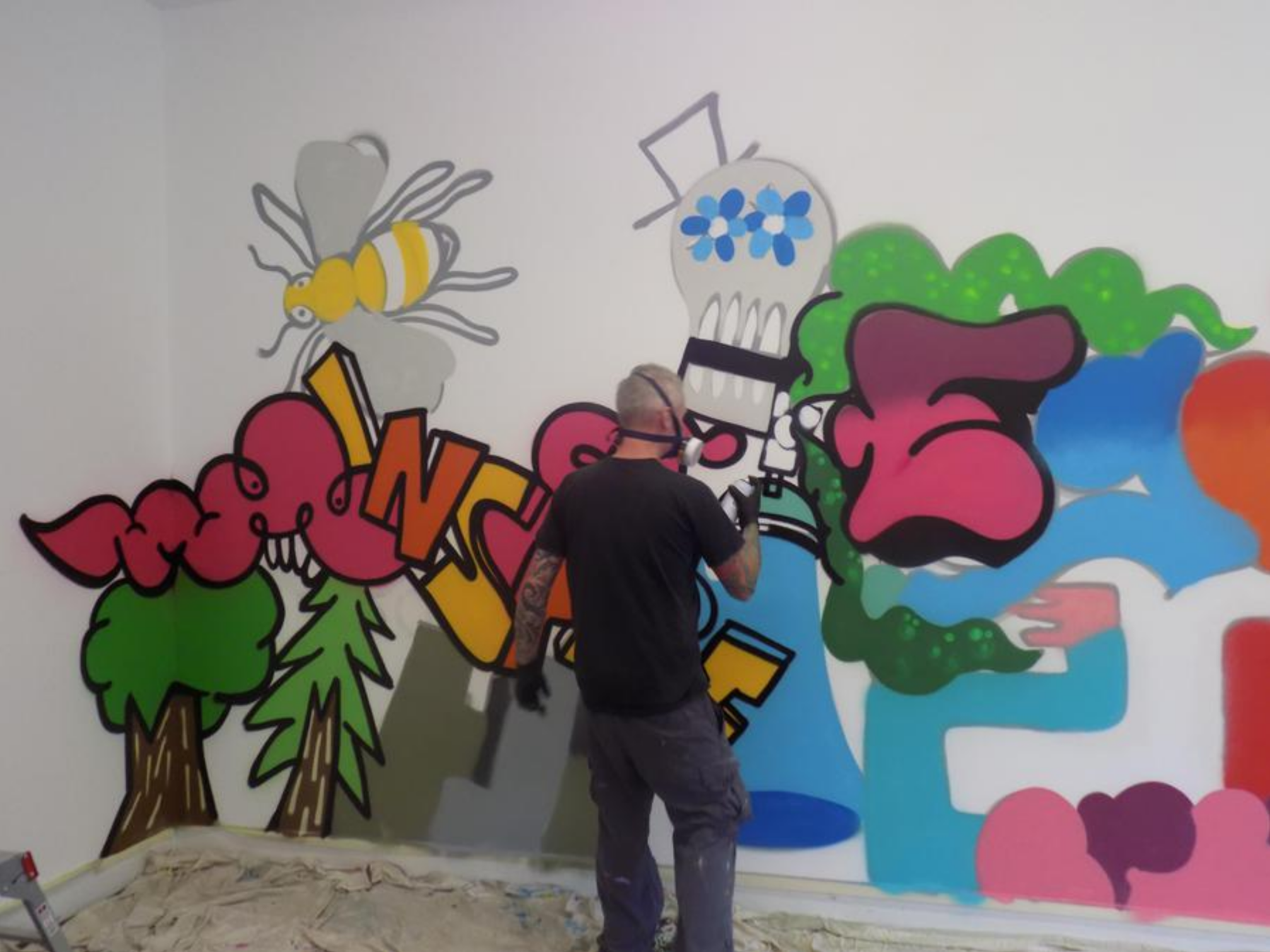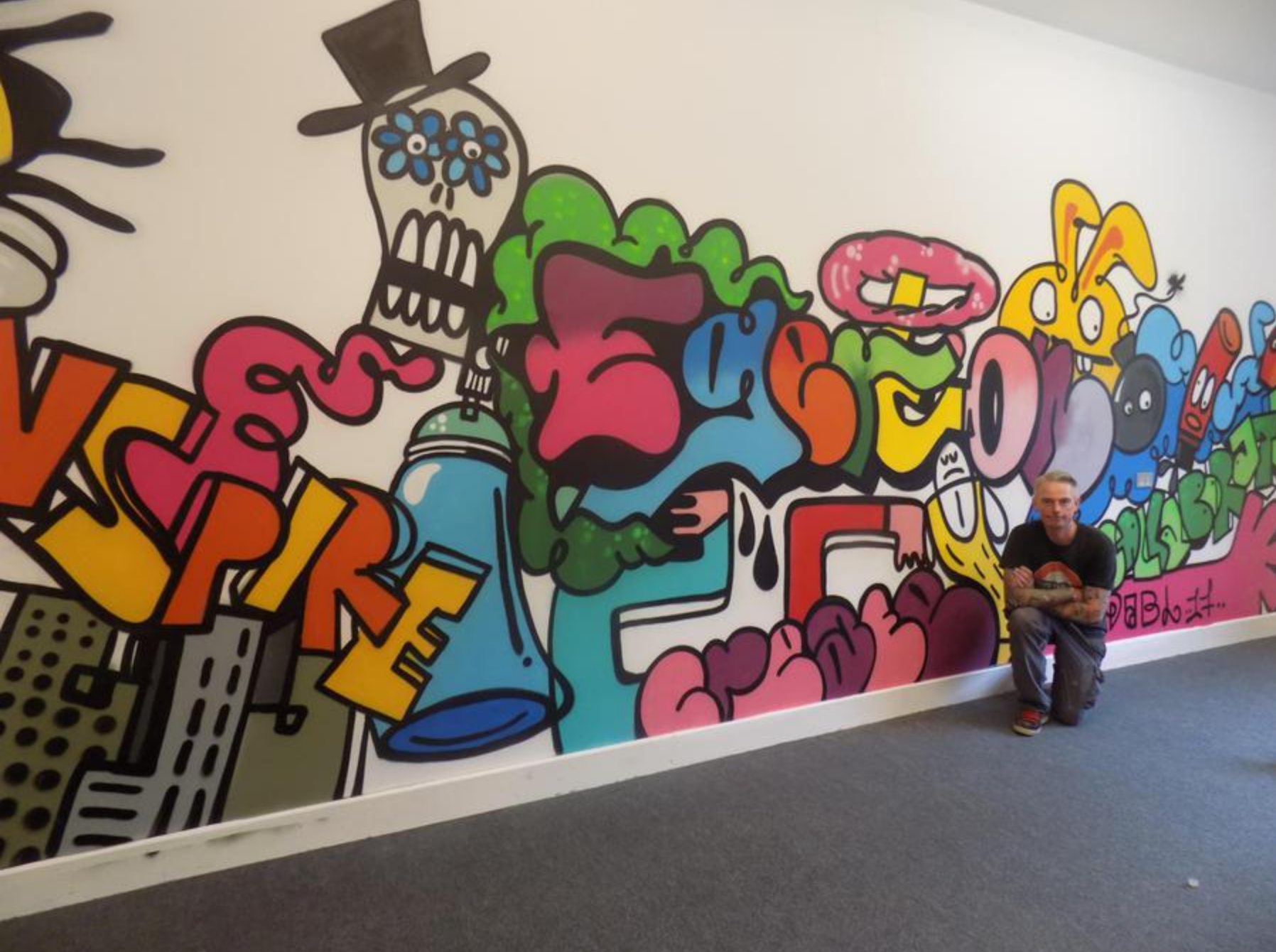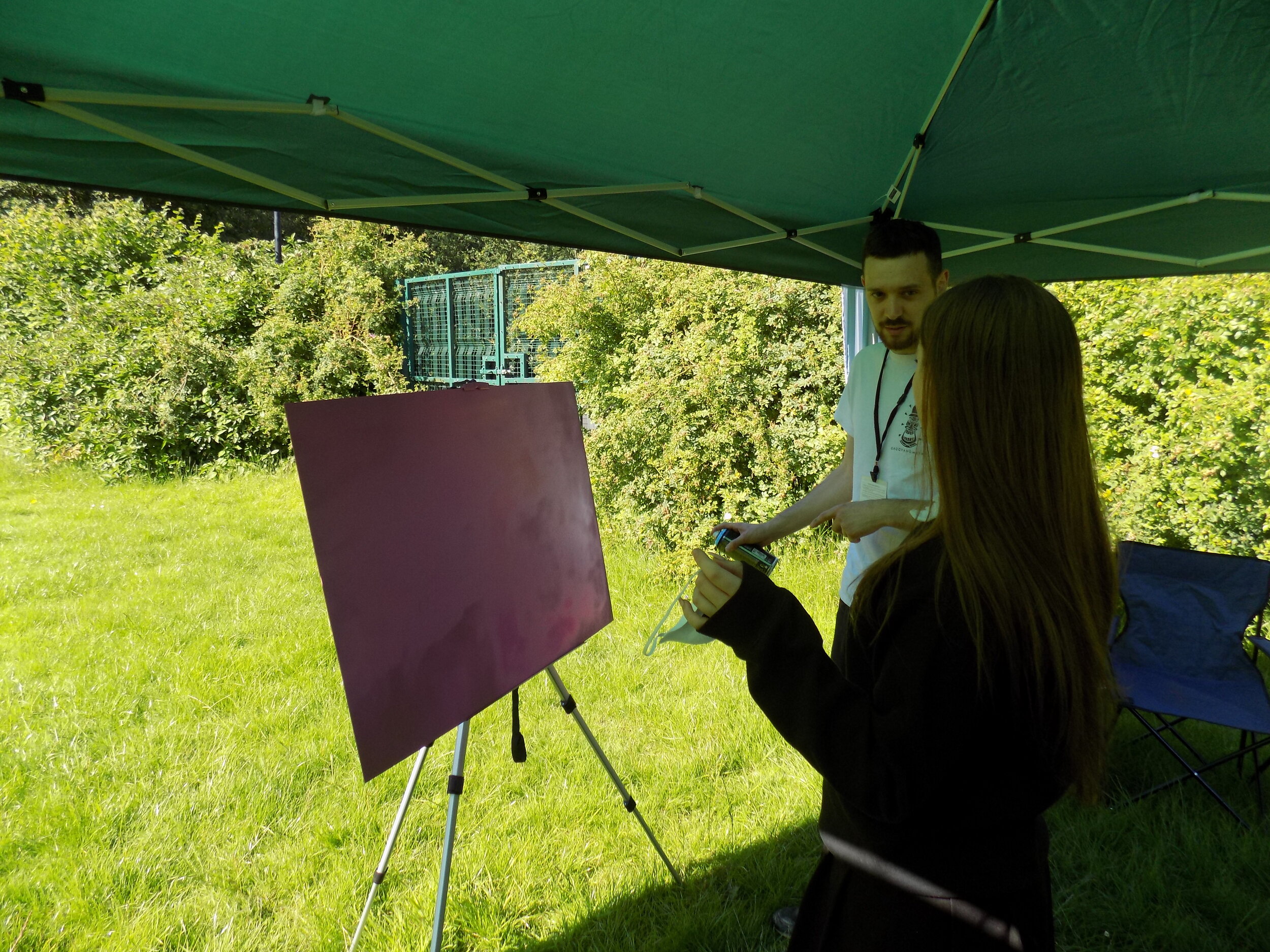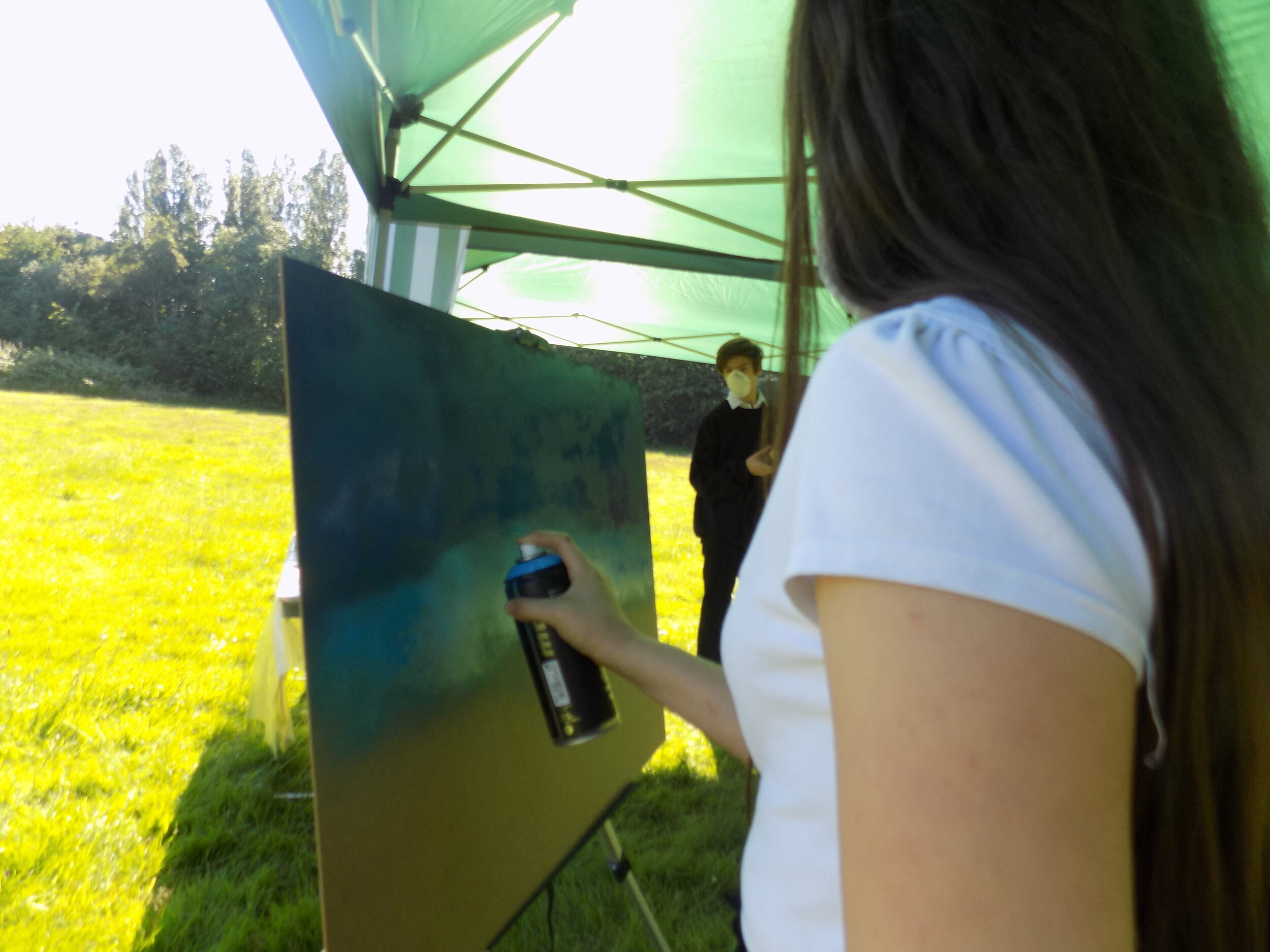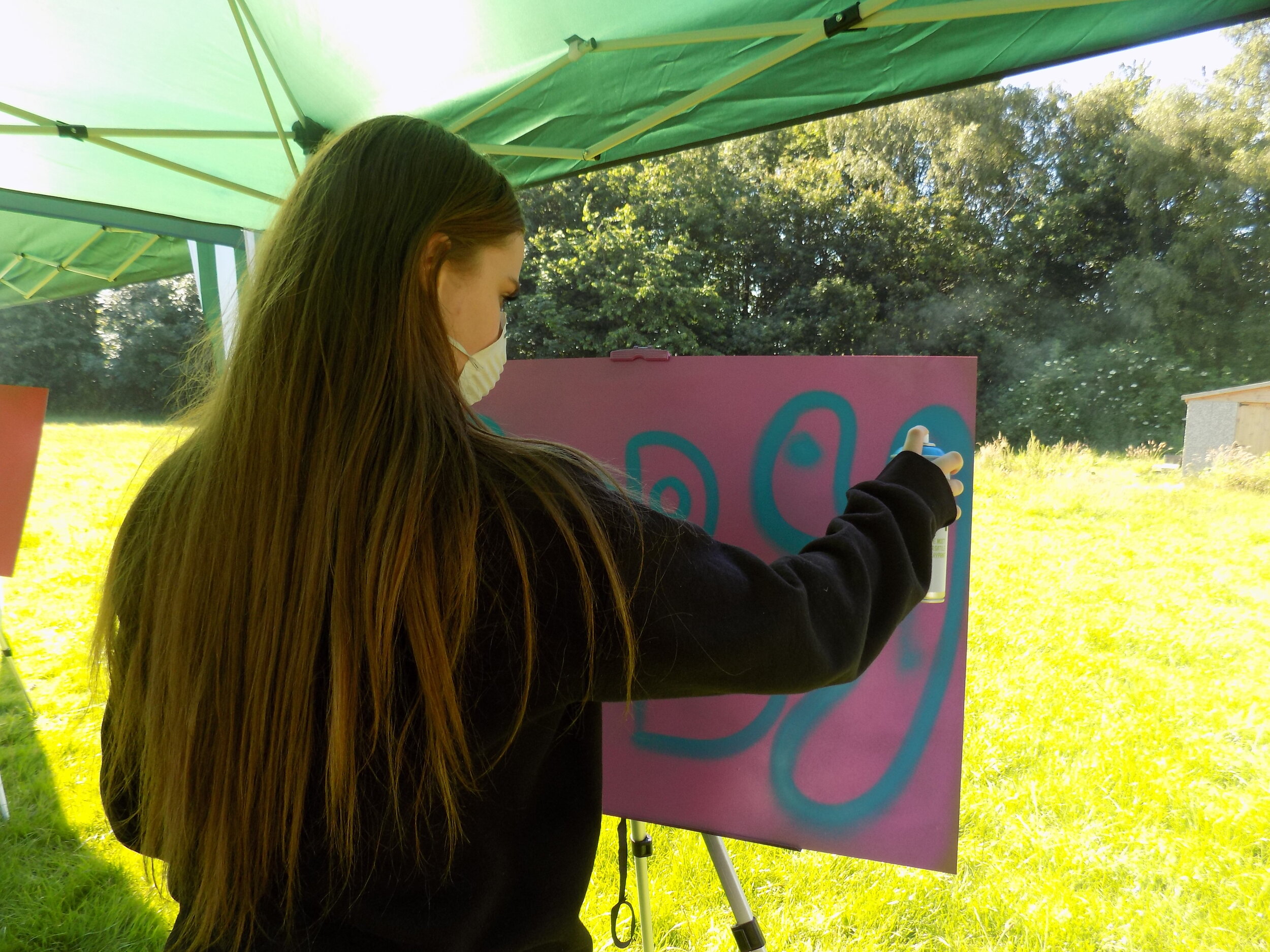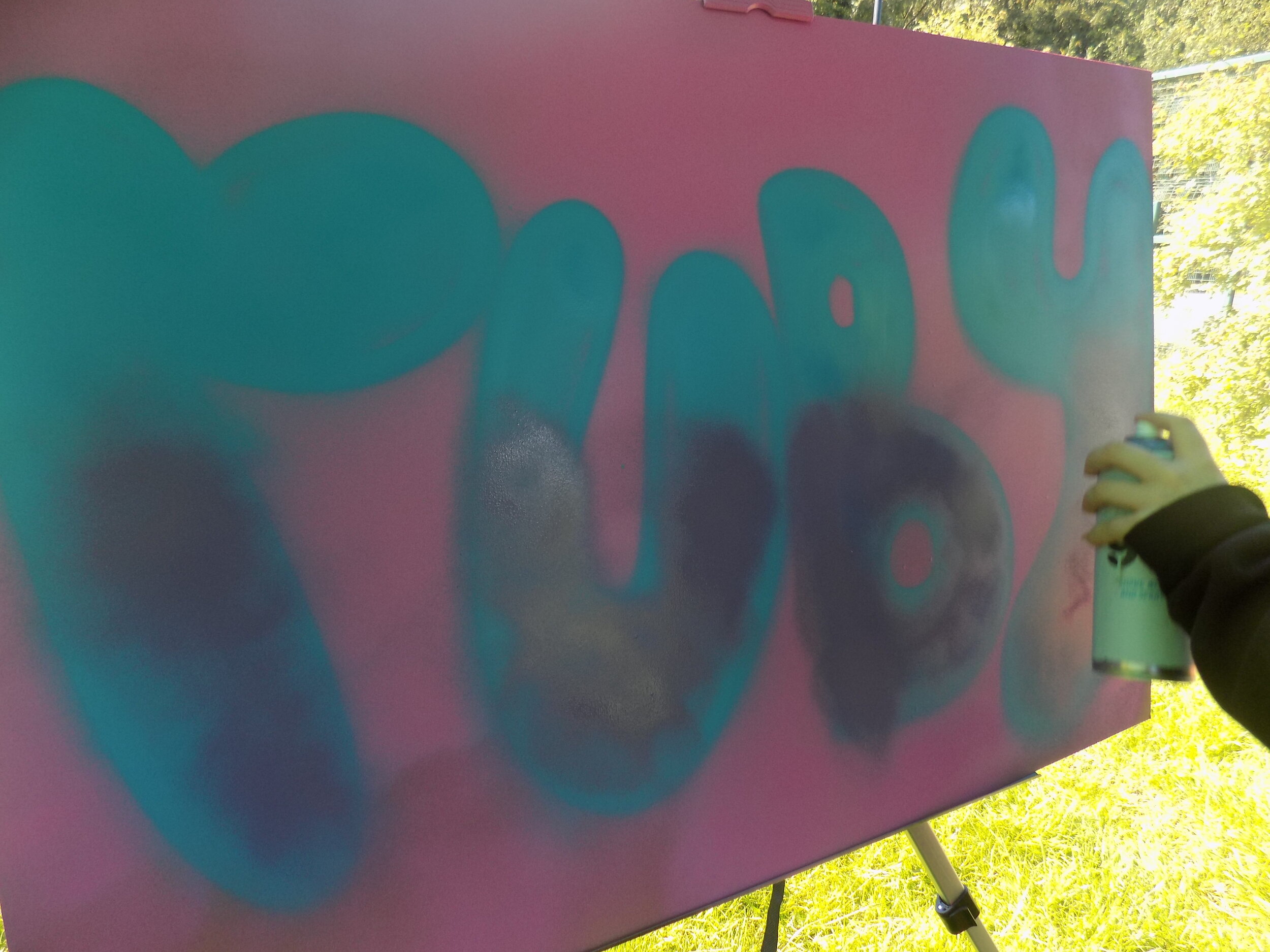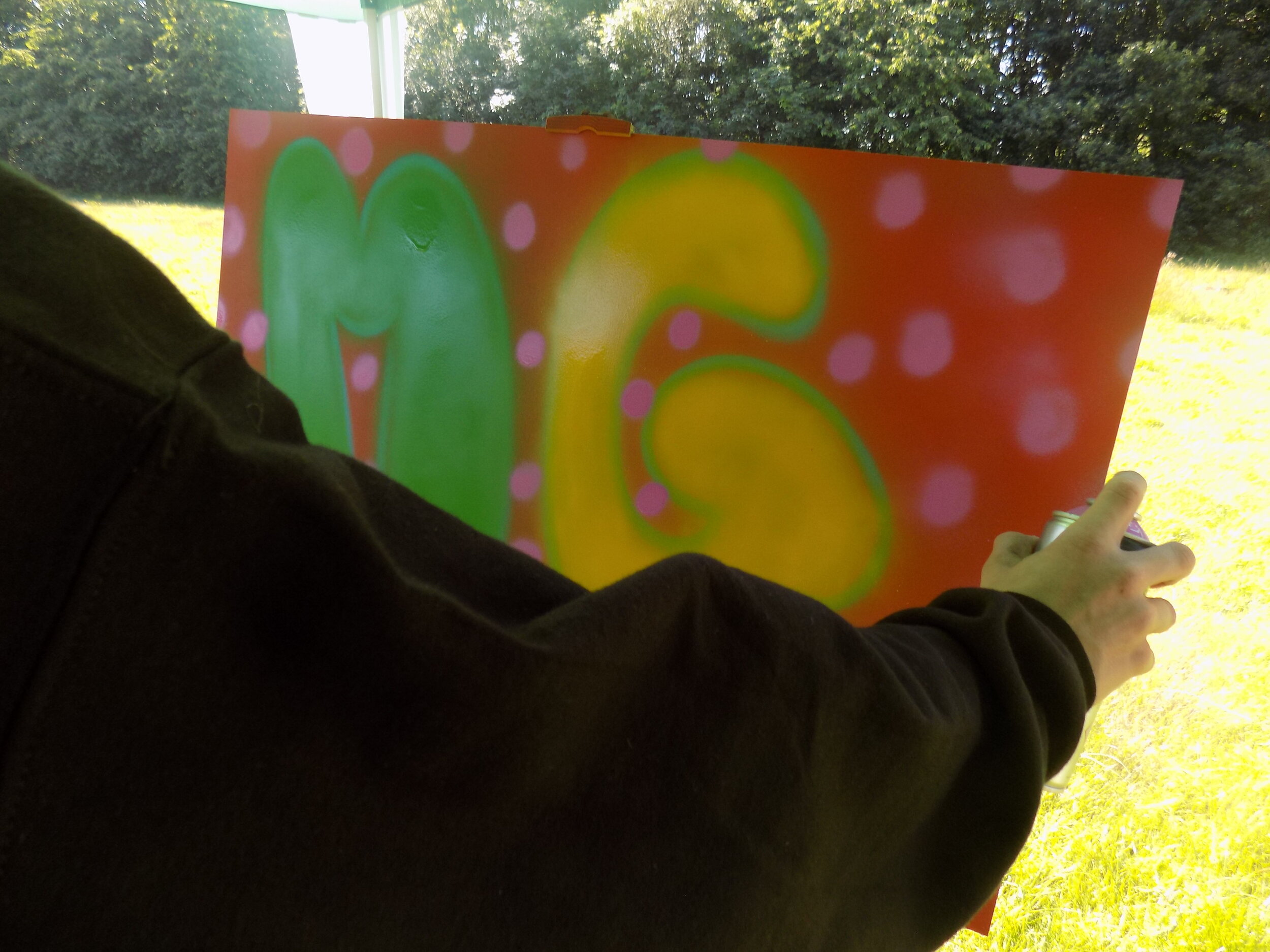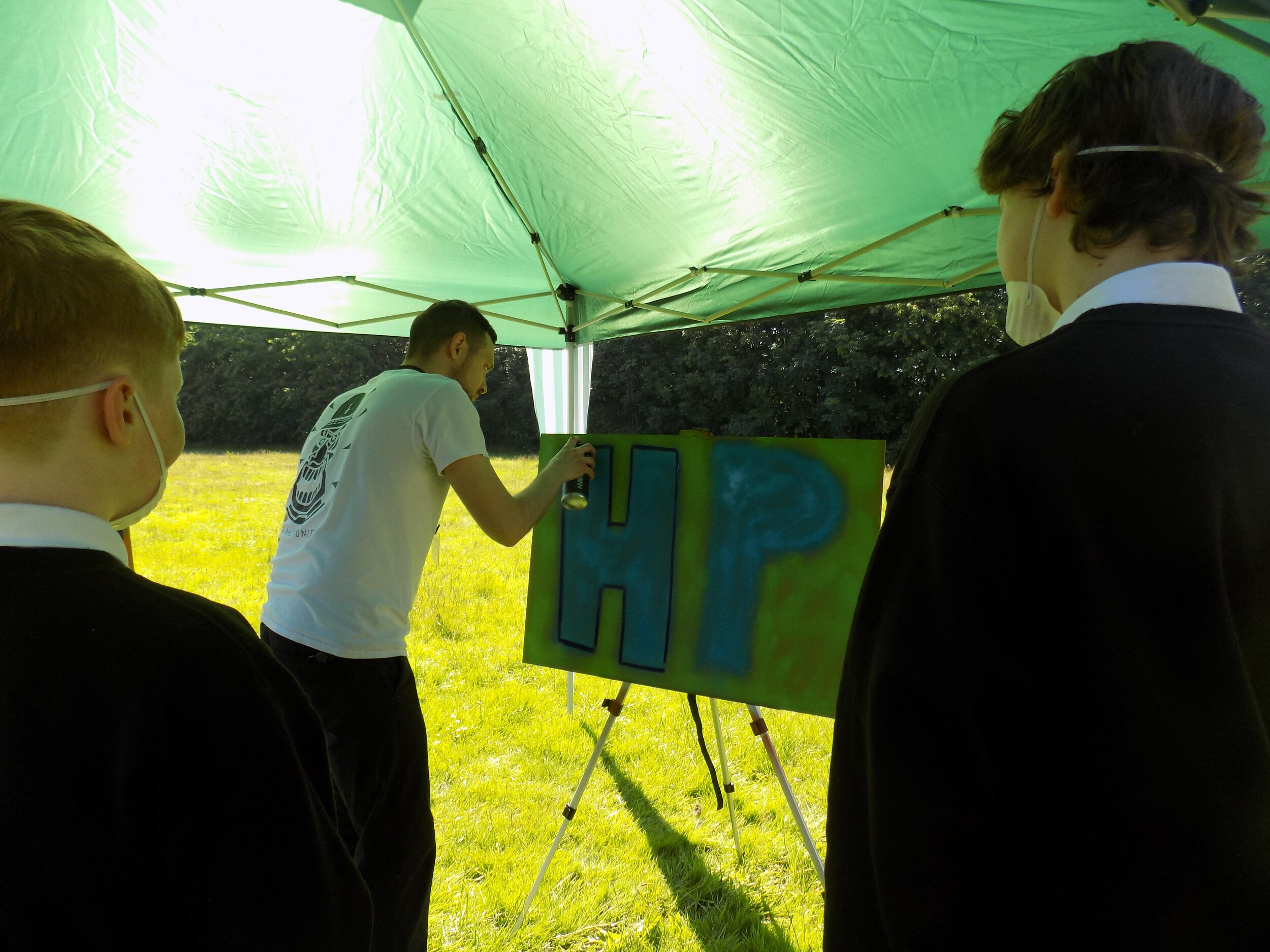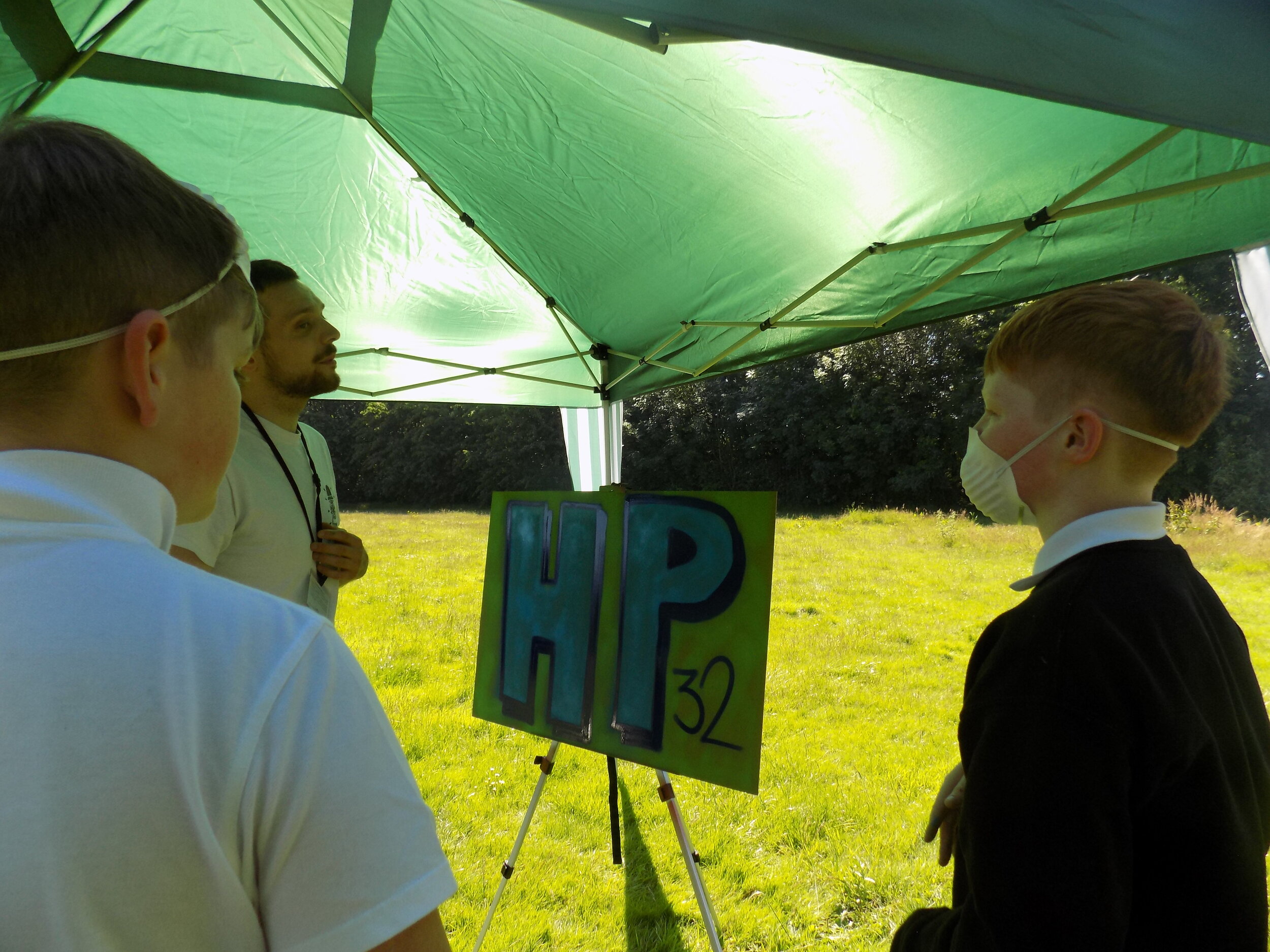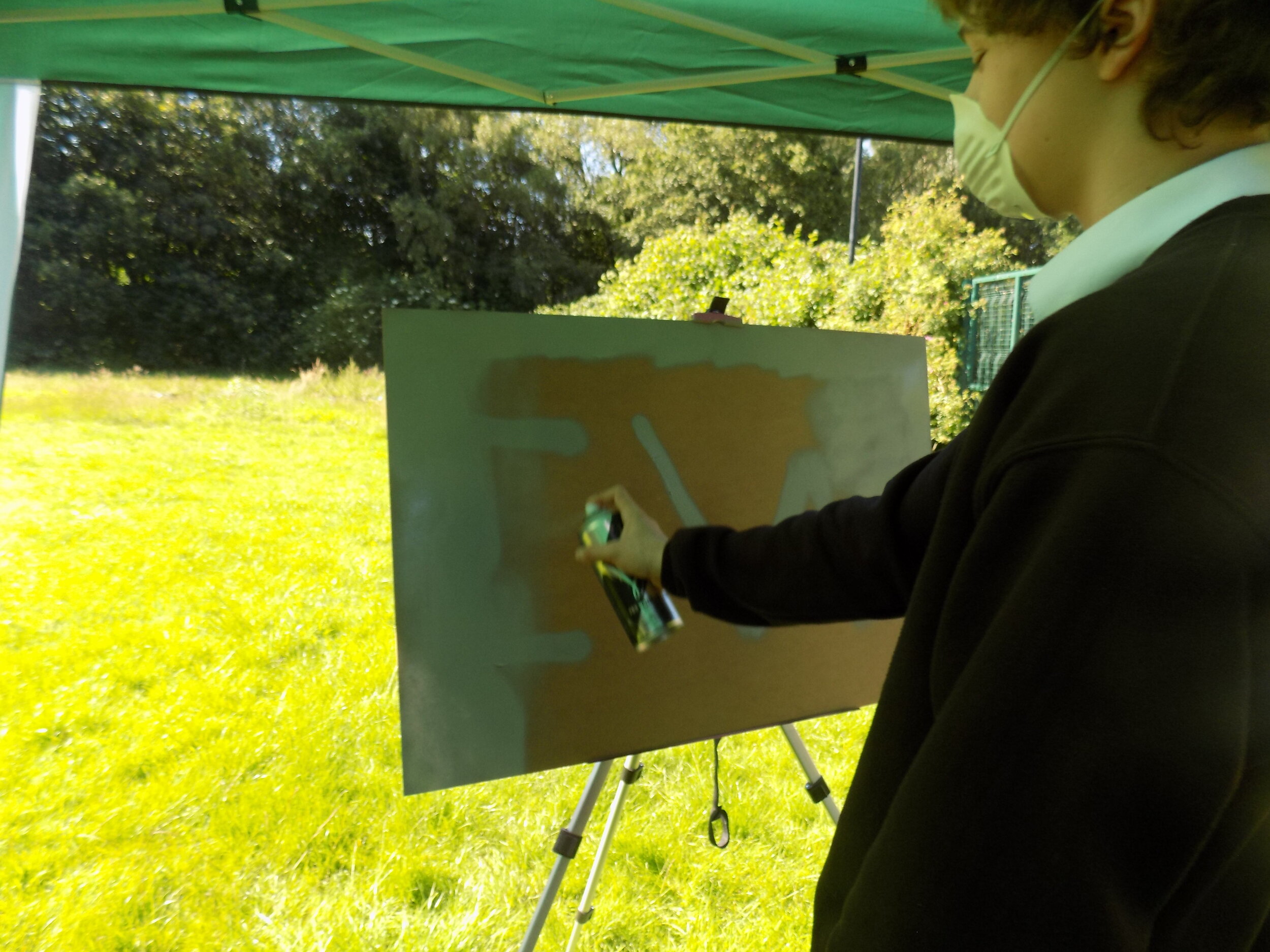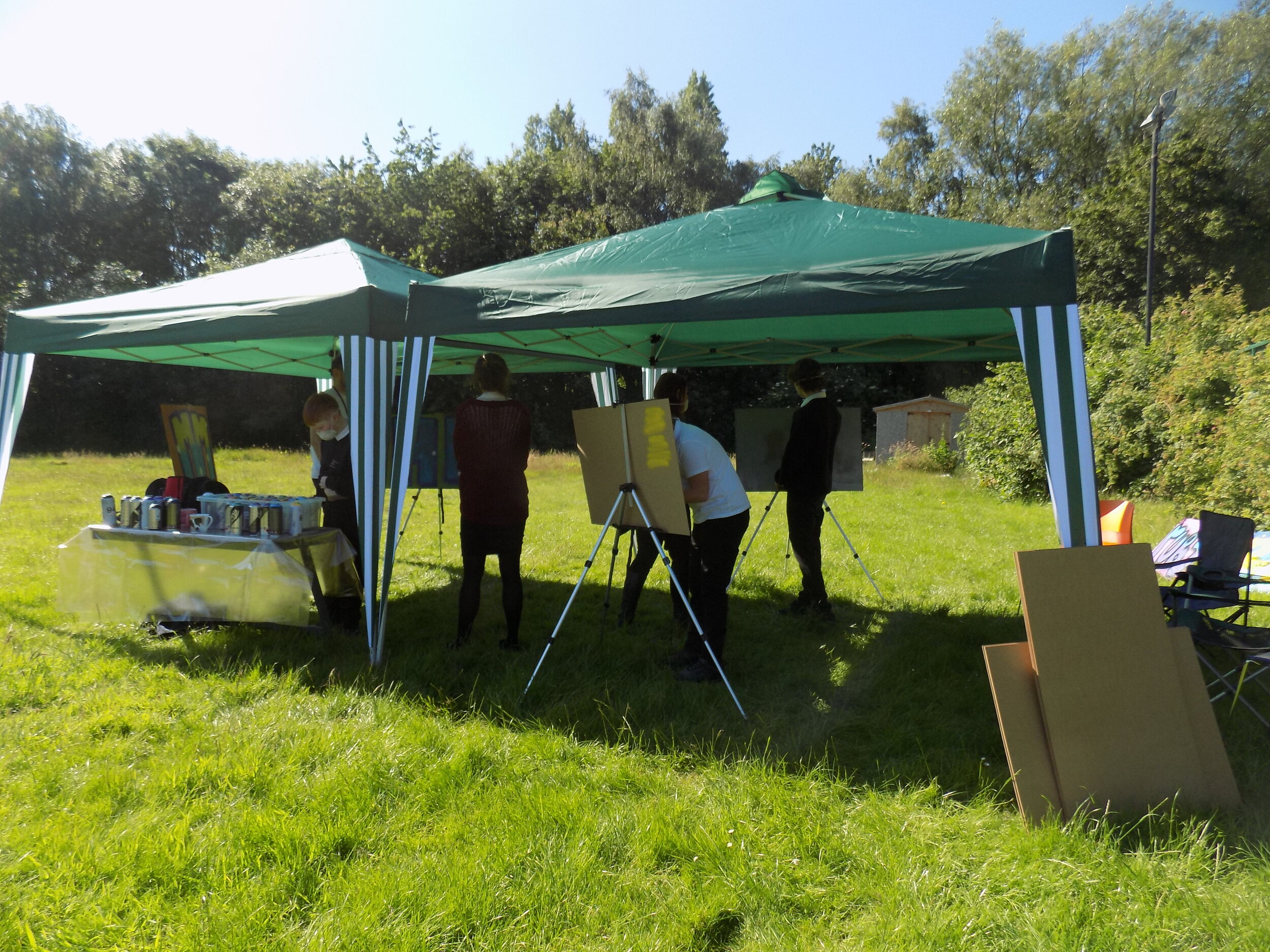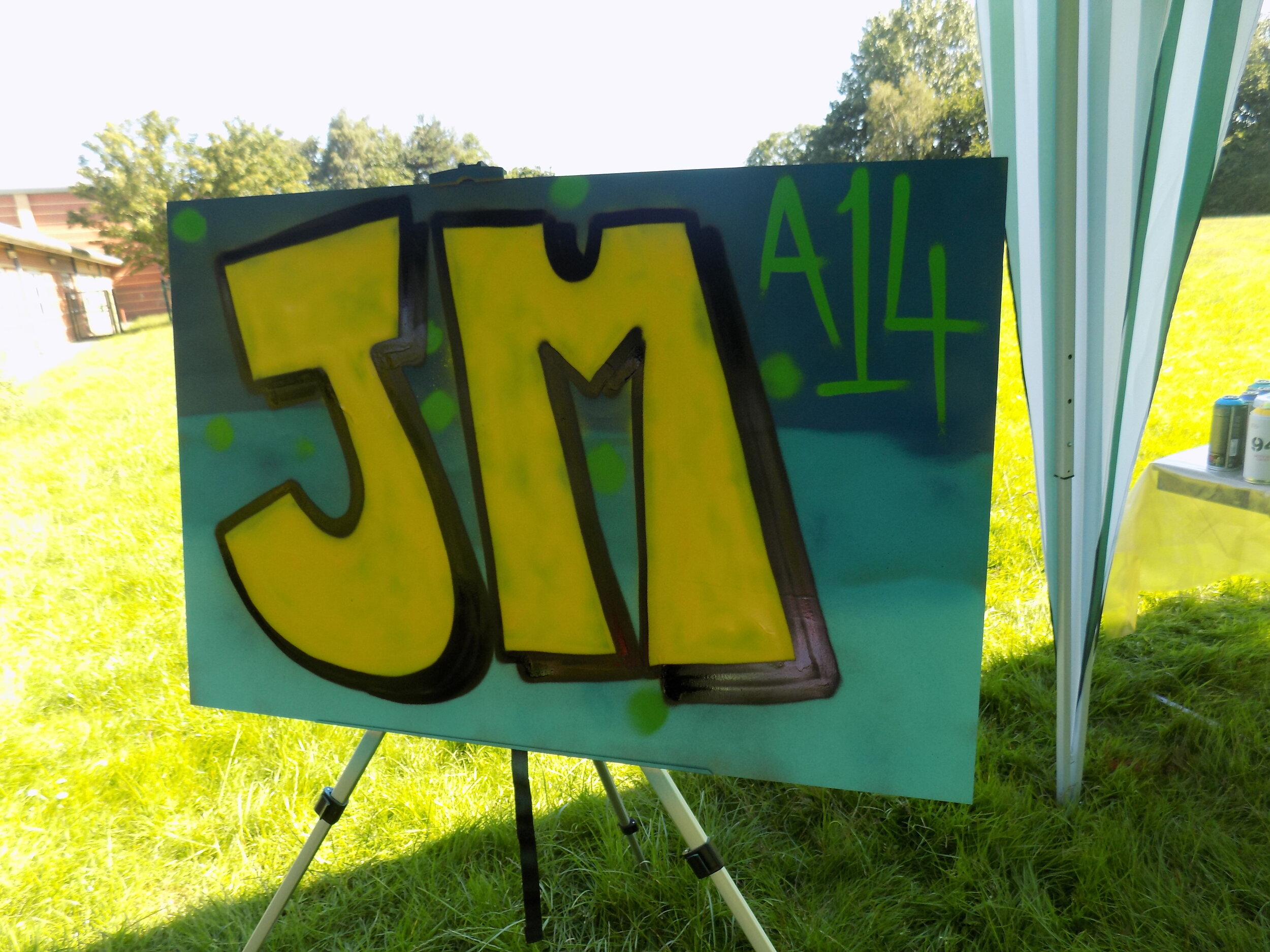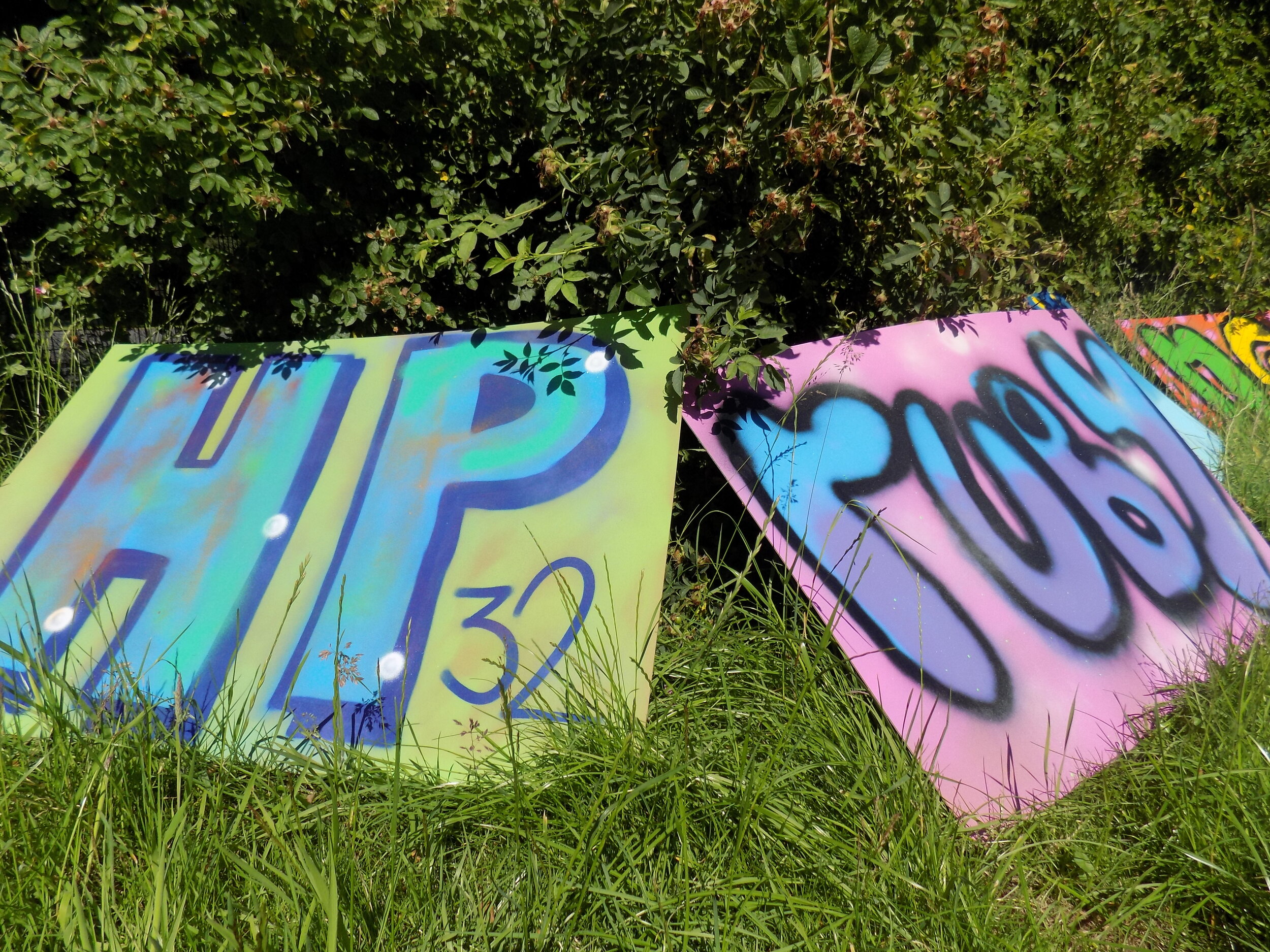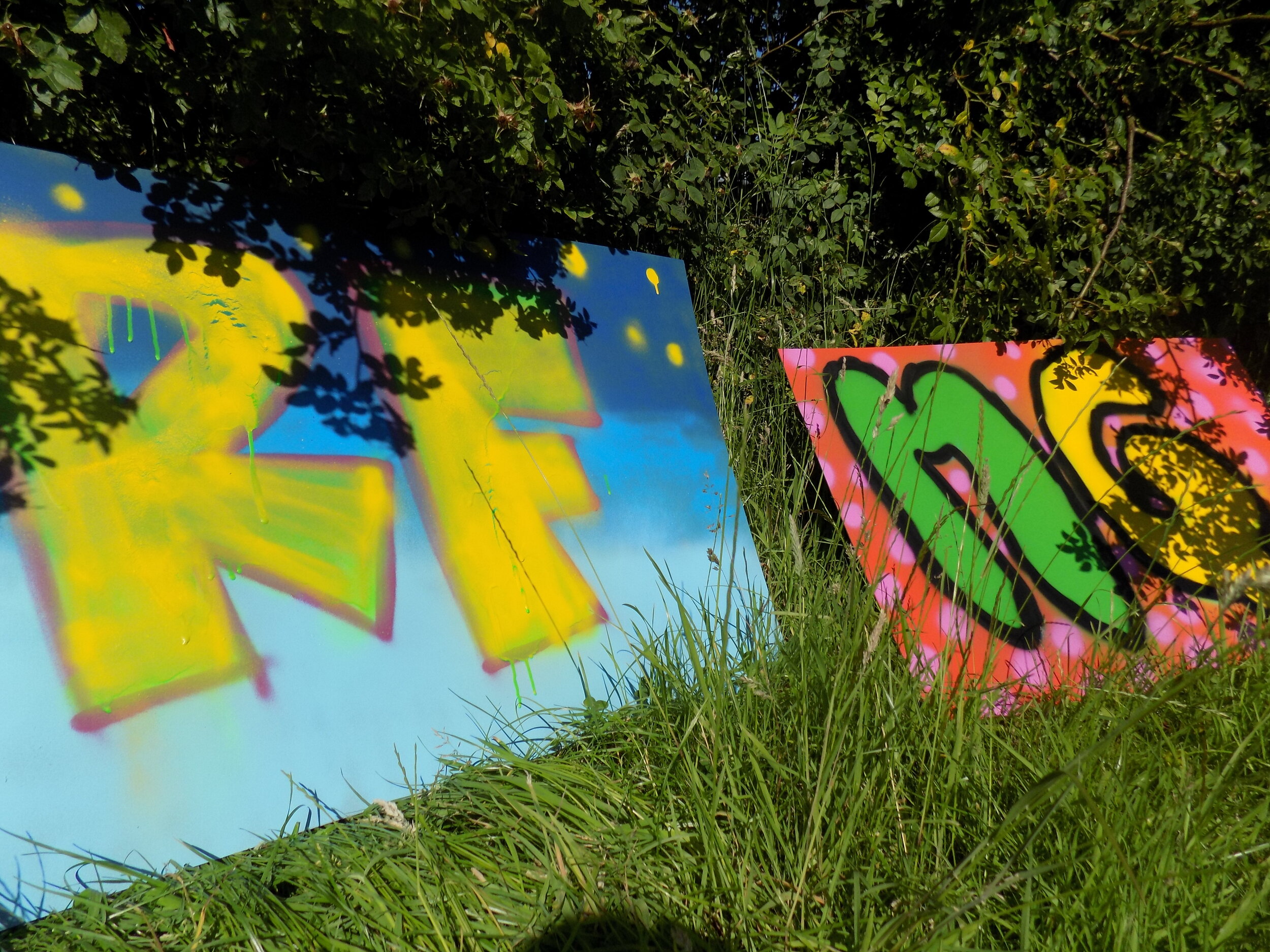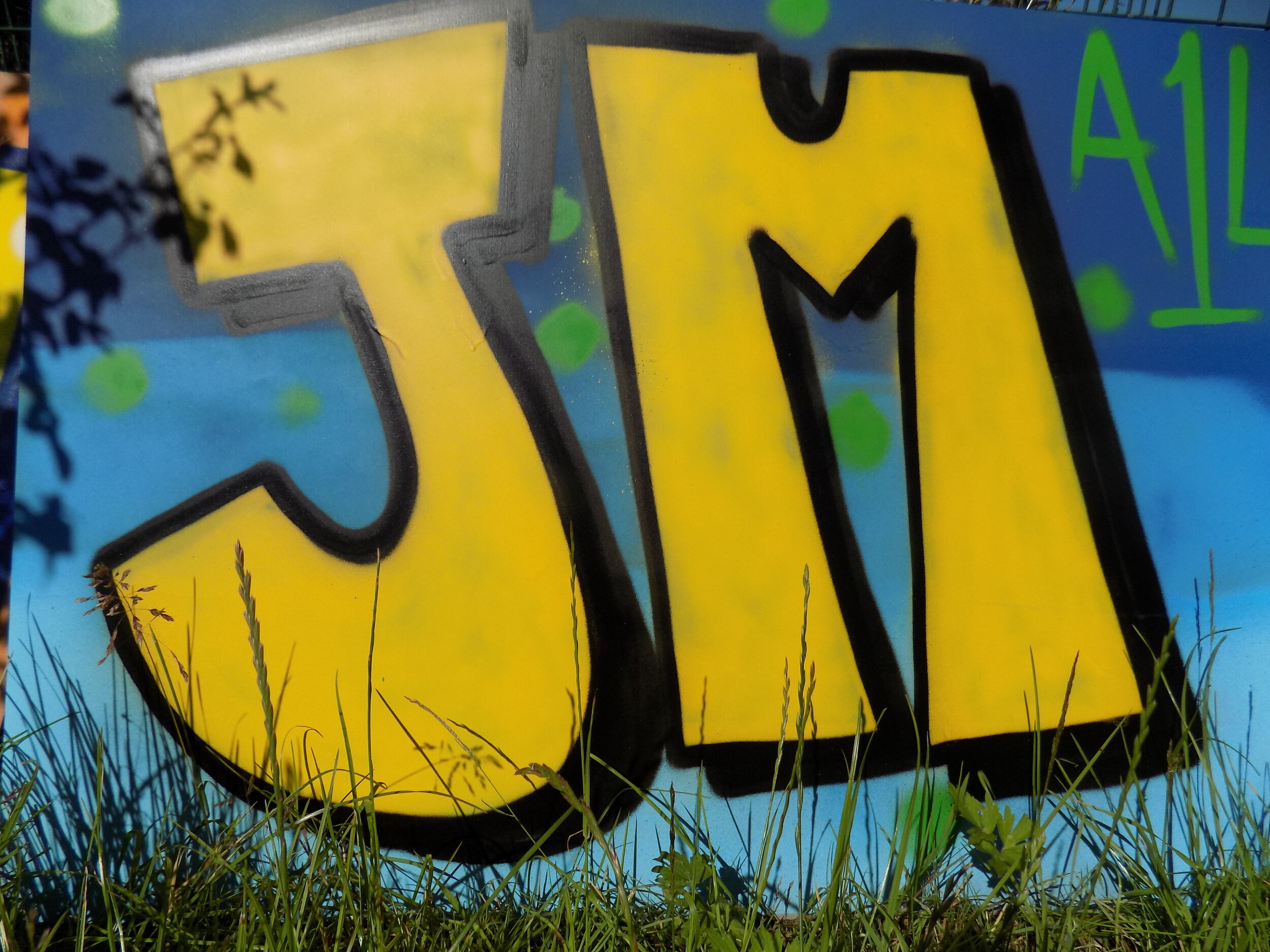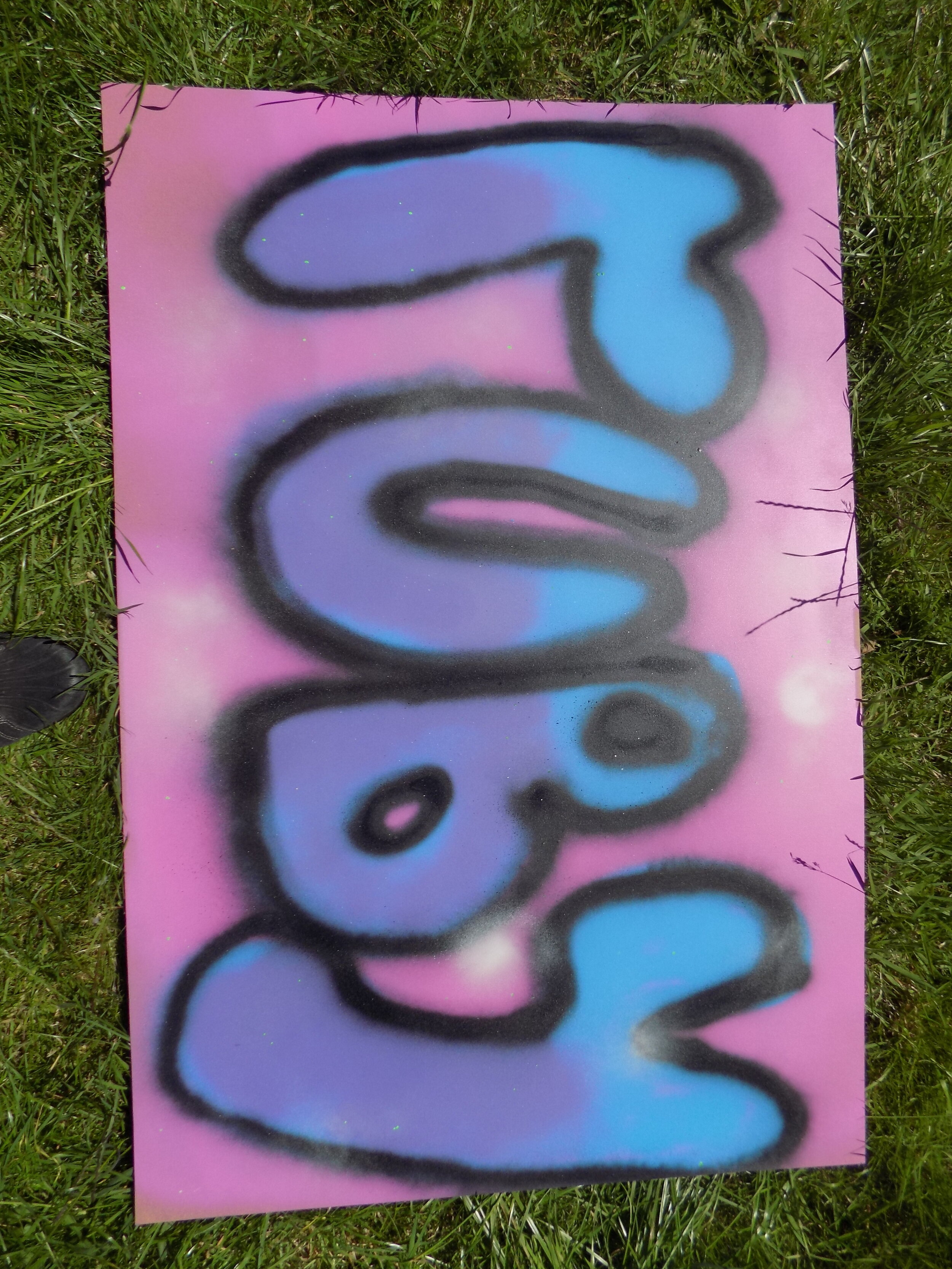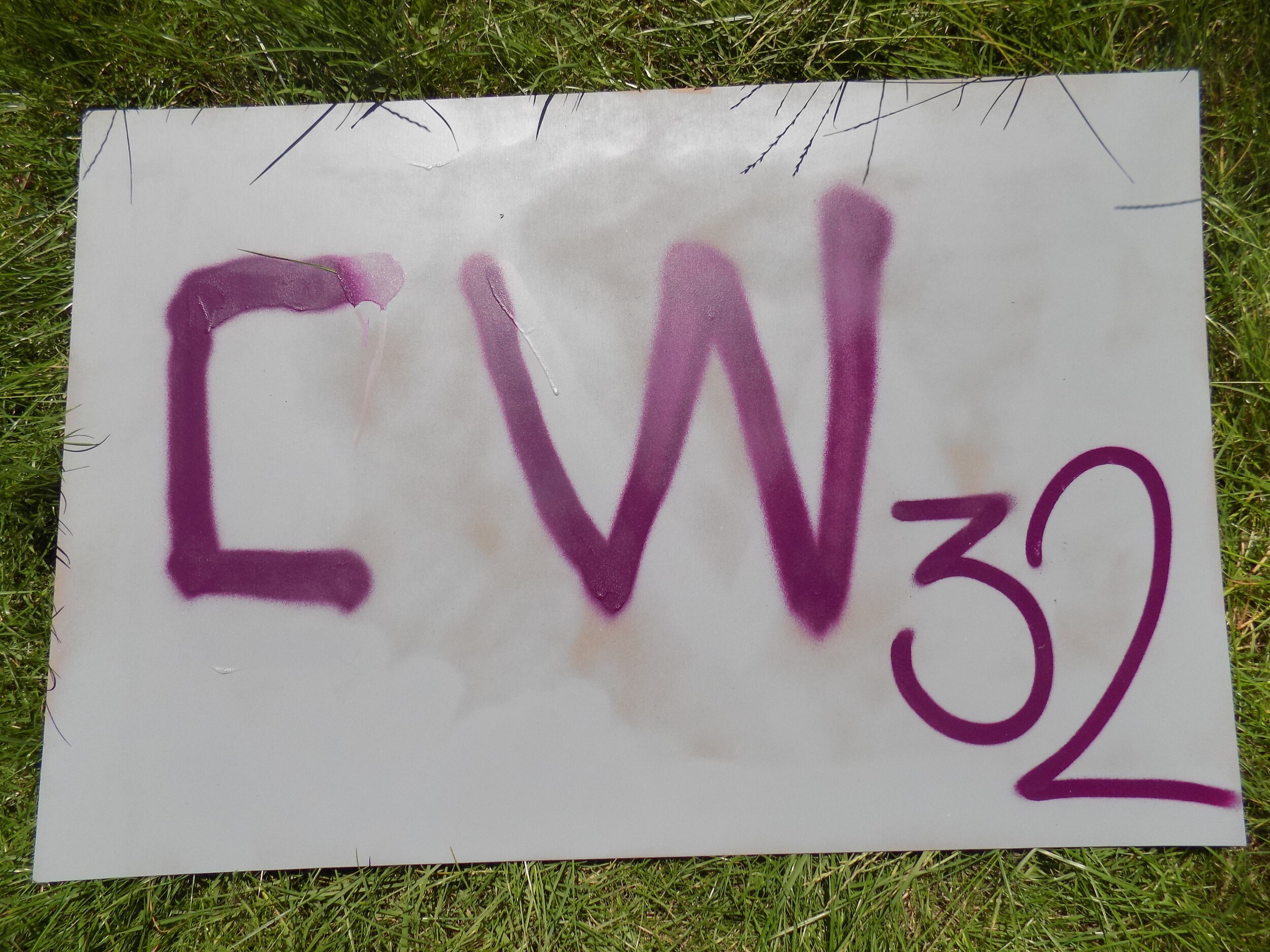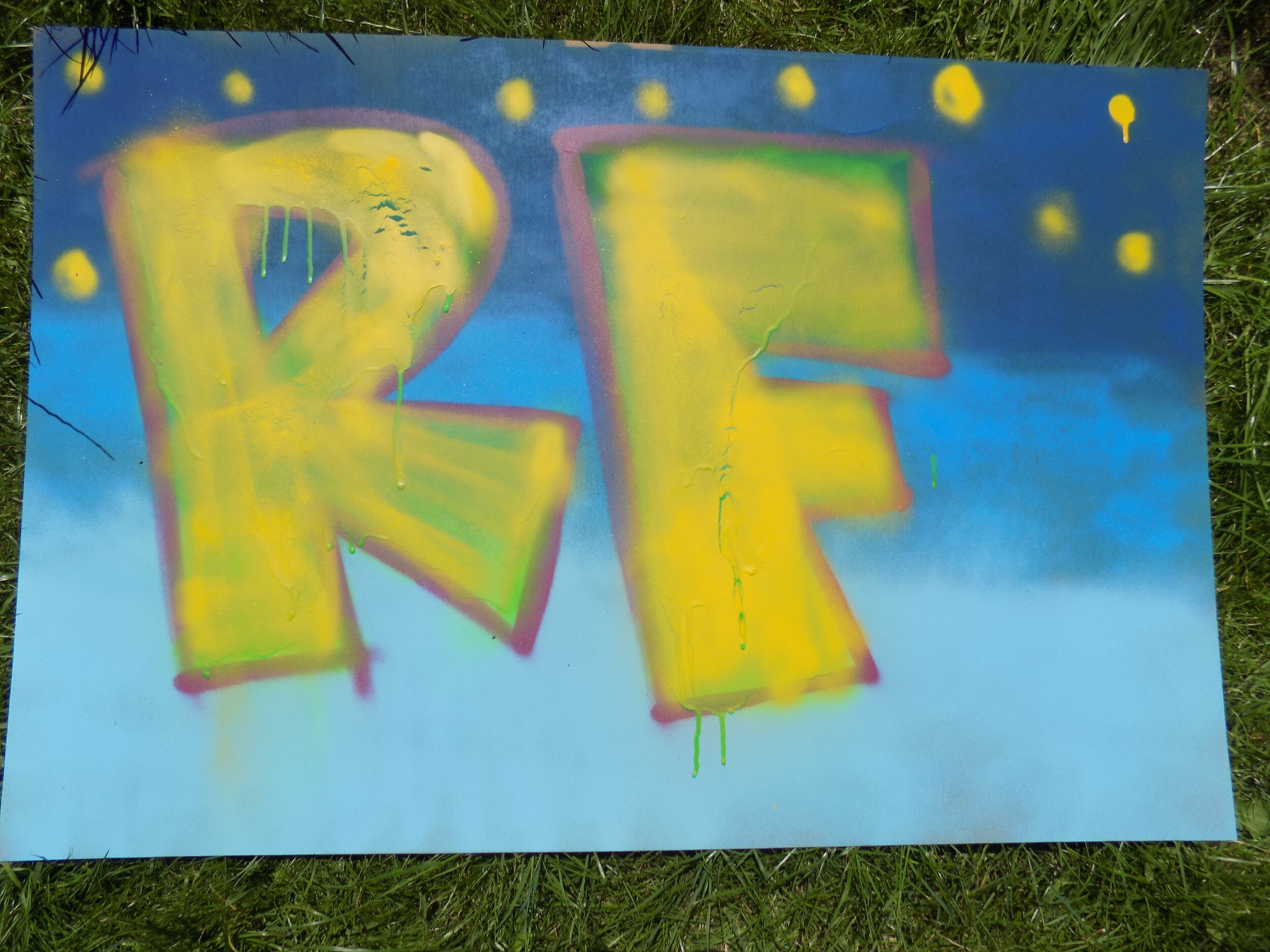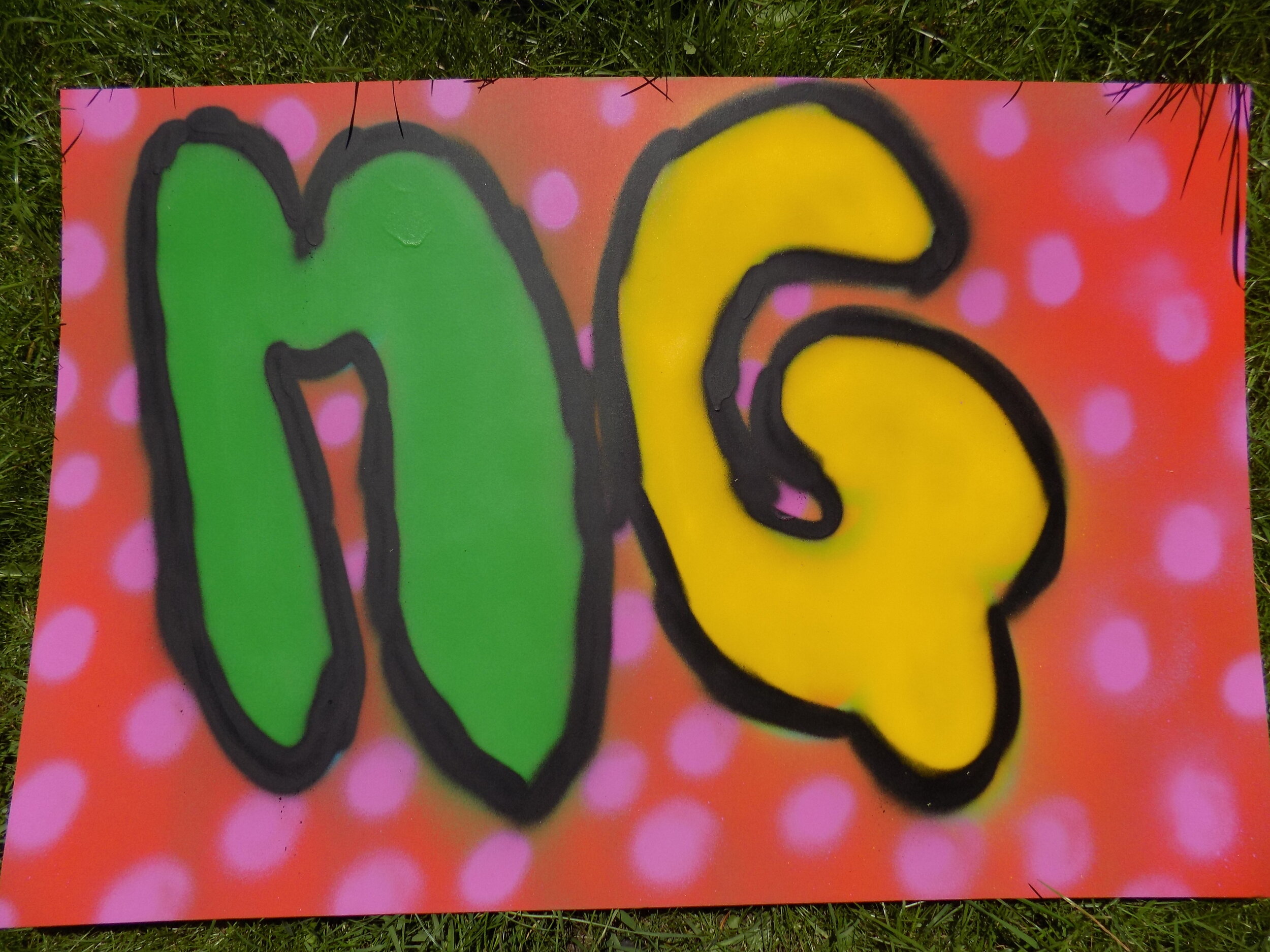ART
Intent
Our team consists of Miss Long and Miss Whitfield who are both qualified in Art and Design. Miss Long is a trained Set Designer, specialising in Scenic Design, she is a qualified Art teacher and has completed the foundation course in Art Therapy and has recently qualified in level 4 diploma in counselling skills and theory (DIP CST course).
Here at Egerton we pride ourselves in providing an interesting and creative art experience which will 'bring out the artist in you!' We focus on the development of art form skills, including: the use of art materials, the development of specific techniques, observational drawing skills and research into art forms and specific artists. Students also produce work using information and communications technology (ICT) and other less traditional media. At Egerton we are very excited to offer a number of unique Arts Award qualifications, which assists students to grow as artists and arts leaders, inspiring them to connect with and take part in the wider arts world through setting personal challenges in an art form of their choice. Engaging in creative activities through the Arts Award can also promote emotional well-being and self-expression, providing a non-verbal outlet for processing emotions. The course also helps young people cultivate crucial skills like creativity, communication, leadership, collaboration, time management, budgeting and organization. These skills are highly valued in both personal and professional life Through the teaching of our core values: such as Love, compassion and humility we link to current world issues and topics to connect our students to the world around us, gaining an understanding and a sense of responsibility for our decisions and actions which impact on our lives.
Implementation
Through The Arts Award, young people gain a nationally recognised qualification (Level 1, 2 & 3) enabling them to progress into further education and employment. They not only gain art from knowledge and understanding but also develop leadership, creativity and communication skills. At the Gold level, young people can earn 16 UCAS points, which can be beneficial for university applications.
Impact
Achieving different levels of the Arts Award, such as Bronze, Silver, and Gold, provides a nationally recognized qualification that can be used for further education and employment options. The Arts Award provides a platform for personal growth, allowing participants to explore their creative potential and gain insights into the professional arts world. The course encourages students to make connections with like-minded Artistic individuals, mentors, and professionals in the arts industry, creating a supportive network for future progression. At Egerton we have ran All 3 awards for more than 10 years. In these 10 years we have ensured every student passes Bronze, most students engage with Silver and successfully pass and we are starting Gold with our interested provision students.

Our Classroom!
Click to see more!
Recent work:
This Half term we have been working on mosaics and Glass fusing. We have had the utmost privilege to work with a local Manchester Glass Fusion Artist called Chantal Foy. The process involves joining compatible sheet glasses together in a kiln until the glass fuses at approximately 1490 degrees Fahrenheit. It grants you the power to create colourful, dynamic works of glass art that are completely unique. Unlike many other glass forms, glass fusing allows you as much time as you need to bring your designs to life since you are working with the glass while it is cold. Fused glass is used to fabricate plates, tiles, bowls, jewellery, wall hangings, and other artistic creations. Here are some of our creations:
Cyanotypes:
Cyanotypes are light sensitive images, they utilise the UV rays from the sun and iron salt solutions rather than silver salt solutions of early photographic processes. The image is first created by combining ferric ammonium citrate potassium ferricyanide to make an iron-rich sensitiser solution. The solution is then brushed evenly over paper or other porous surfaces. As the sensitiser chemicals react to light when exposed, the coating process takes place in dim light. These chemicals are then exposed to UV light such as sunlight, which creates ferric ferrocyanide, also known as Prussian Blue. The last step in the process is a water rinse to wash away the sensitiser solution, and the blue darkens as the print dries to reveal the final product. We followed this process in class but also then used pre-prepared 'sun sensitive' paper to see if this provided us with a different quality of print.
Global Warming Project (crimes against nature)
& Pop Art Bottles.
Click on image to see more!
La Catrina- Our Manchester Bee Sculpture (Summer 2018).
Nurture Art projects:
Community artists:
We had the street artist Mr Dabl at Egerton, working with a number of students on individual name designs along with a massive mural in our common room too. We learned how to use spray paints, different effects, shading and font design. Mr Dabl has worked on many Manchester projects and has work in the Northern Quarter. Here are some of the students work along with the giant Mural that was created…
Marcus Method:
Recommended Books:
Masks: The art of expression by John Mack
Masks and Masking: Faces of tradition and beliefs worldwide by Gary Edson
Masks around the world by Meryl Doney











